Organic electroluminescent materials and devices
Zeng , et al. June 1, 2
U.S. patent number 11,024,811 [Application Number 16/380,057] was granted by the patent office on 2021-06-01 for organic electroluminescent materials and devices. This patent grant is currently assigned to UNIVERSAL DISPLAY CORPORATION. The grantee listed for this patent is Universal Display Corporation. Invention is credited to Vadim Adamovich, Pierre-Luc T. Boudreault, Alexey Borisovich Dyatkin, Zeinab Elshenawy, Scott Joseph, Gregg Kottas, Suman Layek, Ting-Chih Wang, Chuanjun Xia, Walter Yeager, Lichang Zeng.

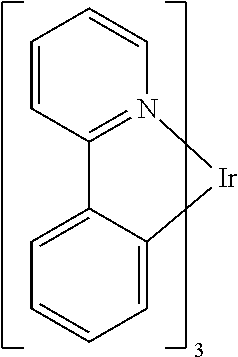
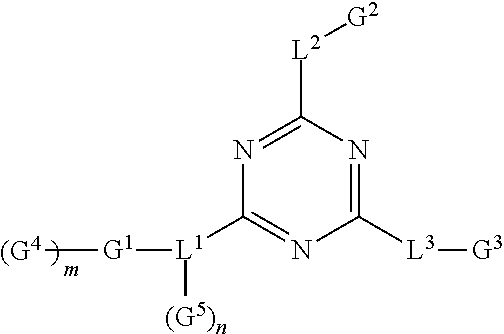

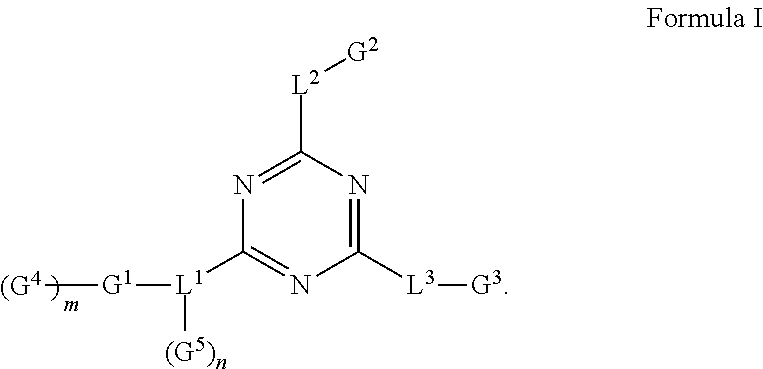
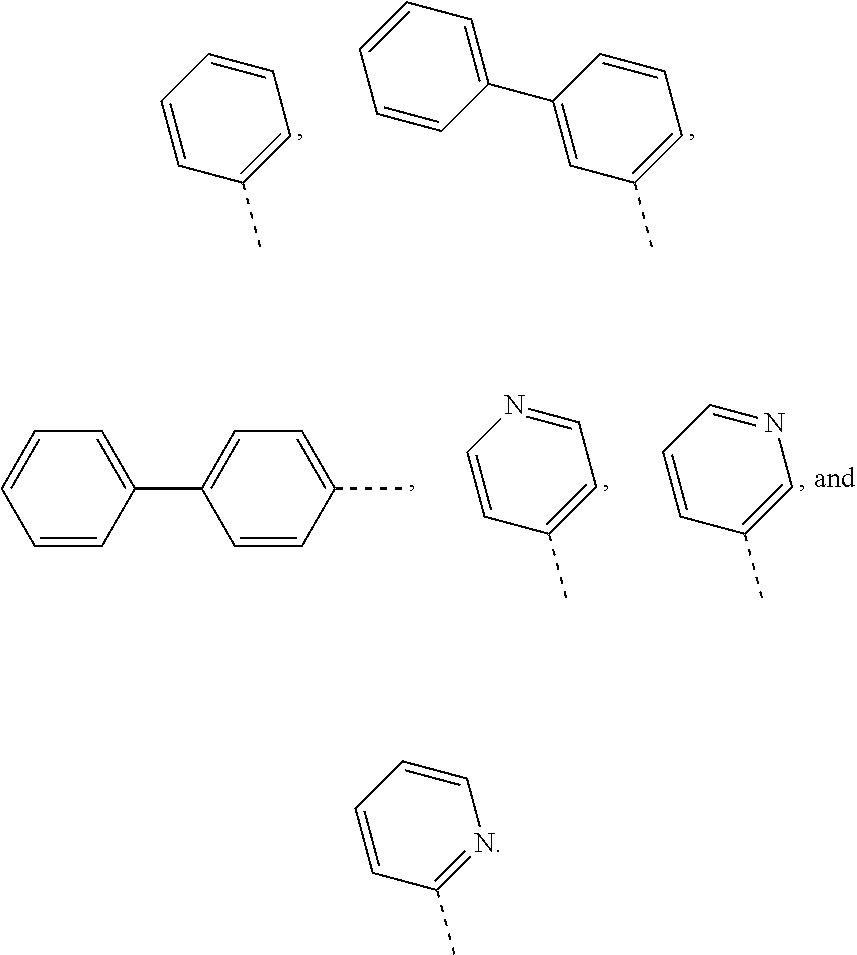

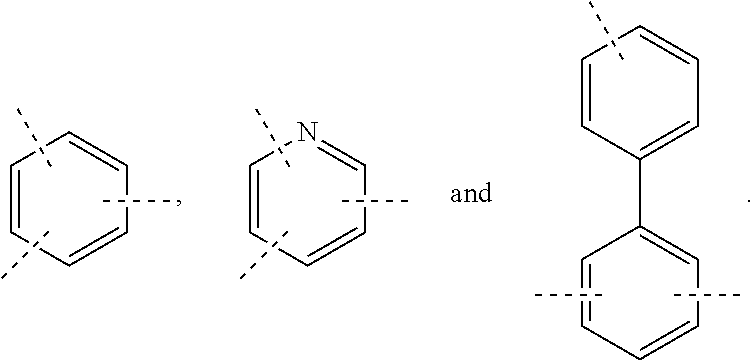



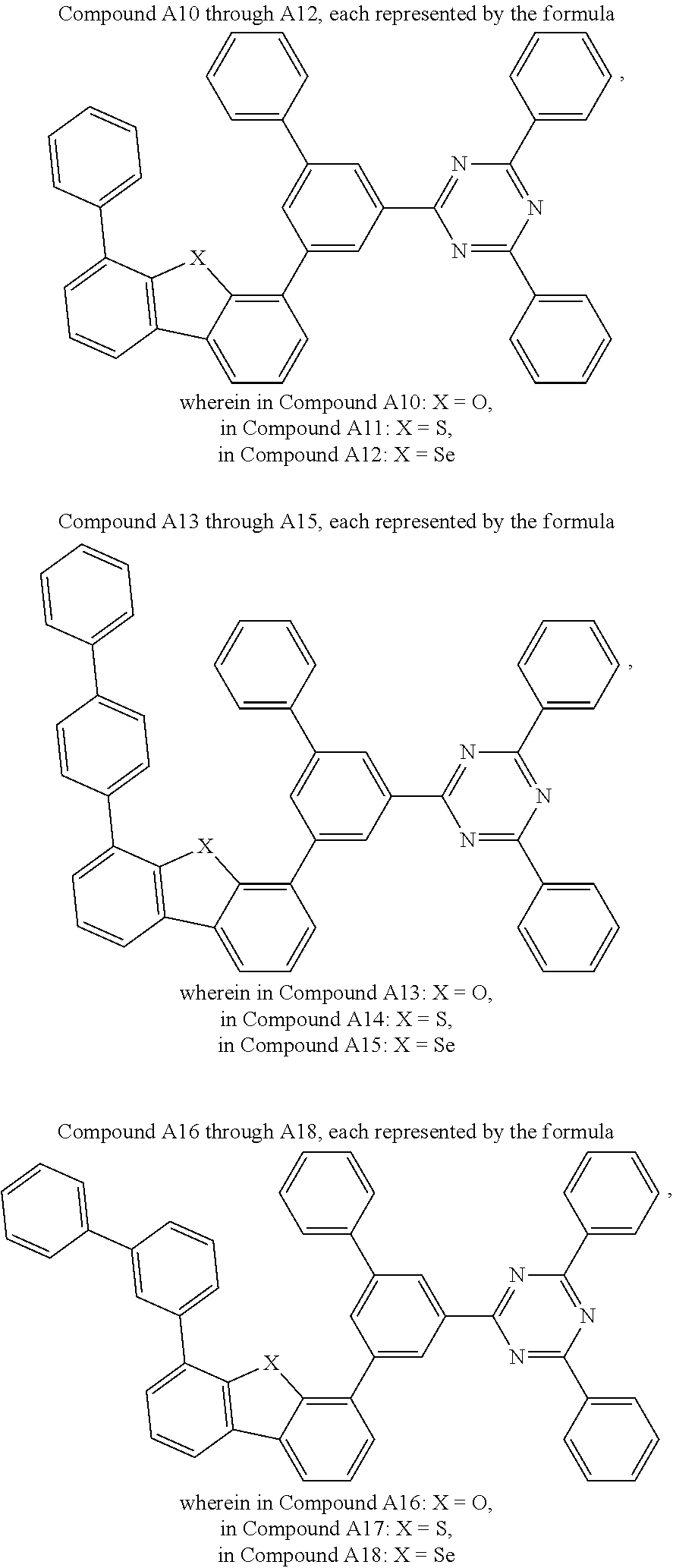
View All Diagrams
| United States Patent | 11,024,811 |
| Zeng , et al. | June 1, 2021 |
Organic electroluminescent materials and devices
Abstract
A composition of materials including a first compound having a structure according to Formula I ##STR00001##
| Inventors: | Zeng; Lichang (Lawrenceville, NJ), Layek; Suman (Lawrenceville, NJ), Boudreault; Pierre-Luc T. (Pennington, NJ), Elshenawy; Zeinab (Holland, PA), Kottas; Gregg (Ewing, NJ), Dyatkin; Alexey Borisovich (Ambler, PA), Joseph; Scott (Ewing, NJ), Adamovich; Vadim (Yardley, PA), Xia; Chuanjun (Lawrenceville, NJ), Wang; Ting-Chih (Lawrenceville, NJ), Yeager; Walter (Yardley, PA) | ||||||||||
|---|---|---|---|---|---|---|---|---|---|---|---|
| Applicant: |
|
||||||||||
| Assignee: | UNIVERSAL DISPLAY CORPORATION
(Ewing, NJ) |
||||||||||
| Family ID: | 1000005591477 | ||||||||||
| Appl. No.: | 16/380,057 | ||||||||||
| Filed: | April 10, 2019 |
Prior Publication Data
| Document Identifier | Publication Date | |
|---|---|---|
| US 20190259957 A1 | Aug 22, 2019 | |
Related U.S. Patent Documents
| Application Number | Filing Date | Patent Number | Issue Date | ||
|---|---|---|---|---|---|
| 14734712 | Jun 9, 2015 | 10297762 | |||
| 62083490 | Nov 24, 2014 | ||||
| 62060192 | Oct 6, 2014 | ||||
| 62038925 | Aug 19, 2014 | ||||
| 62022300 | Jul 9, 2014 | ||||
| Current U.S. Class: | 1/1 |
| Current CPC Class: | C07D 251/24 (20130101); H01L 51/0074 (20130101); H01L 51/0058 (20130101); C09K 11/06 (20130101); H01L 51/0073 (20130101); C07D 409/10 (20130101); C07D 421/10 (20130101); H01L 51/0085 (20130101); C09K 11/025 (20130101); C07D 409/04 (20130101); H01L 51/0067 (20130101); C07D 405/10 (20130101); C09K 2211/1059 (20130101); H01L 51/5016 (20130101); C09K 2211/185 (20130101); C09K 2211/1007 (20130101); H01L 51/5072 (20130101); C09K 2211/1096 (20130101); C09K 2211/1092 (20130101) |
| Current International Class: | H01L 51/00 (20060101); C07D 421/10 (20060101); C07D 409/04 (20060101); C07D 405/10 (20060101); C09K 11/06 (20060101); C09K 11/02 (20060101); C07D 409/10 (20060101); C07D 251/24 (20060101); H01L 51/50 (20060101) |
| Field of Search: | ;428/690,917 ;257/40,E51.029 ;252/500 ;544/180 |
References Cited [Referenced By]
U.S. Patent Documents
| 4769292 | September 1988 | Tang et al. |
| 5061569 | October 1991 | VanSlyke et al. |
| 5247190 | September 1993 | Friend et al. |
| 5703436 | December 1997 | Forrest et al. |
| 5707745 | January 1998 | Forrest et al. |
| 5834893 | November 1998 | Bulovic et al. |
| 5844363 | December 1998 | Gu et al. |
| 5981092 | November 1999 | Arai et al. |
| 6013982 | January 2000 | Thompson et al. |
| 6087196 | July 2000 | Sturm et al. |
| 6091195 | July 2000 | Forrest et al. |
| 6097147 | August 2000 | Baldo et al. |
| 6294398 | September 2001 | Kim et al. |
| 6303238 | October 2001 | Thompson et al. |
| 6337102 | January 2002 | Forrest et al. |
| 6468819 | October 2002 | Kim et al. |
| 6528187 | March 2003 | Okada |
| 6687266 | February 2004 | Ma et al. |
| 6821643 | November 2004 | Hu et al. |
| 6835469 | December 2004 | Kwong et al. |
| 6921915 | July 2005 | Takiguchi et al. |
| 7087321 | August 2006 | Kwong et al. |
| 7090928 | August 2006 | Thompson et al. |
| 7154114 | December 2006 | Brooks et al. |
| 7250226 | July 2007 | Tokito et al. |
| 7252859 | August 2007 | Ng et al. |
| 7279704 | October 2007 | Walters et al. |
| 7332232 | February 2008 | Ma et al. |
| 7338722 | March 2008 | Thompson et al. |
| 7393599 | July 2008 | Thompson et al. |
| 7396598 | July 2008 | Takeuchi et al. |
| 7431968 | October 2008 | Shtein et al. |
| 7445855 | November 2008 | Mackenzie et al. |
| 7534505 | May 2009 | Lin et al. |
| 8679647 | March 2014 | Pflumm et al. |
| 9209406 | December 2015 | Mizutani et al. |
| 9831437 | November 2017 | Zeng et al. |
| 10297762 | May 2019 | Zeng et al. |
| 2002/0034656 | March 2002 | Thompson et al. |
| 2002/0134984 | September 2002 | Igarashi |
| 2002/0158242 | October 2002 | Son et al. |
| 2003/0138657 | July 2003 | Li et al. |
| 2003/0152802 | August 2003 | Tsuboyama et al. |
| 2003/0162053 | August 2003 | Marks et al. |
| 2003/0175553 | September 2003 | Thompson et al. |
| 2003/0230980 | December 2003 | Forrest et al. |
| 2004/0016907 | January 2004 | Shi |
| 2004/0036077 | February 2004 | Ise |
| 2004/0137267 | July 2004 | Igarashi et al. |
| 2004/0137268 | July 2004 | Igarashi et al. |
| 2004/0174116 | September 2004 | Lu et al. |
| 2005/0025993 | February 2005 | Thompson et al. |
| 2005/0112407 | May 2005 | Ogasawara et al. |
| 2005/0238919 | October 2005 | Ogasawara |
| 2005/0244673 | November 2005 | Satoh et al. |
| 2005/0260441 | November 2005 | Thompson et al. |
| 2005/0260449 | November 2005 | Walters et al. |
| 2006/0008670 | January 2006 | Lin et al. |
| 2006/0134317 | June 2006 | Yang et al. |
| 2006/0202194 | September 2006 | Jeong et al. |
| 2006/0240279 | October 2006 | Adamovich et al. |
| 2006/0251923 | November 2006 | Lin et al. |
| 2006/0263635 | November 2006 | Ise |
| 2006/0280965 | December 2006 | Kwong et al. |
| 2007/0190355 | August 2007 | Ikeda et al. |
| 2007/0190359 | August 2007 | Knowles et al. |
| 2007/0249148 | October 2007 | Werner et al. |
| 2007/0278938 | December 2007 | Yabunouchi et al. |
| 2008/0015355 | January 2008 | Schafer et al. |
| 2008/0018221 | January 2008 | Egen et al. |
| 2008/0106190 | May 2008 | Yabunouchi et al. |
| 2008/0124572 | May 2008 | Mizuki et al. |
| 2008/0220265 | September 2008 | Xia et al. |
| 2008/0297033 | December 2008 | Knowles et al. |
| 2009/0008605 | January 2009 | Kawamura et al. |
| 2009/0009065 | January 2009 | Nishimura et al. |
| 2009/0017330 | January 2009 | Iwakuma et al. |
| 2009/0030202 | January 2009 | Iwakuma et al. |
| 2009/0039776 | February 2009 | Yamada et al. |
| 2009/0045730 | February 2009 | Nishimura et al. |
| 2009/0045731 | February 2009 | Nishimura et al. |
| 2009/0101870 | April 2009 | Prakash et al. |
| 2009/0108737 | April 2009 | Kwong et al. |
| 2009/0115316 | May 2009 | Zheng et al. |
| 2009/0165846 | July 2009 | Johannes et al. |
| 2009/0167162 | July 2009 | Lin et al. |
| 2009/0179554 | July 2009 | Kuma et al. |
| 2010/0187984 | July 2010 | Lin et al. |
| 2011/0037057 | February 2011 | Lecloux et al. |
| 2011/0227049 | September 2011 | Xia et al. |
| 2011/0260138 | October 2011 | Xia et al. |
| 2012/0126208 | May 2012 | Kawamura et al. |
| 2013/0112952 | May 2013 | Adamovich et al. |
| 2013/0264560 | October 2013 | Dobbs et al. |
| 2014/0231769 | August 2014 | Nishimura et al. |
| 2014/0264292 | September 2014 | Xia et al. |
| 2014/0299192 | October 2014 | Lee et al. |
| 2014/0312338 | October 2014 | Mizutani et al. |
| 2015/0001524 | January 2015 | Brooks et al. |
| 2015/0014649 | January 2015 | Ma et al. |
| 2015/0025239 | January 2015 | Ahn et al. |
| 2015/0053938 | February 2015 | Zeng et al. |
| 2015/0053939 | February 2015 | Adamovich et al. |
| 2016/0141505 | May 2016 | Park et al. |
| 2016/0149139 | May 2016 | Xia et al. |
| 2017/0098777 | April 2017 | Huh et al. |
| 2017/0186965 | June 2017 | Parham et al. |
| 102850329 | Jan 2013 | CN | |||
| 103380508 | Oct 2013 | CN | |||
| 0650955 | May 1995 | EP | |||
| 1156536 | Nov 2001 | EP | |||
| 1725079 | Nov 2006 | EP | |||
| 2034538 | Mar 2009 | EP | |||
| 2004022334 | Jan 2004 | JP | |||
| 200511610 | Jan 2005 | JP | |||
| 2007123392 | May 2007 | JP | |||
| 2007254297 | Oct 2007 | JP | |||
| 2008074939 | Apr 2008 | JP | |||
| 2011-63584 | Mar 2011 | JP | |||
| 2014125449 | Jul 2014 | JP | |||
| 2015005747 | Jan 2015 | JP | |||
| 2015-134743 | Jul 2015 | JP | |||
| 3538460 | Jul 2019 | JP | |||
| 20120078301 | Jul 2012 | KR | |||
| 20120129733 | Nov 2012 | KR | |||
| 200602457 | Jan 2006 | TW | |||
| 01/39234 | May 2001 | WO | |||
| 02/02714 | Jan 2002 | WO | |||
| 02015654 | Feb 2002 | WO | |||
| 03040257 | May 2003 | WO | |||
| 03060956 | Jul 2003 | WO | |||
| 2004070787 | Aug 2004 | WO | |||
| 2004093207 | Oct 2004 | WO | |||
| 2004107822 | Dec 2004 | WO | |||
| 2005014551 | Feb 2005 | WO | |||
| 2005019373 | Mar 2005 | WO | |||
| 2005030900 | Apr 2005 | WO | |||
| 2005089025 | Sep 2005 | WO | |||
| 2005123873 | Dec 2005 | WO | |||
| 2006009024 | Jan 2006 | WO | |||
| 2006056418 | Jun 2006 | WO | |||
| 2006072002 | Jul 2006 | WO | |||
| 2006082742 | Aug 2006 | WO | |||
| 2006098120 | Sep 2006 | WO | |||
| 2006100298 | Sep 2006 | WO | |||
| 2006103874 | Oct 2006 | WO | |||
| 2006114966 | Nov 2006 | WO | |||
| 2006132173 | Dec 2006 | WO | |||
| 2007002683 | Jan 2007 | WO | |||
| 2007004380 | Jan 2007 | WO | |||
| 2007063754 | Jun 2007 | WO | |||
| 2007063796 | Jun 2007 | WO | |||
| 2008056746 | May 2008 | WO | |||
| 2008101842 | Aug 2008 | WO | |||
| 2008132085 | Nov 2008 | WO | |||
| 2009000673 | Dec 2008 | WO | |||
| 2009003898 | Jan 2009 | WO | |||
| 2009008311 | Jan 2009 | WO | |||
| 2009018009 | Feb 2009 | WO | |||
| 2009021126 | Feb 2009 | WO | |||
| 2009050290 | Apr 2009 | WO | |||
| 2009062578 | May 2009 | WO | |||
| 2009063833 | May 2009 | WO | |||
| 2009066778 | May 2009 | WO | |||
| 2009066779 | May 2009 | WO | |||
| 2009086028 | Jul 2009 | WO | |||
| 2009100991 | Aug 2009 | WO | |||
| 2011136755 | Nov 2011 | WO | |||
| 2012023947 | Feb 2012 | WO | |||
| 2012033061 | Mar 2012 | WO | |||
| 2012133644 | Oct 2012 | WO | |||
| 2013032297 | Mar 2013 | WO | |||
| 2013191177 | Dec 2013 | WO | |||
| 2014015931 | Jan 2014 | WO | |||
| 2014104515 | Jul 2014 | WO | |||
| WO-2014208755 | Dec 2014 | WO | |||
| 2015053459 | Apr 2015 | WO | |||
| 2015111848 | Jul 2015 | WO | |||
| 2015152633 | Oct 2015 | WO | |||
| 2015169412 | Nov 2015 | WO | |||
Other References
|
Zhong, Hongliang et al., "New Conjugated Triazine Based Molecular Materials for Application in Optoelectronic Devices: Design, Synthesis, and Properties," J. Phys. Chem. C 2011, 115, 5, 2423-2427. cited by applicant . Notice of Reasons for Rejection dated Aug. 25, 2020 for corresponding Japanese Patent Application No. JP 2019JP 2019JP 2019JP 2019JP 2019JP 2019JP 2019-106130106130106130106130106130106130. cited by applicant . Ye, Hua et al., "Conjugated polymers containing trifluoren-2-ylamine, trifluoren-2-ylbenzene and trifluoren-2-yltriazine for electroluminescence" Polymer 54 (2013) 162-173. cited by applicant . Extended European Search Report dated Feb. 1, 2016 for corresponding EP Application No. 15175686.3. cited by applicant . Abstract of U.S. Appl. No. 14/624,097, filed Feb. 27, 2015, entitled "Organic Electroluminescent Materials and Devices," Applicant Universal Display Corporation. cited by applicant . Abstract of U.S. Appl. No. 14/194,689, filed Mar. 1, 2014, entitled "Organic Electroluminescent Materials and Devices," Applicant Universal Display Corporation. cited by applicant . Harton et al., "Carbon-13 Labeling for Improved Tracer Depth Profiling of Organic Materials Using Secondary Ion Mass Spectrometry" J. Am. Soc. Mass Spectrum, (2006), vol. 17, pp. 1142-1145. cited by applicant . Harton et al., "Carbon-13 Labeling for Quantitative Analysis of Molecular Movement in Heterogeneous Organic Materials Using Secondary Ion Mass Spectrometry" Anal. Chem., (2007), vol. 79, pp. 5358-5363. cited by applicant . Notice of Reasons for Rejection dated Dec. 11, 2018 for corresponding Japanese Patent Application No. JP 2015-136658. cited by applicant . Adachi, Chihaya et al., "Organic Electroluminescent Device Having a Hole Conductor as an Emitting Layer," Appl. Phys. Lett., 55(15): 1489-1491 (1989). cited by applicant . Adachi, Chihaya et al., "Nearly 100% Internal Phosphorescence Efficiency in an Organic Light Emitting Device," J. Appl. Phys., 90(10): 5048-5051 (2001). cited by applicant . Adachi, Chihaya et al., "High-Efficiency Red Electrophosphorescence Devices," Appl. Phys. Lett., 78(11)1622-1624 (2001). cited by applicant . Aonuma, Masaki et al., "Material Design of Hole Transport Materials Capable of Thick-Film Formation in Organic Light Emitting Diodes," Appl. Phys. Lett., 90, Apr. 30, 2007, 183503-1-183503-3. cited by applicant . Baldo et al., Highly Efficient Phosphorescent Emission from Organic Electroluminescent Devices, Nature, vol. 395, 151-154, (1998). cited by applicant . Baldo et al., Very high-efficiency green organic light-emitting devices based on electrophosphorescence, Appl. Phys. Lett., vol. 75, No. 1, 4-6 (1999). cited by applicant . Gao, Zhiqiang et al., "Bright-Blue Electroluminescence From a Silyl-Substituted ter-(phenylene-vinylene) derivative," Appl. Phys. Lett., 74(6): 865-867 (1999). cited by applicant . Guo, Tzung-Fang et al., "Highly Efficient Electrophosphorescent Polymer Light-Emitting Devices," Organic Electronics, 1: 15-20 (2000). cited by applicant . Hamada, Yuji et al., "High Luminance in Organic Electroluminescent Devices with Bis(10-hydroxybenzo[h]quinolinato)beryllium as an Emitter, " Chem. Lett., 905-906 (1993). cited by applicant . Holmes, R.J. et al., "Blue Organic Electrophosphorescence Using Exothermic Host-Guest Energy Transfer," Appl. Phys. Lett., 82(15):2422-2424 (2003). cited by applicant . Hu, Nan-Xing et al., "Novel High Tg Hole-Transport Molecules Based on Indolo[3,2-b]carbazoles for Organic Light-Emitting Devices," Synthetic Metals, 111-112:421-424 (2000). cited by applicant . Huang, Jinsong et al., "Highly Efficient Red-Emission Polymer Phosphorescent Light-Emitting Diodes Based on Two Novel Tris(1-phenylisoquinolinato-C2,N)iridium(III) Derivatives," Adv. Mater., 19:739-743 (2007). cited by applicant . Huang, Wei-Sheng et al., "Highly Phosphorescent Bis-Cyclometalated Iridium Complexes Containing Benzoimidazole-Based Ligands," Chem. Mater., 16(12):2480-2488 (2004). cited by applicant . Hung, L.S. et al., "Anode Modification in Organic Light-Emitting Diodes by Low-Frequency Plasma Polymerization of CHF3," Appl. Phys. Lett., 78(5):673-675 (2001). cited by applicant . Ikai, Masamichi et al., "Highly Efficient Phosphorescence From Organic Light-Emitting Devices with an Exciton-Block Layer," Appl. Phys. Lett., 79(2):156-158 (2001). cited by applicant . Ikeda, Hisao et al., "P-185 Low-Drive-Voltage OLEDs with a Buffer Layer Having Molybdenum Oxide," SID Symposium Digest, 37:923-926 (2006). cited by applicant . Inada, Hiroshi and Shirota, Yasuhiko, "1,3,5-Tris[4-(diphenylamino)phenyl]benzene and its Methylsubstituted Derivatives as a Novel Class of Amorphous Molecular Materials," J. Mater. Chem., 3(3):319-320 (1993). cited by applicant . Kanno, Hiroshi et al., "Highly Efficient and Stable Red Phosphorescent Organic Light-Emitting Device Using bis[2-(2-benzothiazoyl)phenolato]zinc(II) as host material," Appl. Phys. Lett., 90:123509-1-123509-3 (2007). cited by applicant . Kido, Junji et al., 1,2,4-Triazole Derivative as an Electron Transport Layer in Organic Electroluminescent Devices, Jpn. J. Appl. Phys., 32:L917-L920 (1993). cited by applicant . Kuwabara, Yoshiyuki et al., "Thermally Stable Multilayered Organic Electroluminescent Devices Using Novel Starburst Molecules, 4,4',4''-Tri(N-carbazolyl)triphenylamine (TCTA) and 4,4',4''-Tris(3-methylphenylphenyl-amino)triphenylamine (m-MTDATA), as Hole-Transport Materials," Adv. Mater., 6(9):677-679 (1994). cited by applicant . Kwong, Raymond C. et al., "High Operational Stability of Electrophosphorescent Devices," Appl. Phys. Lett., 81(1)162-164 (2002). cited by applicant . Lamansky, Sergey et al., "Synthesis and Characterization of Phosphorescent Cyclometalated Iridium Complexes," Inorg. Chem., 40(7):1704-1711 (2001). cited by applicant . Lee, Chang-Lyoul et al., "Polymer Phosphorescent Light-Emitting Devices Doped with Tris(2-phenylpyridine) Iridium as a Triplet Emitter," Appl. Phys. Lett., 77(15):2280-2282 (2000). cited by applicant . Lo, Shih-Chun et al., "Blue Phosphorescence from Iridium(III) Complexes at Room Temperature," Chem. Mater., 18(21)5119-5129 (2006). cited by applicant . Ma, Yuguang et al., "Triplet Luminescent Dinuclear-Gold(I) Complex-Based Light-Emitting Diodes with Low Turn-On voltage," Appl. Phys. Lett., 74(10):1361-1363 (1999). cited by applicant . Mi, Bao-Xiu et al., "Thermally Stable Hole-Transporting Material for Organic Light-Emitting Diode an Isoindole Derivative," Chem. Mater., 15(16):3148-3151 (2003). cited by applicant . Nishida, Jun-ichi et al., "Preparation, Characterization, and Electroluminescence Characteristics of .alpha.-Diimine-type Platinum(II) Complexes with Perfluorinated Phenyl Groups as Ligands," Chem. Lett., 34(4): 592-593 (2005). cited by applicant . Niu, Yu-Hua et al., "Highly Efficient Electrophosphorescent Devices with Saturated Red Emission from a Neutral Osmium Complex," Chem. Mater., 17(13):3532-3536 (2005). cited by applicant . Noda, Tetsuya and Shirota,Yasuhiko, "5,5'-Bis(dimesitylboryl)-2,2'-bithiophene and 5,5''-Bis(dimesitylboryl)-2,2'5',2''-terthiophene as a Novel Family of Electron-Transporting Amorphous Molecular Materials," J. Am. Chem. Soc., 120 (37):9714-9715 (1998). cited by applicant . Okumoto, Kenji et al., "Green Fluorescent Organic Light-Emitting Device with External Quantum Efficiency of Nearly 10%," Appl. Phys. Lett., 89:063504-1-063504-3 (2006). cited by applicant . Palilis, Leonidas C., "High Efficiency Molecular Organic Light-Emitting Diodes Based On Silole Derivatives And Their Exciplexes," Organic Electronics, 4:113-121 (2003). cited by applicant . Paulose, Betty Marie Jennifer S. et al., "First Examples of Alkenyl Pyridines as Organic Ligands for Phosphorescent Iridium Complexes," Adv. Mater., 16(22):2003-2007 (2004). cited by applicant . Ranjan, Sudhir et al., "Realizing Green Phosphorescent Light-Emitting Materials from Rhenium(I) Pyrazolato Diimine Complexes," Inorg. Chem., 42(4):1248-1255 (2003). cited by applicant . Sakamoto, Youichi et al., "Synthesis, Characterization, and Electron-Transport Property of Perfluorinated Phenylene Dendrimers," J. Am. Chem. Soc., 122(8):1832-1833 (2000). cited by applicant . Salbeck, J. et al., "Low Molecular Organic Glasses for Blue Electroluminescence," Synthetic Metals, 91: 209-215 (1997). cited by applicant . Shirota, Yasuhiko et al., "Starburst Molecules Based on pi-Electron Systems as Materials for Organic Electroluminescent Devices," Journal of Luminescence, 72-74:985-991 (1997). cited by applicant . Sotoyama, Wataru et al., "Efficient Organic Light-Emitting Diodes with Phosphorescent Platinum Complexes Containing N^C^N-Coordinating Tridentate Ligand," Appl. Phys. Lett., 86:153505-1-153505-3 (2005). cited by applicant . Sun, Yiru and Forrest, Stephen R., "High-Efficiency White Organic Light Emitting Devices with Three Separate Phosphorescent Emission Layers," Appl. Phys. Lett., 91:263503-1-263503-3 (2007). cited by applicant . T. Ostergard et al., "Langmuir-Blodgett Light-Emitting Diodes Of Poly(3-Hexylthiophene) Electro-Optical Characteristics Related to Structure," Synthetic Metals, 88:171-177 (1997). cited by applicant . Takizawa, Shin-ya et al., "Phosphorescent Iridium Complexes Based on 2-Phenylimidazo[1,2- .alpha.]pyridine Ligands Tuning of Emission Color toward the Blue Region and Application to Polymer Light-Emitting Devices," Inorg. Chem., 46(10):4308-4319 (2007). cited by applicant . Tang, C.W. and VanSlyke, S.A., "Organic Electroluminescent Diodes," Appl. Phys. Lett., 51(12):913-915 (1987). cited by applicant . Tung, Yung-Liang et al., "Organic Light-Emitting Diodes Based on Charge-Neutral Ru II PHosphorescent Emitters," Adv. Mater., 17(8)1059-1064 (2005). cited by applicant . Van Slyke, S. A. et al., "Organic Electroluminescent Devices with Improved Stability," Appl. Phys. Lett., 69(15):2160-2162 (1996). cited by applicant . Wang, Y. et al., "Highly Efficient Electroluminescent Materials Based on Fluorinated Organometallic Iridium Compounds," Appl. Phys. Lett., 79(4):449-451 (2001). cited by applicant . Wong, Keith Man-Chung et al., A Novel Class of Phosphorescent Gold(III) Alkynyl-Based Organic Light-Emitting Devices with Tunable Colour, Chem. Commun., 2906-2908 (2005). cited by applicant . Wong, Wai-Yeung, "Multifunctional Iridium Complexes Based on Carbazole Modules as Highly Efficient Electrophosphors," Angew. Chem. Int. Ed., 45:7800-7803 (2006). cited by applicant . Taiwanese Office Action dated May 15, 2019 for corresponding Taiwanese Patent Application No. 104122394. cited by applicant . Notice of Reasons for Rejection dated Mar. 30, 2021 in Corresponding Japanese Patent Application No. 2019-106130. cited by applicant. |
Primary Examiner: Zhang; Ruiyun
Attorney, Agent or Firm: Duane Morris LLP
Parent Case Text
CROSS-REFERENCE TO RELATED APPLICATIONS
This application is a divisional application of U.S. patent application Ser. No. 14/734,712 which is a non-provisional of U.S. Patent Application Ser. No. 62/022,300, filed Jul. 9, 2014, U.S. Patent Application Ser. No. 62/038,925, filed Aug. 19, 2014; U.S. Patent Application Ser. No. 62/060,192, filed Oct. 6, 2014; and U.S. Patent Application Ser. No. 62/083,490, filed Nov. 24, 2014, the entire contents of which is incorporated herein by reference.
Claims
We claim:
1. A composition of materials comprising a first compound, wherein the first compound has a formula: ##STR00360## wherein X is selected from the group consisting of O, S, and Se; wherein L.sup.1 is selected from the group consisting of phenyl, biphenyl, terphenyl, pyridine, pyrimidine, and combinations thereof; wherein L.sup.2 and L.sup.3 are each independently selected from the group consisting of a direct bond, phenyl, biphenyl, terphenyl, pyridine, pyrimidine, and combinations thereof; wherein G.sup.4 is selected from the group consisting of phenyl, biphenyl, terphenyl, naphthalene, phenanthrene, pyridine, pyrimidine, pyrazine, quinoline, isoquinoline, phenanthroline, and combinations thereof; wherein G.sup.2, G.sup.3, and G.sup.5 are each independently selected from the group consisting of phenyl, biphenyl, terphenyl, fluorene, naphthalene, phenanthrene, pyridine, pyrimidine, pyrazine, quinoline, isoquinoline, phenanthroline, aza-fluorene, and combinations thereof; and wherein G.sup.2, G.sup.3, G.sup.4, and G.sup.5 are each optionally further substituted with one or more unfused substituents selected from the group consisting of deuterium, alkyl, alkoxyl, cycloalkyl, cycloalkoxyl, halogen, nitro, nitrile, silyl, phenyl, biphenyl, terphenyl, pyridine, and combinations thereof.
2. The composition of claim 1, wherein G.sup.4 has the structure selected from the group consisting of: ##STR00361##
3. The composition of claim 1, wherein L.sup.1 is selected from the group consisting of: ##STR00362##
4. The composition of claim 1, wherein G.sup.2, G.sup.3 and G.sup.5 are independently selected from the group consisting of: ##STR00363## ##STR00364## wherein R.sup.B1 and R.sup.B2 are independently selected from a group consisting of hydrogen, deuterium, alkyl, cycloalkyl, alkoxyl, aryl, heteraryl, halogen, and combinations thereof; and wherein R.sup.B1 and R.sup.B2 are optionally joined to form a ring.
5. The composition of claim 1, wherein at least one of G.sup.2, G.sup.3, G.sup.4 and G.sup.5 is substituted with at least one fluorine atom.
6. The composition of claim 1, wherein the first compound is selected from the group consisting of: ##STR00365## ##STR00366## ##STR00367## ##STR00368## ##STR00369## ##STR00370## ##STR00371## ##STR00372##
7. The composition of claim 1, wherein the composition comprises a second compound; wherein the second compound has the formula II: ##STR00373## wherein Ar.sup.1 is selected from the group consisting of triphenylene, and aza-triphenylene; wherein Ar.sup.2 is selected from the group consisting of a direct bond, phenyl, biphenyl, terphenyl, naphthalene, pyridine, dibenzofuran, dibenzothiophene, dibenzoselenophene, aza-dibenzofuran, aza-dibenzothiophene, aza-dibenzoselenophene, and combinations thereof; wherein Ar.sup.3 is selected from the group consisting of benzene, biphenyl, terphenyl, naphthalene, pyridine, dibenzofuran, dibenzothiophene, dibenzoselenophene, aza-dibenzofuran, aza-dibenzothiophene, aza-dibenzoselenophene, carbazole, aza-carbazole, and combinations thereof; and wherein Ar.sup.1, Ar.sup.2 and Ar.sup.3 are each, independently, optionally further substituted with one or more substitutions selected from the group consisting of deuterium, halogen, alkyl, aryl, heteroaryl, and combinations thereof.
8. The composition of claim 7, wherein the second compound is selected from the group consisting of ##STR00374## wherein X is selected from the group consisting of O, S and Se; wherein R.sup.1 and R.sup.4 each independently represents mono, di, or tri, substitution, or no substitution; wherein R.sup.2, R.sup.3, R.sup.5, and R.sup.6 each independently represents mono, di, tri, or tetra substitution, or no substitution; and wherein R.sup.1 to R.sup.6 are each independently selected from the group consisting of hydrogen, deuterium, benzene, biphenyl, terphenyl, naphthalene, fluorene, triphenylene, phenanthrene, dibenzofuran, dibenzothiophene, carbazole and combinations thereof.
9. The composition of claim 7, wherein the second compound is selected from the group consisting of ##STR00375## ##STR00376## ##STR00377## ##STR00378##
10. A composition comprising a mixture of a first compound and a second compound selected from the group consisting of: ##STR00379##
11. The composition of claim 1, wherein the composition comprises a second compound; wherein the second compound is a phosphorescent emissive Ir complex having at least one substituent selected from the group consisting of alkyl, cycloalkyl, partially or fully deuterated variants thereof, partially or fully fluorinated variants thereof, and combinations thereof.
12. A first device comprising a first organic light emitting device, the first organic light emitting device comprising: an anode; a cathode; and an organic layer, disposed between the anode and the cathode, comprising A composition of materials comprising a first compound, wherein the first compound has a formula: ##STR00380## wherein X is selected from the group consisting of O, S, and Se; wherein L.sup.1 is selected from the group consisting of phenyl, biphenyl, terphenyl, pyridine, pyrimidine, and combinations thereof; wherein L.sup.2 and L.sup.3 are each independently selected from the group consisting of a direct bond, phenyl, biphenyl, terphenyl, pyridine, pyrimidine, and combinations thereof; wherein G.sup.4 is selected from the group consisting of phenyl, biphenyl, terphenyl, naphthalene, phenanthrene, pyridine, pyrimidine, pyrazine, quinoline, isoquinoline, phenanthroline, and combinations thereof; wherein G.sup.2, G.sup.3, and G.sup.5 are each independently selected from the group consisting of phenyl, biphenyl, terphenyl, fluorene, naphthalene, phenanthrene, pyridine, pyrimidine, pyrazine, quinoline, isoquinoline, phenanthroline, aza-fluorene, and combinations thereof; and wherein G.sup.2, G.sup.3, G.sup.4, and G.sup.5 are each optionally further substituted with one or more unfused substituents selected from the group consisting of deuterium, alkyl, alkoxyl, cycloalkyl, cycloalkoxyl, halogen, nitro, nitrile, silyl, phenyl, biphenyl, terphenyl, pyridine, and combinations thereof.
13. The first device of claim 12, wherein the organic layer is an emissive layer and the composition is a host.
14. The first device of claim 12, wherein the organic layer further comprises a phosphorescent emissive dopant; wherein the phosphorescent emissive dopant is a transition metal complex having at least one ligand or part of the ligand if the ligand is more than bidentate selected from the group consisting of: ##STR00381## ##STR00382## ##STR00383## wherein each X.sup.1 to X.sup.13 are independently selected from the group consisting of carbon and nitrogen; wherein X is selected from the group consisting of BR', NR', PR', O, S, Se, C.dbd.O, S.dbd.O, SO.sub.2, CR'R'', SiR'R'', and GeR'R''; wherein R' and R'' are optionally fused or joined to form a ring; wherein each R.sub.a, R.sub.b, R.sub.c, and R.sub.d may represent from mono substitution to the possible maximum number of substitution, or no substitution; wherein R', R'', R.sub.a, R.sub.b, R.sub.c, and R.sub.d are each independently selected from the group consisting of hydrogen, deuterium, halide, alkyl, cycloalkyl, heteroalkyl, arylalkyl, alkoxy, aryloxy, amino, silyl, alkenyl, cycloalkenyl, heteroalkenyl, alkynyl, aryl, heteroaryl, acyl, carbonyl, carboxylic acids, ester, nitrile, isonitrile, sulfanyl, sulfinyl, sulfonyl, phosphino, and combinations thereof; and wherein any two adjacent substitutents of R.sub.a, R.sub.b, R.sub.c, and R.sub.d are optionally fused or joined to form a ring or form a multidentate ligand.
15. The first device of claim 14, wherein at least one of R.sub.a, R.sub.b, R.sub.c, and R.sub.d is selected from the group consisting of alkyl, cycloalkyl, partially or fully deuterated variants thereof, partially or fully fluorinated variants thereof, and combinations thereof.
16. The first device of claim 12, wherein the organic layer is a blocking layer and the composition is a blocking material in the organic layer, or the organic layer is an electron transporting layer and the composition is an electron transporting material in the organic layer.
17. The first device of claim 12, wherein the first device is selected from the group consisting of a consumer product, an electronic component module, an organic light-emitting device, and a lighting panel.
Description
PARTIES TO A JOINT RESEARCH AGREEMENT
The claimed invention was made by, on behalf of, and/or in connection with one or more of the following parties to a joint university corporation research agreement: Regents of the University of Michigan, Princeton University, University of Southern California, and the Universal Display Corporation. The agreement was in effect on and before the date the claimed invention was made, and the claimed invention was made as a result of activities undertaken within the scope of the agreement.
FIELD
The present invention relates to compounds for use as hosts, blocking materials, and electron transporting materials, and devices, such as organic light emitting diodes, including the same.
BACKGROUND
Opto-electronic devices that make use of organic materials are becoming increasingly desirable for a number of reasons. Many of the materials used to make such devices are relatively inexpensive, so organic opto-electronic devices have the potential for cost advantages over inorganic devices. In addition, the inherent properties of organic materials, such as their flexibility, may make them well suited for particular applications such as fabrication on a flexible substrate. Examples of organic opto-electronic devices include organic light emitting devices (OLEDs), organic phototransistors, organic photovoltaic cells, and organic photodetectors. For OLEDs, the organic materials may have performance advantages over conventional materials. For example, the wavelength at which an organic emissive layer emits light may generally be readily tuned with appropriate dopants.
OLEDs make use of thin organic films that emit light when voltage is applied across the device. OLEDs are becoming an increasingly interesting technology for use in applications such as flat panel displays, illumination, and backlighting. Several OLED materials and configurations are described in U.S. Pat. Nos. 5,844,363, 6,303,238, and 5,707,745, which are incorporated herein by reference in their entirety.
One application for phosphorescent emissive molecules is a full color display. Industry standards for such a display call for pixels adapted to emit particular colors, referred to as "saturated" colors. In particular, these standards call for saturated red, green, and blue pixels. Color may be measured using CIE coordinates, which are well known to the art.
One example of a green emissive molecule is tris(2-phenylpyridine) iridium, denoted Ir(ppy).sub.3, which has the following structure:
##STR00002##
In this, and later figures herein, we depict the dative bond from nitrogen to metal (here, Ir) as a straight line.
As used herein, the term "organic" includes polymeric materials as well as small molecule organic materials that may be used to fabricate organic opto-electronic devices. "Small molecule" refers to any organic material that is not a polymer, and "small molecules" may actually be quite large. Small molecules may include repeat units in some circumstances. For example, using a long chain alkyl group as a substituent does not remove a molecule from the "small molecule" class. Small molecules may also be incorporated into polymers, for example as a pendent group on a polymer backbone or as a part of the backbone. Small molecules may also serve as the core moiety of a dendrimer, which consists of a series of chemical shells built on the core moiety. The core moiety of a dendrimer may be a fluorescent or phosphorescent small molecule emitter. A dendrimer may be a "small molecule," and it is believed that all dendrimers currently used in the field of OLEDs are small molecules.
As used herein, "top" means furthest away from the substrate, while "bottom" means closest to the substrate. Where a first layer is described as "disposed over" a second layer, the first layer is disposed further away from substrate. There may be other layers between the first and second layer, unless it is specified that the first layer is "in contact with" the second layer. For example, a cathode may be described as "disposed over" an anode, even though there are various organic layers in between.
As used herein, "solution processible" means capable of being dissolved, dispersed, or transported in and/or deposited from a liquid medium, either in solution or suspension form.
A ligand may be referred to as "photoactive" when it is believed that the ligand directly contributes to the photoactive properties of an emissive material. A ligand may be referred to as "ancillary" when it is believed that the ligand does not contribute to the photoactive properties of an emissive material, although an ancillary ligand may alter the properties of a photoactive ligand.
As used herein, and as would be generally understood by one skilled in the art, a first "Highest Occupied Molecular Orbital" (HOMO) or "Lowest Unoccupied Molecular Orbital" (LUMO) energy level is "greater than" or "higher than" a second HOMO or LUMO energy level if the first energy level is closer to the vacuum energy level. Since ionization potentials (IP) are measured as a negative energy relative to a vacuum level, a higher HOMO energy level corresponds to an IP having a smaller absolute value (an IP that is less negative). Similarly, a higher LUMO energy level corresponds to an electron affinity (EA) having a smaller absolute value (an EA that is less negative). On a conventional energy level diagram, with the vacuum level at the top, the LUMO energy level of a material is higher than the HOMO energy level of the same material. A "higher" HOMO or LUMO energy level appears closer to the top of such a diagram than a "lower" HOMO or LUMO energy level.
As used herein, and as would be generally understood by one skilled in the art, a first work function is "greater than" or "higher than" a second work function if the first work function has a higher absolute value. Because work functions are generally measured as negative numbers relative to vacuum level, this means that a "higher" work function is more negative. On a conventional energy level diagram, with the vacuum level at the top, a "higher" work function is illustrated as further away from the vacuum level in the downward direction. Thus, the definitions of HOMO and LUMO energy levels follow a different convention than work functions.
More details on OLEDs, and the definitions described above, can be found in U.S. Pat. No. 7,279,704, which is incorporated herein by reference in its entirety.
SUMMARY
According to one embodiment, a composition of materials comprising a first compound having a structure according to Formula I
##STR00003## is disclosed. In Formula I, G.sup.1 is selected from the group consisting of dibenzofuran, dibenzothiophene, dibenzoselenophene, and fluorene. L.sup.1 is selected from the group consisting of phenyl, biphenyl, terphenyl, pyridine, pyrimidine, and combinations thereof. L.sup.2 and L.sup.3 are each independently selected from the group consisting of a direct bond, phenyl, biphenyl, terphenyl, pyridine, pyrimidine, and combinations thereof. G.sup.4 is selected from the group consisting of phenyl, biphenyl, terphenyl, naphthalene, phenanthrene, pyridine, pyrimidine, pyrazine, quinoline, isoquinoline, phenanthroline, and combinations thereof. G.sup.2, G.sup.3, and G.sup.5 are each independently selected from the group consisting of phenyl, biphenyl, terphenyl, fluorene, naphthalene, phenanthrene, pyridine, pyrimidine, pyrazine, quinoline, isoquinoline, phenanthroline, aza-fluorene, and combinations thereof. G.sup.2, G.sup.3, G.sup.4, and G.sup.5 are each optionally further substituted with one or more unfused substituents selected from the group consisting of deuterium, alkyl, alkoxyl, cycloalkyl, cycloalkoxyl, halogen, nitro, nitrile, silyl, phenyl, biphenyl, terphenyl, pyridine, and combinations thereof. m is an integer from 0 to 7. n is an integer from 1 to 4. When m or n is larger than 1, each G.sup.4 or G.sup.5 can be same or different.
According to another embodiment of the present disclosure, a composition of materials comprising a first compound having a structure of:
##STR00004## Formula III, is also provided. In the structure of Formula III, L.sup.A and L.sup.B are selected from a group consisting of direct bond, phenyl, biphenyl, pyridine, and combinations thereof; G.sup.A and G.sup.B are selected from a group consisting of phenyl, biphenyl, pyridine, dibenzothiophene, dibenzofuran, dibenzoselenophene, and fluorene; and G.sup.A and G.sup.B are each optionally further substituted with one or more unfused substituents selected from the group consisting of deuterium, alkyl, alkoxyl, cycloalkyl, cycloalkoxyl, halogen, nitro, nitrile, silyl, phenyl, biphenyl, terphenyl, pyridine, and combinations thereof.
According to another aspect of the present disclosure, a device that includes one or more organic light emitting devices is also provided. At least one of the one or more organic light emitting devices can include an anode, a cathode, and an organic layer, disposed between the anode and the cathode. The organic layer can include a composition comprising a compound according to a structure of Formula I or Formula III, or any of the variations thereof described herein.
In yet another aspect of the present disclosure, a method for fabricating an organic light emitting device is provided. The organic light emitting device can include a first electrode, a second electrode, and a first organic layer disposed between the first electrode and the second electrode, where the first organic layer comprises a first composition comprising a mixture of a first compound and a second compound.
BRIEF DESCRIPTION OF THE DRAWINGS
FIG. 1 shows an organic light emitting device.
FIG. 2 shows an inverted organic light emitting device that does not have a separate electron transport layer.
FIG. 3 shows Formula I as disclosed herein.
FIG. 4 shows Formula II as disclosed herein.
FIG. 5 shows Formula III as disclosed herein.
FIG. 6 shows Formula IV as disclosed herein.
DETAILED DESCRIPTION
Generally, an OLED comprises at least one organic layer disposed between and electrically connected to an anode and a cathode. When a current is applied, the anode injects holes and the cathode injects electrons into the organic layer(s). The injected holes and electrons each migrate toward the oppositely charged electrode. When an electron and hole localize on the same molecule, an "exciton," which is a localized electron-hole pair having an excited energy state, is formed. Light is emitted when the exciton relaxes via a photoemissive mechanism. In some cases, the exciton may be localized on an excimer or an exciplex. Non-radiative mechanisms, such as thermal relaxation, may also occur, but are generally considered undesirable.
The initial OLEDs used emissive molecules that emitted light from their singlet states ("fluorescence") as disclosed, for example, in U.S. Pat. No. 4,769,292, which is incorporated by reference in its entirety. Fluorescent emission generally occurs in a time frame of less than 10 nanoseconds.
More recently, OLEDs having emissive materials that emit light from triplet states ("phosphorescence") have been demonstrated. Baldo et al., "Highly Efficient Phosphorescent Emission from Organic Electroluminescent Devices," Nature, vol. 395, 151-154, 1998; ("Baldo-I") and Baldo et al., "Very high-efficiency green organic light-emitting devices based on electrophosphorescence," Appl. Phys. Lett., vol. 75, No. 3, 4-6 (1999) ("Baldo-II"), which are incorporated by reference in their entireties. Phosphorescence is described in more detail in U.S. Pat. No. 7,279,704 at cols. 5-6, which are incorporated by reference.
FIG. 1 shows an organic light emitting device 100. The figures are not necessarily drawn to scale. Device 100 may include a substrate 110, an anode 115, a hole injection layer 120, a hole transport layer 125, an electron blocking layer 130, an emissive layer 135, a hole blocking layer 140, an electron transport layer 145, an electron injection layer 150, a protective layer 155, a cathode 160, and a barrier layer 170. Cathode 160 is a compound cathode having a first conductive layer 162 and a second conductive layer 164. Device 100 may be fabricated by depositing the layers described, in order. The properties and functions of these various layers, as well as example materials, are described in more detail in U.S. Pat. No. 7,279,704 at cols. 6-10, which are incorporated by reference.
More examples for each of these layers are available. For example, a flexible and transparent substrate-anode combination is disclosed in U.S. Pat. No. 5,844,363, which is incorporated by reference in its entirety. An example of a p-doped hole transport layer is m-MTDATA doped with F.sub.4-TCNQ at a molar ratio of 50:1, as disclosed in U.S. Patent Application Publication No. 2003/0230980, which is incorporated by reference in its entirety. Examples of emissive and host materials are disclosed in U.S. Pat. No. 6,303,238 to Thompson et al., which is incorporated by reference in its entirety. An example of an n-doped electron transport layer is BPhen doped with Li at a molar ratio of 1:1, as disclosed in U.S. Patent Application Publication No. 2003/0230980, which is incorporated by reference in its entirety. U.S. Pat. Nos. 5,703,436 and 5,707,745, which are incorporated by reference in their entireties, disclose examples of cathodes including compound cathodes having a thin layer of metal such as Mg:Ag with an overlying transparent, electrically-conductive, sputter-deposited ITO layer. The theory and use of blocking layers is described in more detail in U.S. Pat. No. 6,097,147 and U.S. Patent Application Publication No. 2003/0230980, which are incorporated by reference in their entireties. Examples of injection layers are provided in U.S. Patent Application Publication No. 2004/0174116, which is incorporated by reference in its entirety. A description of protective layers may be found in U.S. Patent Application Publication No. 2004/0174116, which is incorporated by reference in its entirety.
FIG. 2 shows an inverted OLED 200. The device includes a substrate 210, a cathode 215, an emissive layer 220, a hole transport layer 225, and an anode 230. Device 200 may be fabricated by depositing the layers described, in order. Because the most common OLED configuration has a cathode disposed over the anode, and device 200 has cathode 215 disposed under anode 230, device 200 may be referred to as an "inverted" OLED. Materials similar to those described with respect to device 100 may be used in the corresponding layers of device 200. FIG. 2 provides one example of how some layers may be omitted from the structure of device 100.
The simple layered structure illustrated in FIGS. 1 and 2 is provided by way of non-limiting example, and it is understood that embodiments of the invention may be used in connection with a wide variety of other structures. The specific materials and structures described are exemplary in nature, and other materials and structures may be used. Functional OLEDs may be achieved by combining the various layers described in different ways, or layers may be omitted entirely, based on design, performance, and cost factors. Other layers not specifically described may also be included. Materials other than those specifically described may be used. Although many of the examples provided herein describe various layers as comprising a single material, it is understood that combinations of materials, such as a mixture of host and dopant, or more generally a mixture, may be used. Also, the layers may have various sublayers. The names given to the various layers herein are not intended to be strictly limiting. For example, in device 200, hole transport layer 225 transports holes and injects holes into emissive layer 220, and may be described as a hole transport layer or a hole injection layer. In one embodiment, an OLED may be described as having an "organic layer" disposed between a cathode and an anode. This organic layer may comprise a single layer, or may further comprise multiple layers of different organic materials as described, for example, with respect to FIGS. 1 and 2.
Structures and materials not specifically described may also be used, such as OLEDs comprised of polymeric materials (PLEDs) such as disclosed in U.S. Pat. No. 5,247,190 to Friend et al., which is incorporated by reference in its entirety. By way of further example, OLEDs having a single organic layer may be used. OLEDs may be stacked, for example as described in U.S. Pat. No. 5,707,745 to Forrest et al, which is incorporated by reference in its entirety. The OLED structure may deviate from the simple layered structure illustrated in FIGS. 1 and 2. For example, the substrate may include an angled reflective surface to improve out-coupling, such as a mesa structure as described in U.S. Pat. No. 6,091,195 to Forrest et al., and/or a pit structure as described in U.S. Pat. No. 5,834,893 to Bulovic et al., which are incorporated by reference in their entireties.
Unless otherwise specified, any of the layers of the various embodiments may be deposited by any suitable method. For the organic layers, preferred methods include thermal evaporation, ink-jet, such as described in U.S. Pat. Nos. 6,013,982 and 6,087,196, which are incorporated by reference in their entireties, organic vapor phase deposition (OVPD), such as described in U.S. Pat. No. 6,337,102 to Forrest et al., which is incorporated by reference in its entirety, and deposition by organic vapor jet printing (OVJP), such as described in U.S. Pat. No. 7,431,968, which is incorporated by reference in its entirety. Other suitable deposition methods include spin coating and other solution based processes. Solution based processes are preferably carried out in nitrogen or an inert atmosphere. For the other layers, preferred methods include thermal evaporation. Preferred patterning methods include deposition through a mask, cold welding such as described in U.S. Pat. Nos. 6,294,398 and 6,468,819, which are incorporated by reference in their entireties, and patterning associated with some of the deposition methods such as ink-jet and OVJD. Other methods may also be used. The materials to be deposited may be modified to make them compatible with a particular deposition method. For example, substituents such as alkyl and aryl groups, branched or unbranched, and preferably containing at least 3 carbons, may be used in small molecules to enhance their ability to undergo solution processing. Substituents having 20 carbons or more may be used, and 3-20 carbons is a preferred range. Materials with asymmetric structures may have better solution processibility than those having symmetric structures, because asymmetric materials may have a lower tendency to recrystallize. Dendrimer substituents may be used to enhance the ability of small molecules to undergo solution processing.
Devices fabricated in accordance with embodiments of the present invention may further optionally comprise a barrier layer. One purpose of the barrier layer is to protect the electrodes and organic layers from damaging exposure to harmful species in the environment including moisture, vapor and/or gases, etc. The barrier layer may be deposited over, under or next to a substrate, an electrode, or over any other parts of a device including an edge. The barrier layer may comprise a single layer, or multiple layers. The barrier layer may be formed by various known chemical vapor deposition techniques and may include compositions having a single phase as well as compositions having multiple phases. Any suitable material or combination of materials may be used for the barrier layer. The barrier layer may incorporate an inorganic or an organic compound or both. The preferred barrier layer comprises a mixture of a polymeric material and a non-polymeric material as described in U.S. Pat. No. 7,968,146, PCT Pat. Application Nos. PCT/US2007/023098 and PCT/US2009/042829, which are herein incorporated by reference in their entireties. To be considered a "mixture", the aforesaid polymeric and non-polymeric materials comprising the barrier layer should be deposited under the same reaction conditions and/or at the same time. The weight ratio of polymeric to non-polymeric material may be in the range of 95:5 to 5:95. The polymeric material and the non-polymeric material may be created from the same precursor material. In one example, the mixture of a polymeric material and a non-polymeric material consists essentially of polymeric silicon and inorganic silicon.
Devices fabricated in accordance with embodiments of the invention can be incorporated into a wide variety of electronic component modules (or units) that can be incorporated into a variety of electronic products or intermediate components. Examples of such electronic products or intermediate components include display screens, lighting devices such as discrete light source devices or lighting panels, etc. that can be utilized by the end-user product manufacturers. Such electronic component modules can optionally include the driving electronics and/or power source(s). Devices fabricated in accordance with embodiments of the invention can be incorporated into a wide variety of consumer products that have one or more of the electronic component modules (or units) incorporated therein. Such consumer products would include any kind of products that include one or more light source(s) and/or one or more of some type of visual displays. Some examples of such consumer products include flat panel displays, computer monitors, medical monitors, televisions, billboards, lights for interior or exterior illumination and/or signaling, heads-up displays, fully or partially transparent displays, flexible displays, laser printers, telephones, cell phones, tablets, phablets, personal digital assistants (PDAs), laptop computers, digital cameras, camcorders, viewfinders, micro-displays, 3-D displays, vehicles, a large area wall, theater or stadium screen, or a sign. Various control mechanisms may be used to control devices fabricated in accordance with the present invention, including passive matrix and active matrix. Many of the devices are intended for use in a temperature range comfortable to humans, such as 18 degrees C. to 30 degrees C., and more preferably at room temperature (20-25 degrees C.), but could be used outside this temperature range, for example, from -40 degree C. to +80 degree C.
The materials and structures described herein may have applications in devices other than OLEDs. For example, other optoelectronic devices such as organic solar cells and organic photodetectors may employ the materials and structures. More generally, organic devices, such as organic transistors, may employ the materials and structures.
The term "halo," "halogen," or "halide" as used herein includes fluorine, chlorine, bromine, and iodine.
The term "alkyl" as used herein contemplates both straight and branched chain alkyl radicals. Preferred alkyl groups are those containing from one to fifteen carbon atoms and includes methyl, ethyl, propyl, isopropyl, butyl, isobutyl, tert-butyl, and the like. Additionally, the alkyl group may be optionally substituted.
The term "cycloalkyl" as used herein contemplates cyclic alkyl radicals. Preferred cycloalkyl groups are those containing 3 to 7 carbon atoms and includes cyclopropyl, cyclopentyl, cyclohexyl, and the like. Additionally, the cycloalkyl group may be optionally substituted.
The term "alkenyl" as used herein contemplates both straight and branched chain alkene radicals. Preferred alkenyl groups are those containing two to fifteen carbon atoms. Additionally, the alkenyl group may be optionally substituted.
The term "alkynyl" as used herein contemplates both straight and branched chain alkyne radicals. Preferred alkynyl groups are those containing two to fifteen carbon atoms. Additionally, the alkynyl group may be optionally substituted.
The terms "aralkyl" or "arylalkyl" as used herein are used interchangeably and contemplate an alkyl group that has as a substituent an aromatic group. Additionally, the aralkyl group may be optionally substituted.
The term "heterocyclic group" as used herein contemplates aromatic and non-aromatic cyclic radicals. Hetero-aromatic cyclic radicals also means heteroaryl. Preferred hetero-non-aromatic cyclic groups are those containing 3 or 7 ring atoms which includes at least one hetero atom, and includes cyclic amines such as morpholino, piperdino, pyrrolidino, and the like, and cyclic ethers, such as tetrahydrofuran, tetrahydropyran, and the like. Additionally, the heterocyclic group may be optionally substituted.
The term "aryl" or "aromatic group" as used herein contemplates single-ring groups and polycyclic ring systems. The polycyclic rings may have two or more rings in which two carbons are common to two adjoining rings (the rings are "fused") wherein at least one of the rings is aromatic, e.g., the other rings can be cycloalkyls, cycloalkenyls, aryl, heterocycles, and/or heteroaryls. Additionally, the aryl group may be optionally substituted.
The term "heteroaryl" as used herein contemplates single-ring hetero-aromatic groups that may include from one to three heteroatoms, for example, pyrrole, furan, thiophene, imidazole, oxazole, thiazole, triazole, pyrazole, pyridine, pyrazine and pyrimidine, and the like. The term heteroaryl also includes polycyclic hetero-aromatic systems having two or more rings in which two atoms are common to two adjoining rings (the rings are "fused") wherein at least one of the rings is a heteroaryl, e.g., the other rings can be cycloalkyls, cycloalkenyls, aryl, heterocycles, and/or heteroaryls. Additionally, the heteroaryl group may be optionally substituted.
The alkyl, cycloalkyl, alkenyl, alkynyl, aralkyl, heterocyclic group, aryl, and heteroaryl may be optionally substituted with one or more substituents selected from the group consisting of hydrogen, deuterium, halogen, alkyl, cycloalkyl, heteroalkyl, arylalkyl, alkoxy, aryloxy, amino, cyclic amino, silyl, alkenyl, cycloalkenyl, heteroalkenyl, alkynyl, aryl, heteroaryl, acyl, carbonyl, carboxylic acid, ether, ester, nitrile, isonitrile, sulfanyl, sulfinyl, sulfonyl, phosphino, and combinations thereof.
As used herein, "substituted" indicates that a substituent other than H is bonded to the relevant position, such as carbon. Thus, for example, where R.sup.1 is mono-substituted, then one R.sup.1 must be other than H. Similarly, where R.sup.1 is di-substituted, then two of R.sup.1 must be other than H. Similarly, where R.sup.1 is unsubstituted, R.sup.1 is hydrogen for all available positions.
The "aza" designation in the fragments described herein, i.e. aza-dibenzofuran, aza-dibenzothiophene, etc. means that one or more of the C--H groups in the respective fragment can be replaced by a nitrogen atom, for example, and without any limitation, azatriphenylene encompasses both dibenzo[fh]quinoxaline and dibenzo[fh]quinoline. One of ordinary skill in the art can readily envision other nitrogen analogs of the aza-derivatives described above, and all such analogs are intended to be encompassed by the terms as set forth herein.
It is to be understood that when a molecular fragment is described as being a substituent or otherwise attached to another moiety, its name may be written as if it were a fragment (e.g. phenyl, phenylene, naphthyl, dibenzofuryl) or as if it were the whole molecule (e.g. benzene, naphthalene, dibenzofuran). As used herein, these different ways of designating a substituent or attached fragment are considered to be equivalent.
Often, the emissive layer (EML) of OLED devices exhibiting good lifetime and efficiency requires more than two components (e.g. 3 or 4 components). Fabricating such EMLs using vacuum thermal evaporation (VTE) process then requires evaporating 3 or 4 evaporation source materials in separate VTE sublimation crucibles, which is very complicated and costly compared to a standard two-component EML with a single host and an emitter, which requires only two evaporation sources.
Premixing two or more materials and evaporating them from one VTE sublimation crucible can reduce the complexity of the fabrication process. However, the co-evaporation must be stable and produce an evaporated film having a composition that remains constant through the evaporation process. Variations in the film's composition may adversely affect the device performance. In order to obtain a stable co-evaporation from a mixture of compounds under vacuum, one would assume that the materials must have the same evaporation temperature under the same condition. However, this may not be the only parameter one has to consider. When two compounds are mixed together, they may interact with each other and the evaporation property of the mixture may differ from their individual properties. On the other hand, materials with slightly different evaporation temperatures may form a stable co-evaporation mixture. Therefore, it is extremely difficult to achieve a stable co-evaporation mixture. So far, there have been very few stable co-evaporation mixture examples. "Evaporation temperature" of a material is measured in a vacuum deposition tool at a constant pressure, normally between 1.times.10.sup.-7 Torr to 1.times.10.sup.-8 Torr, at a 2 .ANG./sec deposition rate on a surface positioned at a set distance away from the evaporation source of the material being evaporated, e.g. sublimation crucible in a VTE tool. The various measured values such as temperature, pressure, deposition rate, etc. disclosed herein are expected to have nominal variations because of the expected tolerances in the measurements that produced these quantitative values as understood by one of ordinary skill in the art.
Many factors other than temperature can contribute to the ability to achieve stable co-evaporation, such as the miscibility of the different materials and the phase transition temperatures of the different materials. The inventors found that when two materials have similar evaporation temperatures, and similar mass loss rate or similar vapor pressures, the two materials can co-evaporate consistently. "Mass loss rate" of a material is defined as the percentage of mass lost over time ("percentage/minute" or "%/min") and is determined by measuring the time it takes to lose the first 10% of the mass of a sample of the material as measured by thermal gravity analysis (TGA) under a given experimental condition at a given constant temperature for a given material after the a steady evaporation state is reached. The given constant temperature is one temperature point that is chosen so that the value of mass loss rate is between about 0.05 to 0.50%/min. A skilled person in this field should appreciate that in order to compare two parameters, the experimental condition should be consistent. The method of measuring mass loss rate and vapor pressure is well known in the art and can be found, for example, in Bull. et al. Mater. Sci. 2011, 34, 7.
In the state of the art OLED devices, the EML may consist of three or more components. In one example, the EML can consist of two host-type compounds and an emitter combination (e.g. a hole transporting cohost (h-host), an electron transporting cohost (e-host), and a compound capable of functioning as an emitter in an OLED at room temperature). In another example, the EML can consist of one host-type compound and two emitter-type compounds (e.g., a host compound and two compounds each capable of functioning as an emitter in an OLED at room temperature). Conventionally, in order to fabricate such EMLs having three or more components using VTE process, three or more evaporation sources are required, one for each of the components. Because the concentration of the components are important for the device performance, typically, the rate of deposition of each component is measured individually during the deposition process. This makes the VTE process complicated and costly. Thus, it is desired to premix at least two of the components of such EMLs to reduce the number of VTE evaporation sources.
If any two of the three or more components of the EMLs can be premixed and form a stable mixture of co-evaporation source, then the number of evaporation sources required for EML layer fabrication would be reduced. In order for materials to be premixable into an evaporation source, they should co-evaporate and deposit uniformly without changing the ratio. The ratio of the components in the mixture should be the same as the ratio of the components in the evaporation deposited films from these premixed materials. Therefore, the concentration of the two components in the deposited film is controlled by their concentration in the premixed evaporation source.
This disclosure describes a new class of h- and e-hosts that can be premixed and stably co-evaporated from a single source.
According to one embodiment, a composition of materials comprising a first compound is disclosed. The first compound has a structure of formula:
##STR00005## In Formula I:
G.sup.1 is selected from the group consisting of dibenzofuran, dibenzothiophene, dibenzoselenophene, and fluorene;
L.sup.1, L.sup.2 and L.sup.3 are each independently selected from the group consisting of direct bond, phenyl, biphenyl, terphenyl, pyridine, pyrimidine, and combinations thereof;
G.sup.4 is selected from the group consisting of phenyl, biphenyl, terphenyl, naphthalene, phenanthrene, pyridine, pyrimidine, pyrazine, quinoline, isoquinoline, phenanthroline, and combinations thereof;
G.sup.2, G.sup.3, and G.sup.5 are each independently selected from the group consisting of phenyl, biphenyl, terphenyl, fluorene, naphthalene, phenanthrene, pyridine, pyrimidine, pyrazine, quinoline, isoquinoline, phenanthroline, aza-fluorene, and combinations thereof;
G.sup.2, G.sup.3, G.sup.4, and G.sup.5 are each optionally further substituted with one or more unfused substituents selected from the group consisting of deuterium, alkyl, alkoxyl, cycloalkyl, cycloalkoxyl, halogen, nitro, nitrile, silyl, phenyl, biphenyl, terphenyl, pyridine, and combinations thereof;
m is an integer from 0 to 7,
n is an integer from 0 to 4;
when m or n is larger than 1, each G.sup.4 or G.sup.5 can be same or different;
when n is 0, m is equal to or greater than 1, and each G.sup.4 is selected from the group consisting of phenyl, and biphenyl;
when n is equal to or greater than 1, L.sup.1 is not a direct bond; and
when m and n are both 0, L.sup.1 is biphenyl.
In some embodiments, one or more of L.sup.1, L.sup.2 and L.sup.3 can be a direct bond, and the direct bond can be a single bond or a double bond. When L.sup.1 is a direct bond, n=0.
In some embodiments, n is 0, while n is equal to or greater than 1 in other embodiments. In some embodiments, m and n are both 0. In some embodiments, m is equal to or greater than 1.
In some embodiments, G.sup.4 has the structure selected from the group consisting of:
##STR00006##
In some embodiments, G.sup.1 has the structure selected from the group consisting of:
##STR00007## wherein:
X is selected from a group consisting of O, S and Se;
R.sup.B1 and R.sup.B2 are independently selected from a group consisting of hydrogen, deuterium, alkyl, cycloalkyl, alkoxyl, aryl, heteraryl, halogen, and combinations thereof; and
R.sup.B1 and R.sup.B2 are optionally joined to form a ring.
In some embodiments, L.sup.1 is selected from the group consisting of:
##STR00008##
In some embodiments, G.sup.2, G.sup.3 and G.sup.5 are independently selected from the group consisting of:
##STR00009## wherein
R.sup.B1 and R.sup.B2 are independently selected from a group consisting of hydrogen, deuterium, alkyl, cycloalkyl, alkoxyl, aryl, heteraryl, halogen, and combinations thereof; and
R.sup.B1 and R.sup.B2 are optionally joined to form a ring.
In some embodiments, at least one of G.sup.2, G.sup.3, G.sup.4 and G.sup.5 is substituted with at least one fluorine atom.
In some embodiments, the first compound has the formula:
##STR00010## where X is selected from a group consisting of O, S and Se.
In some embodiments, the first compound is selected from the group consisting of:
##STR00011## ##STR00012## ##STR00013## ##STR00014## ##STR00015## ##STR00016## ##STR00017## ##STR00018## ##STR00019## ##STR00020## ##STR00021## ##STR00022## ##STR00023## ##STR00024## ##STR00025## ##STR00026##
In some embodiments, n is 0, m is 1, and G.sup.4-G.sup.1 has a structure selected from the group consisting of:
##STR00027##
In some embodiments, the first compound is selected from the group consisting of:
##STR00028## ##STR00029## ##STR00030## ##STR00031## ##STR00032## ##STR00033## ##STR00034## ##STR00035## ##STR00036## ##STR00037## ##STR00038## ##STR00039## ##STR00040## ##STR00041## ##STR00042## ##STR00043## ##STR00044## ##STR00045## ##STR00046## ##STR00047## ##STR00048## ##STR00049## ##STR00050##
In some embodiments, the first compound has a formula:
##STR00051## where L.sup.1 is biphenyl.
In some embodiments, the first compound is selected from the group consisting of:
##STR00052##
In some embodiments, the composition comprises a second compound having a structure of formula II:
##STR00053## Formula II. In the structure of Formula II:
Ar.sup.1 is selected from the group consisting of triphenylene, and aza-triphenylene;
Ar.sup.2 is selected from the group consisting of a direct bond, phenyl, biphenyl, terphenyl, naphthalene, pyridine, dibenzofuran, dibenzothiophene, dibenzoselenophene, aza-dibenzofuran, aza-dibenzothiophene, aza-dibenzoselenophene, and combinations thereof;
Ar.sup.3 is selected from the group consisting of benzene, biphenyl, terphenyl, naphthalene, pyridine, dibenzofuran, dibenzothiophene, dibenzoselenophene, aza-dibenzofuran, aza-dibenzothiophene, aza-dibenzoselenophene, carbazole, aza-carbazole, and combinations thereof; and
Ar.sup.1, Ar.sup.2 and Ar.sup.3 are each, independently, optionally further substituted with one or more substitutions selected from the group consisting of deuterium, halogen, alkyl, aryl, heteroaryl, and combinations thereof.
In some embodiments, the second compound is selected from the group consisting of
##STR00054## where:
X is selected from the group consisting of O, S and Se;
R.sup.1 and R.sup.4 each independently represents mono, di, or tri, substitution, or no substitution;
R.sup.2, R.sup.3, R.sup.5, and R.sup.6 each independently represents mono, di, tri, or tetra substitution, or no substitution; and
R.sup.1 to R.sup.6 are each independently selected from the group consisting of hydrogen, deuterium, benzene, biphenyl, terphenyl, naphthalene, fluorene, triphenylene, phenanthrene, dibenzofuran, dibenzothiophene, carbazole and combinations thereof.
In some embodiments, the second compound is selected from the group consisting of
##STR00055## ##STR00056## ##STR00057## ##STR00058##
In some embodiments, the mixture of the first compound and the second compound is selected from the group consisting of:
##STR00059## ##STR00060## ##STR00061## ##STR00062## ##STR00063## ##STR00064## ##STR00065##
In some embodiments, the mixture of the first compound and the second compound is selected from the group consisting of:
##STR00066## ##STR00067##
In some embodiments, the composition comprises a second compound, where the second compound is a phosphorescent emissive Ir complex having at least one substituent selected from the group consisting of alkyl, cycloalkyl, partially or fully deuterated variants thereof; partially or fully fluorinated variants thereof; and combinations thereof.
According to another embodiment of the present disclosure, a composition of materials comprising a first compound having a structure of:
##STR00068## is disclosed. In the structure of Formula III,
L.sup.A and L.sup.B are selected from a group consisting of direct bond, phenyl, biphenyl, pyridine, and combinations thereof;
G.sup.A and G.sup.B are selected from a group consisting of phenyl, biphenyl, pyridine, dibenzothiophene, dibenzofuran, dibenzoselenophene, and fluorene; and
G.sup.A and G.sup.B are each optionally further substituted with one or more unfused substituents selected from the group consisting of deuterium, alkyl, alkoxyl, cycloalkyl, cycloalkoxyl, halogen, nitro, nitrile, silyl, phenyl, biphenyl, terphenyl, pyridine, and combinations thereof.
In some embodiments, one or more of L.sup.A and L.sup.B can be a direct bond, and the direct bond can be a single bond or a double bond.
In some embodiments, the first compound is selected from the group consisting of:
##STR00069## ##STR00070##
In some embodiments, the first compound has an evaporation temperature T1 of 150 to 350.degree. C.; the second compound has an evaporation temperature T2 of 150 to 350.degree. C.; an absolute value of T1-T2 is less than 20.degree. C.; the first compound has a concentration C1 in said mixture and a concentration C2 in a film formed by evaporating the mixture in a vacuum deposition tool at a constant pressure between 1.times.10.sup.-6 Torr to 1.times.10.sup.-9 Torr, at a 2 .ANG./sec deposition rate on a surface positions at a predefined distance away from the mixture being evaporated; and the absolute value of (C.sub.1-C.sub.2)/C1 is less than 5%.
In some embodiments, the first compound has a vapor pressure of P1 at T1 at 1 atm, the second compound has a vapor pressure of P2 at T2 at 1 atm; and the ratio of P1/P2 is within the range of 0.90 to 1.10.
In some embodiments, the first compound has a first mass loss rate and the second compound has a second mass loss rate, wherein the ratio between the first mass loss rate and the second mass loss rate is within the range of 0.90 to 1.10.
In some embodiments, the first compound and the second compound each has a purity in excess of 99% as determined by high pressure liquid chromatography.
In some embodiments, the composition also comprises a third compound. In some embodiments, the third compound has a different chemical structure than the first and second compounds. In some embodiments, the third compound has a third mass loss rate and the ratio between the first mass loss rate and third mass loss rate is within the range of 0.90 to 1.10. In some embodiments, the third compound has an evaporation temperature T3 of 150 to 350.degree. C., and the absolute value of T1-T3 is less than 20.degree. C.
In some embodiments, the composition is in liquid form at a temperature less than T1 and T2.
In some embodiments, the composition comprises a second compound, where the second compound has the formula IV of
##STR00071## having the structure:
##STR00072## In such embodiments, Ar.sup.4 is selected from the group consisting of aryl, heteroaryl, alkyl, cycloalkyl and combinations thereof; L.sup.11 and L.sup.12 are each independently selected from the group consisting of a direct bond, aryl, heteroaryl, alkyl, alkoxyl, and combinations thereof; p is an integer from 0 to 20; when p is greater than 1, each G.sup.7 can be same or different; R.sup.11, R.sup.13, R.sup.15, and R.sup.16 each independently represents mono, di, tri, or tetra substitution, or no substitution; R.sup.12 and R.sup.14 each independently represent mono, di, or tri substitution, or no substitution; R.sup.11, R.sup.2, R.sup.13, R.sup.14, R.sup.15, and R.sup.16 are each independently selected from the group consisting of hydrogen, deuterium, halogen, alkyl, cycloalkyl, silyl, carbonyl, alkyloxyl, nitrile, isonitrile, aryl, heteroaryl, and combinations thereof; and L.sup.11, L.sup.12, and Ar.sup.4 are each independently optionally further substituted by one or more substituents selected from the group consisting of deuterium, halogen, alkyl, cycloalkyl, silyl, carbonyl, alkyloxyl, nitrile, isonitrile, aryl, heteroaryl, and combinations thereof.
In some embodiments, the second compound is selected from the group consisting of:
##STR00073##
In some embodiments, the second compound is selected from the group consisting of:
##STR00074## ##STR00075## ##STR00076## ##STR00077## ##STR00078## ##STR00079## ##STR00080## ##STR00081## ##STR00082## ##STR00083##
In some embodiments, the mixture of the first compound and the second compound is selected
from the group consisting of:
##STR00084## ##STR00085## ##STR00086##
In some embodiments, the mixture of the first compound and the second compound is
##STR00087##
In some embodiments, the first compound has an evaporation temperature T1 of 150 to 350.degree. C., the second compound has an evaporation temperature T2 of 150 to 350.degree. C., or both. In some embodiments, the absolute value of T1-T2 is less than 20.degree. C. In some embodiments, the first compound has a concentration C1 in said mixture and a concentration C2 in a film formed by evaporating the mixture in a vacuum deposition tool at a constant pressure between 1.times.10.sup.-6 Torr to 1.times.10.sup.-9 Torr, at a 2 .ANG./sec deposition rate on a surface positione at a predefined distance away from the mixture being evaporated. In some embodiments, the absolute value of (C.sub.1-C.sub.2)/C1 is less than 5%.
In some embodiments, the first compound has a vapor pressure of P1 at T1 at 1 atm, the second compound has a vapor pressure of P2 at T2 at 1 atm; and the ratio of P1/P2 is within the range of 0.90 to 1.10.
In some embodiments, the first compound has a first mass loss rate and the second compound has a second mass loss rate, where the ratio between the first mass loss rate and the second mass loss rate is within the range of 0.90 to 1.10.
In some embodiments, the first compound and the second compound each has a purity in excess of 99% as determined by high pressure liquid chromatography.
In some embodiments, the composition further comprises a third compound, where the third compound has a different chemical structure than the first and second compounds. In some embodiments, the third compound has an evaporation temperature T3 of 150 to 350.degree. C., and wherein absolute value of T1-T3 is less than 20.degree. C. In some embodiments, the third compound has a third mass loss rate and the ratio between the first mass loss rate and third mass loss rate is within the range of 0.90 to 1.10.
In some embodiments, the composition is in liquid form at a temperature less than T1 and T2.
According to another aspect of the present disclosure, a device that includes one or more organic light emitting devices is also provided. At least one of the one or more organic light emitting devices can include an anode, a cathode, and an organic layer, disposed between the anode and the cathode. The organic layer can include a composition comprising a compound according to a structure of Formula I or Formula III, or any of the variations thereof described herein.
In some embodiments, the organic layer is an emissive layer and the composition comprises a host.
In some embodiments, the organic layer also includes a phosphorescent emissive dopant. In some embodiments, the phosphorescent emissive dopant is a transition metal complex having at least one ligand or part of the ligand if the ligand is more than bidentate selected from the group consisting of:
##STR00088## ##STR00089## ##STR00090## where:
each X.sup.1 to X.sup.13 are independently selected from the group consisting of carbon and nitrogen;
X is selected from the group consisting of BR', NR', PR', O, S, Se, C.dbd.O, S.dbd.O, SO.sub.2, CR'R'', SiR'R'', and GeR'R'';
R.sup.1 and R'' are optionally fused or joined to form a ring;
each R.sub.a, R.sub.b, R.sub.c, and R.sub.d may represent from mono substitution to the possible maximum number of substitution, or no substitution;
R', R'', R.sub.a, R.sub.b, R.sub.c, and R.sub.d are each independently selected from the group consisting of hydrogen, deuterium, halide, alkyl, cycloalkyl, heteroalkyl, arylalkyl, alkoxy, aryloxy, amino, silyl, alkenyl, cycloalkenyl, heteroalkenyl, alkynyl, aryl, heteroaryl, acyl, carbonyl, carboxylic acids, ester, nitrile, isonitrile, sulfanyl, sulfinyl, sulfonyl, phosphino, and combinations thereof; and
any two adjacent substitutents of R.sub.a, R.sub.b, R.sub.c, and R.sub.d are optionally fused or joined to form a ring or form a multidentate ligand.
In some embodiments, the organic layer is a blocking layer and the composition is a blocking material in the organic layer. In some embodiments, the organic layer is an electron transporting layer and the composition is an electron transporting material in the organic layer.
In some embodiments, the first device is selected from the group consisting of a consumer product, an electronic component module, an organic light-emitting device, and a lighting panel.
In some embodiments, at least one of R.sub.a, R.sub.b, R.sub.c, and R.sub.d is selected from the group consisting of alkyl, cycloalkyl, partially or fully deuterated variants thereof; partially or fully fluorinated variants thereof; and combinations thereof.
In yet another aspect of the present disclosure, a method for fabricating an organic light emitting device is provided. The organic light emitting device can include a first electrode, a second electrode, and a first organic layer disposed between the first electrode and the second electrode, where the first organic layer comprises a first composition comprising a mixture of a first compound and a second compound.
In some embodiments, the method includes providing a substrate having the first electrode disposed thereon; depositing the first composition over the first electrode; and depositing the second electrode over the first organic layer. In some embodiments, the first composition is selected from the group consisting of Formulation I and Formulation II, where Formulation I comprises a first compound of Formula I and a second compound of Formula II, and where Formulation II comprises a first compound of Formula III and a second compound of Formula IV.
Combination with Other Materials
The materials described herein as useful for a particular layer in an organic light emitting device may be used in combination with a wide variety of other materials present in the device. For example, emissive dopants disclosed herein may be used in conjunction with a wide variety of hosts, transport layers, blocking layers, injection layers, electrodes and other layers that may be present. The materials described or referred to below are non-limiting examples of materials that may be useful in combination with the compounds disclosed herein, and one of skill in the art can readily consult the literature to identify other materials that may be useful in combination.
HIL/HTL:
A hole injecting/transporting material to be used in the present invention is not particularly limited, and any compound may be used as long as the compound is typically used as a hole injecting/transporting material. Examples of the material include, but are not limited to: a phthalocyanine or porphyrin derivative; an aromatic amine derivative; an indolocarbazole derivative; a polymer containing fluorohydrocarbon; a polymer with conductivity dopants; a conducting polymer, such as PEDOT/PSS; a self-assembly monomer derived from compounds such as phosphonic acid and silane derivatives; a metal oxide derivative, such as MoO.sub.x; a p-type semiconducting organic compound, such as 1,4,5,8,9,12-Hexaazatriphenylenehexacarbonitrile; a metal complex, and a cross-linkable compound.
Examples of aromatic amine derivatives used in HIL or HTL include, but are not limited to the following general structures:
##STR00091##
Each of Ar.sup.1 to Ar.sup.9 is selected from the group consisting aromatic hydrocarbon cyclic compounds such as benzene, biphenyl, triphenyl, triphenylene, naphthalene, anthracene, phenalene, phenanthrene, fluorene, pyrene, chrysene, perylene, azulene; group consisting aromatic heterocyclic compounds such as dibenzothiophene, dibenzofuran, dibenzoselenophene, furan, thiophene, benzofuran, benzothiophene, benzoselenophene, carbazole, indolocarbazole, pyridylindole, pyrrolodipyridine, pyrazole, imidazole, triazole, oxazole, thiazole, oxadiazole, oxatriazole, dioxazole, thiadiazole, pyridine, pyridazine, pyrimidine, pyrazine, triazine, oxazine, oxathiazine, oxadiazine, indole, benzimidazole, indazole, indoxazine, benzoxazole, benzisoxazole, benzothiazole, quinoline, isoquinoline, cinnoline, quinazoline, quinoxaline, naphthyridine, phthalazine, pteridine, xanthene, acridine, phenazine, phenothiazine, phenoxazine, benzofuropyridine, furodipyridine, benzothienopyridine, thienodipyridine, benzoselenophenopyridine, and selenophenodipyridine; and group consisting 2 to 10 cyclic structural units which are groups of the same type or different types selected from the aromatic hydrocarbon cyclic group and the aromatic heterocyclic group and are bonded to each other directly or via at least one of oxygen atom, nitrogen atom, sulfur atom, silicon atom, phosphorus atom, boron atom, chain structural unit and the aliphatic cyclic group. Wherein each Ar is further substituted by a substituent selected from the group consisting of hydrogen, deuterium, halide, alkyl, cycloalkyl, heteroalkyl, arylalkyl, alkoxy, aryloxy, amino, silyl, alkenyl, cycloalkenyl, heteroalkenyl, alkynyl, aryl, heteroaryl, acyl, carbonyl, carboxylic acids, ester, nitrile, isonitrile, sulfanyl, sulfinyl, sulfonyl, phosphino, and combinations thereof.
In one aspect, Ar.sup.1 to Ar.sup.9 is independently selected from the group consisting of:
##STR00092## wherein k is an integer from 1 to 20; X.sup.101 to X.sup.108 is C (including CH) or N; Z.sup.101 is NAr.sup.1, O, or S; Ar.sup.1 has the same group defined above.
Examples of metal complexes used in HIL or HTL include, but are not limited to the following general formula:
##STR00093## wherein Met is a metal, which can have an atomic weight greater than 40; (Y.sup.101-Y.sup.102) is a bidentate ligand, Y.sup.101 and Y.sup.102 are independently selected from C, N, O, P, and S; L.sup.101 is an ancillary ligand; k' is an integer value from 1 to the maximum number of ligands that may be attached to the metal; and k'+k'' is the maximum number of ligands that may be attached to the metal.
In one aspect, (Y.sup.101-Y.sup.102) is a 2-phenylpyridine derivative. In another aspect, (Y.sup.101-Y.sup.102) is a carbene ligand. In another aspect, Met is selected from Ir, Pt, Os, and Zn. In a further aspect, the metal complex has a smallest oxidation potential in solution vs. Fc.sup.+/Fc couple less than about 0.6 V.
Host:
The light emitting layer of the organic EL device of the present invention preferably contains at least a metal complex as light emitting material, and may contain a host material using the metal complex as a dopant material. Examples of the host material are not particularly limited, and any metal complexes or organic compounds may be used as long as the triplet energy of the host is larger than that of the dopant. While the Table below categorizes host materials as preferred for devices that emit various colors, any host material may be used with any dopant so long as the triplet criteria is satisfied.
Examples of metal complexes used as host are preferred to have the following general formula:
##STR00094## wherein Met is a metal; (Y.sup.103-Y.sup.104) is a bidentate ligand, Y.sup.103 and Y.sup.104 are independently selected from C, N, O, P, and S; L.sup.101 is an another ligand; k' is an integer value from 1 to the maximum number of ligands that may be attached to the metal; and k'+k'' is the maximum number of ligands that may be attached to the metal.
In one aspect, the metal complexes are:
##STR00095## wherein (O--N) is a bidentate ligand, having metal coordinated to atoms O and N.
In another aspect, Met is selected from Ir and Pt. In a further aspect, (Y.sup.103-Y.sup.104) is a carbene ligand.
Examples of organic compounds used as host are selected from the group consisting aromatic hydrocarbon cyclic compounds such as benzene, biphenyl, triphenyl, triphenylene, naphthalene, anthracene, phenalene, phenanthrene, fluorene, pyrene, chrysene, perylene, azulene; group consisting aromatic heterocyclic compounds such as dibenzothiophene, dibenzofuran, dibenzoselenophene, furan, thiophene, benzofuran, benzothiophene, benzoselenophene, carbazole, indolocarbazole, pyridylindole, pyrrolodipyridine, pyrazole, imidazole, triazole, oxazole, thiazole, oxadiazole, oxatriazole, dioxazole, thiadiazole, pyridine, pyridazine, pyrimidine, pyrazine, triazine, oxazine, oxathiazine, oxadiazine, indole, benzimidazole, indazole, indoxazine, benzoxazole, benzisoxazole, benzothiazole, quinoline, isoquinoline, cinnoline, quinazoline, quinoxaline, naphthyridine, phthalazine, pteridine, xanthene, acridine, phenazine, phenothiazine, phenoxazine, benzofuropyridine, furodipyridine, benzothienopyridine, thienodipyridine, benzoselenophenopyridine, and selenophenodipyridine; and group consisting 2 to 10 cyclic structural units which are groups of the same type or different types selected from the aromatic hydrocarbon cyclic group and the aromatic heterocyclic group and are bonded to each other directly or via at least one of oxygen atom, nitrogen atom, sulfur atom, silicon atom, phosphorus atom, boron atom, chain structural unit and the aliphatic cyclic group. Wherein each group is further substituted by a substituent selected from the group consisting of hydrogen, deuterium, halide, alkyl, cycloalkyl, heteroalkyl, arylalkyl, alkoxy, aryloxy, amino, silyl, alkenyl, cycloalkenyl, heteroalkenyl, alkynyl, aryl, heteroaryl, acyl, carbonyl, carboxylic acids, ester, nitrile, isonitrile, sulfanyl, sulfinyl, sulfonyl, phosphino, and combinations thereof.
In one aspect, host compound contains at least one of the following groups in the molecule:
##STR00096## ##STR00097## wherein R.sup.101 to R.sup.107 is independently selected from the group consisting of hydrogen, deuterium, halide, alkyl, cycloalkyl, heteroalkyl, arylalkyl, alkoxy, aryloxy, amino, silyl, alkenyl, cycloalkenyl, heteroalkenyl, alkynyl, aryl, heteroaryl, acyl, carbonyl, carboxylic acids, ester, nitrile, isonitrile, sulfanyl, sulfinyl, sulfonyl, phosphino, and combinations thereof; when it is aryl or heteroaryl, it has the similar definition as Ar's mentioned above. k is an integer from 0 to 20 or 1 to 20; k''' is an integer from 0 to 20. X.sup.101 to X.sup.108 is selected from C (including CH) or N. Z.sup.101 and Z.sup.102 is selected from NR.sup.101, O, or S. HBL:
A hole blocking layer (HBL) may be used to reduce the number of holes and/or excitons that leave the emissive layer. The presence of such a blocking layer in a device may result in substantially higher efficiencies as compared to a similar device lacking a blocking layer. Also, a blocking layer may be used to confine emission to a desired region of an OLED.
In one aspect, compound used in HBL contains the same molecule or the same functional groups used as host described above.
In another aspect, compound used in HBL contains at least one of the following groups in the molecule:
##STR00098## wherein k is an integer from 1 to 20; L.sup.101 is an another ligand, k' is an integer from 1 to 3. ETL:
Electron transport layer (ETL) may include a material capable of transporting electrons. Electron transport layer may be intrinsic (undoped), or doped. Doping may be used to enhance conductivity. Examples of the ETL material are not particularly limited, and any metal complexes or organic compounds may be used as long as they are typically used to transport electrons.
In one aspect, compound used in ETL contains at least one of the following groups in the molecule:
##STR00099## wherein R.sup.101 is selected from the group consisting of hydrogen, deuterium, halide, alkyl, cycloalkyl, heteroalkyl, arylalkyl, alkoxy, aryloxy, amino, silyl, alkenyl, cycloalkenyl, heteroalkenyl, alkynyl, aryl, heteroaryl, acyl, carbonyl, carboxylic acids, ester, nitrile, isonitrile, sulfanyl, sulfinyl, sulfonyl, phosphino, and combinations thereof; when it is aryl or heteroaryl, it has the similar definition as Ar's mentioned above. Ar.sup.1 to Ar.sup.3 has the similar definition as Ar's mentioned above. k is an integer from 1 to 20. X.sup.101 to X.sup.108 is selected from C (including CH) or N.
In another aspect, the metal complexes used in ETL include, but are not limited to the following general formula:
##STR00100## wherein (O--N) or (N--N) is a bidentate ligand, having metal coordinated to atoms O, N or N, N; L.sup.101 is another ligand; k' is an integer value from 1 to the maximum number of ligands that may be attached to the metal.
In any above-mentioned compounds used in each layer of the OLED device, the hydrogen atoms can be partially or fully deuterated. Thus, any specifically listed substituent, such as, without limitation, methyl, phenyl, pyridyl, etc. encompasses undeuterated, partially deuterated, and fully deuterated versions thereof. Similarly, classes of substituents such as, without limitation, alkyl, aryl, cycloalkyl, heteroaryl, etc. also encompass undeuterated, partially deuterated, and fully deuterated versions thereof.
In addition to and/or in combination with the materials disclosed herein, many hole injection materials, hole transporting materials, host materials, dopant materials, exciton/hole blocking layer materials, electron transporting and electron injecting materials may be used in an OLED. Non-limiting examples of the materials that may be used in an OLED in combination with materials disclosed herein are listed in Table A below. Table A lists non-limiting classes of materials, non-limiting examples of compounds for each class, and references that disclose the materials.
TABLE-US-00001 TABLE A MATERIAL EXAMPLES OF MATERIAL PUBLICATIONS Hole injection materials Phthalocyanine and porphyrin compounds ##STR00101## Appl. Phys. Lett. 69, 2160 (1996) Starburst triarylamines ##STR00102## J. Lumin. 72-74, 985 (1997) CF.sub.x Fluorohydrocarbon ##STR00103## Appl. Phys. Lett. 78, 673 polymer (2001) Conducting polymers (e.g., PEDOT:PSS, polyaniline, polythiophene) ##STR00104## Synth. Met. 87, 171 (1997) WO2007002683 Phosphonic US20030162053 acid and silane SAMs Triarylamine or and EP1725079A1 polythiophene polymers with conductivity dopants Organic compounds with conductive inorganic compounds, such as molybdenum and tungsten oxides ##STR00105## US20050123751 SID Symposium Digest. 37, 923 (2006) WO2009018009 n-type semiconducting organic complexes ##STR00106## US20020158242 Metal organometallic complexes ##STR00107## US20060240279 Cross-linkable compounds ##STR00108## US20080220265 Polythiophene based WO 2011075644 polymers and EP2350216 copolymers Hole transporting materials Triarylamines (e.g., TPD, .quadrature.-NPD) ##STR00109## Appl. Plus. Lett. 51, 913 (1987) ##STR00110## U.S. Pat. No. 5,061,569 ##STR00111## EP650955 ##STR00112## J. Mater. Chem. 3, 319 (1993) ##STR00113## Appl. Phys. Lett. 90, 183503 (2007) ##STR00114## Appl. Phys. Lett. 90, 183503 (2007) Triarylamine on spirofluorene core ##STR00115## Synth. Met. 91, 209 (1997) Arylamine carbazole compounds ##STR00116## Adv. Mater. 6, 677 (1994), US20080124572 Triarylamine with (di)benzothiophene/ (di)benzofuran ##STR00117## US20070278938, US20080106190 US20110163302 Indolocarbazoles ##STR00118## Synth. Met. 111, 421 (2000) Isoindole compounds ##STR00119## Chem. Mater. 15, 3148 (2003) Metal carbene complexes ##STR00120## US20080018221 Phosphorescent OLED host materials Red hosts Arylcarbazoles ##STR00121## Appl. Phys. Lett. 78, 1622 (2001) Metal 8- hydroxyquinolates (e.g., Alq.sub.3, BAlq) ##STR00122## Nature 395, 151 (1998) ##STR00123## US20060202194 ##STR00124## WO2005014551 ##STR00125## WO2006072002 Metal phenoxy- benzothiazole compounds ##STR00126## Appl. Phys. Lett. 90, 123509 (2007) Conjugated oligomers and polymers (e.g., polyfluorene) ##STR00127## Org. Electron. 1, 15 (2000) Aromatic fused rings ##STR00128## WO2009066779, WO2009066778, WO2009063833, US20090045731, US20090045730, WO2009008311, US20090008605, US20090009065 Zinc complexes ##STR00129## WO2010056066 Chrysene based compounds ##STR00130## WO2011086863 Green hosts Arylcarbazoles ##STR00131## Appl. Plus. Lett. 78, 1622 (2001) ##STR00132## US20030175553 ##STR00133## WO2001039234 Aryltriphenylene compounds ##STR00134## US20060280965 ##STR00135## US20060280965 ##STR00136## WO2009021126 Poly-fused heteroaryl compounds ##STR00137## US20090309488 US20090302743 US20100012931 Donor acceptor type molecules ##STR00138## WO2008056746 ##STR00139## WO2010107244 Aza-carbazole/ DBT/DBF ##STR00140## JP2008074939 ##STR00141## US20100187984 Polymers (e.g., PVK) ##STR00142## Appl. Phys. Lett. 77, 2280 (2000) Spirofluorene compounds ##STR00143## WO2004093207 Metal phenoxy- benzooxazole compounds ##STR00144## WO2005089025 ##STR00145## WO2006132173 ##STR00146## JP200511610 Spirofluorene- carbazole compounds ##STR00147## JP2007254297 ##STR00148## JP2007254297 Indolocarbazoles ##STR00149## WO2007063796 ##STR00150## WO2007063754 5-member ring electron deficient heterocycles (e.g., triazole, oxadiazole) ##STR00151## J. Appl. Phys. 90, 5048 (2001) ##STR00152## WO2004107822 Tetraphenylene complexes ##STR00153## US20050112407 Metal phenoxypyridine compounds ##STR00154## WO2005030900 Metal coordination complexes (e.g., Zn, Al with N{circumflex over ( )}N ligands) ##STR00155## US20040137268, US20040137267 Blue hosts Arylcarbazoles ##STR00156## Appl. Phys. Lett, 82, 2422 (2003) ##STR00157## US20070190359 Dibenzothiophene/ Dibenzofuran- carbazole compounds ##STR00158## WO2006114966, US20090167162 ##STR00159## US20090167162 ##STR00160## WO2009086028 ##STR00161## US20090030202, US20090017330 ##STR00162## US20100084966 Silicon aryl compounds ##STR00163## US20050238919 ##STR00164## WO2009003898 Silicon/ Germanium aryl compounds ##STR00165## EP2034538A Aryl benzoyl ester ##STR00166## WO2006100298 Carbazole linked by non- conjugated groups ##STR00167## US20040115476 Aza-carbazoles ##STR00168## US20060121308 High triplet metal organometallic complex ##STR00169## U.S. Pat. No. 7,154,114 Phosphorescent dopants Red dopants Heavy metal porphyrins (e.g., PtOEP) ##STR00170## Nature 395, 151 (1998) Iridium(III) organometallic complexes ##STR00171## Appl. Phys. Lett. 78, 1622 (2001) ##STR00172## US20030072964 ##STR00173## US20030072964 ##STR00174## US20060202194 ##STR00175## US20060202194 ##STR00176## US20070087321 ##STR00177## US20080261076 US20100090591 ##STR00178## US20070087321 ##STR00179## Adv. Mater. 19, 739 (2007) ##STR00180## WO2009100991 ##STR00181## WO2008101842 ##STR00182## U.S. Pat. No. 7,232,618 Platinum(II) organometallic complexes ##STR00183## WO2003040257 ##STR00184## US20070103060 Osmium(III) complexes ##STR00185## Chem. Mater. 17, 3532 (2005) Ruthenium(II) complexes ##STR00186## Adv. Mater. 17, 1059 (2005) Rhenium (I), (II), and (III) complexes ##STR00187## US20050244673 Green dopants Iridium(III) organometallic complexes ##STR00188## Inorg. Chem. 40, 1704 (2001) ##STR00189## US20020034656 U.S. Pat. No. 7,332,232 ##STR00190## US20090108737 ##STR00191## WO2010028151 ##STR00192## EP1841834B ##STR00193## US20060127696 ##STR00194## US20090039776 ##STR00195## U.S. Pat. No. 6,921,915 ##STR00196## US20100244004 ##STR00197## U.S. Pat. No. 6,687,266 ##STR00198## Chem. Mater. 16, 2480 (2004) ##STR00199## US20070190359 ##STR00200## US 20060008670 JP2007123392 ##STR00201## WO2010086089, WO2011044988
##STR00202## Adv. Mater. 16, 2003 (2004) ##STR00203## Angew. Chem. Int. Ed. 2006, 45, 7800 ##STR00204## WO2009050290 ##STR00205## US20090165846 ##STR00206## US20080015355 ##STR00207## US20010015432 ##STR00208## US20100295032 Monomer for polymeric metal organometallic compounds ##STR00209## U.S. Pat. No. 7,250,226, U.S. Pat. No. 7,396,598 Pt(II) organometallic complexes, including polydentate ligands ##STR00210## Appl. Phys. Lett. 86, 153505 (2005) ##STR00211## Appl. Phys. Lett. 86, 153505 (2005) ##STR00212## Chem. Lett. 34, 592 (2005) ##STR00213## WO2002015645 ##STR00214## US20060263635 ##STR00215## US20060182992 US20070103060 Cu complexes ##STR00216## WO2009000673 ##STR00217## US20070111026 Gold complexes ##STR00218## Chem. Commun. 2906 (2005) Rhenium(III) complexes ##STR00219## Inorg. Chem. 42, 1248 (2003) Osmium(II) complexes ##STR00220## U.S. Pat. No. 7,279,704 Deuterated organometallic complexes ##STR00221## US20030138657 Organometallic complexes with two or more metal centers ##STR00222## US20030152802 U.S. Pat. No. 7,090,928 Blue dopants Iridium(III) organometallic complexes ##STR00223## WO2002002714 ##STR00224## WO2006009024 ##STR00225## US20060251923 US20110057559 US20110204333 ##STR00226## U.S. Pat. No. 7,393,599, WO2006056418, US20050260441, WO2005019373 ##STR00227## U.S. Pat. No. 7,534,505 ##STR00228## WO2011051404 ##STR00229## U.S. Pat. No. 7,445,855 ##STR00230## US20070190359, US20080297033 US20100148663 ##STR00231## U.S. Pat. No. 7,338,722 ##STR00232## US20020134984 ##STR00233## Angew. Chem. Int. Ed. 47, 4542 (2008) ##STR00234## Chem. Mater. 18, 5119 (2006) ##STR00235## Inorg. Chem. 46, 4308 (2007) ##STR00236## WO2005123873 ##STR00237## WO2005123873 ##STR00238## WO2007004380 ##STR00239## WO2006082742 Osmium(II) complexes ##STR00240## U.S. Pat. No. 7,279,704 ##STR00241## Organometallics 23, 3745 (2004) Gold complexes ##STR00242## Appl. Phys. Lett. 74, 1361 (1999) Platinum(II) complexes ##STR00243## WO2006098120, WO2006103874 Pt tetradentate complexes with at least one metal- carbene bond ##STR00244## U.S. Pat. No. 7,655,323 Exciton/hole blocking layer materials Bathocuprine compounds (e.g., BCP, BPhen) ##STR00245## Appl. Phys. Lett. 75, 4 (1999) ##STR00246## Appl. Phys. Lett. 79, 449 (2001) Metal 8- hydroxyquinolates (e.g., BAlq) ##STR00247## Appl. Phys. Lett. 81, 162 (2002) 5-member ring electron deficient heterocycles such as triazole, oxadiazole, imidazole, benzoimidazole ##STR00248## Appl. Phys. Lett. 81, 162 (2002) Triphenylene compounds ##STR00249## US20050025993 Fluorinated aromatic compounds ##STR00250## Appl. Phys. Lett. 79, 156 (2001) Phenothiazine- S-oxide ##STR00251## WO2008132085 Silylated five- membered nitrogen, oxygen, sulfur or phosphorus dibcnzoheterocycles ##STR00252## WO2010079051 Aza-carbazoles ##STR00253## US20060121308 Electron transporting materials Anthracene- benzoimidazole compounds ##STR00254## WO2003060956 ##STR00255## US20090179554 Aza triphenylene US20090115316 derivatives Anthracene- benzothiazole compounds ##STR00256## Appl. Phys. Lett. 89, 063504 (2006) Metal 8- hydroxyquinolates (e.g., Alq.sub.3, Zrq.sub.4) ##STR00257## Appl. Phys. Lett. 51, 913 (1987) U.S. Pat. No. 7,230,107 Metal hydroxy- benzoquinolates ##STR00258## Chem. Lett. 5, 905 (1993) Bathocuprine compounds such as BCP, BPhen, etc ##STR00259## Appl. Phys. Lett. 91, 263503 (2007) ##STR00260## Appl. Phys. Lett. 79, 449 (2001) 5-member ring electron deficient heterocycles (e.g., triazole, oxadiazole, imidazole, benzoimidazole) ##STR00261## Appl. Phys. Lett. 74, 865 (1999) ##STR00262## Appl. Phys. Lett. 55, 1489 (1989) ##STR00263## Jpn. J. Apply Phys. 32, L917(1993) Silole compounds ##STR00264## Org. Electron. 4, 113 (2003) Arylborane compounds ##STR00265## J. Am. Chem. Soc. 120, 9714(1998) Fluorinated aromatic compounds ##STR00266## J. Am. Chem. Soc. 122, 1832(2000) Fullerene (e.g., C.sub.60) ##STR00267## US20090101870 Triazine complexes ##STR00268## US20040036077 Zn (N{circumflex over ( )}N) complexes ##STR00269## U.S. Pat. No. 6,528,187
Experimental
SYNTHESIS EXAMPLES
Chemical abbreviations used throughout this document are as follows: SPhos is dicyclohexyl(2',6'-dimethoxy-[1,1'-biphenyl]-2-yl)phosphine, Pd.sub.2(dba).sub.3 is tri(dibenzylideneacetone) dipalladium(0), Pd(PPh.sub.3).sub.4 is tetrakis(triphenylphosphine) palladium (0), DCM is dichloromethane, EtOAc is ethyl acetate, DME is dimethyoxyethane, and THF is tetrahydrofuran.
Synthesis of Compound A5
Synthesis of 4-(3-bromo-5-chlorophenyl)dibenzo[b,d]thiophene
##STR00270##
Dibenzo[b,d]thiophen-4-ylboronic acid (3.0 g, 13.15 mmol) and 1,3-dibromo-5-chlorobenzene (10.67 g, 39.5 mmol) were dissolved in toluene (150 ml) under a nitrogen atmosphere in a nitrogen-flushed 250 mL two-necked round-bottomed flask to give a colorless solution. K.sub.2CO.sub.3 (7.27 g, 52.6 mmol) in water (50 ml) was added to the reaction mixture, followed by Pd(PPh.sub.3).sub.4 (0.304 g, 0.263 mmol). The reaction mixture was then heated to reflux under nitrogen overnight (.about.12 hours). After cooling to room temperature (.about.22.degree. C.), the organic phase was isolated, the solvent was evaporated, and the unreacted 1,3-dibromo-5-chlorobenzene was distilled off under reduced pressure. The residue was subjected to column chromatography on the silica gel with heptanes/DCM (9/1, v/v) as the eluent, to obtain 4-(3-bromo-5-chlorophenyl)dibenzo[b,d]thiophene (3.5 g, 71.2%) as a white solid.
Synthesis of 4-(5-chloro-[1,1':4',1''-terphenyl]-3-yl)dibenzo[b,d]thiophene
##STR00271##
A solution of 4-(3-bromo-5-chlorophenyl)dibenzo[b,d]thiophene (4.0 g, 10.70 mmol), [1,1'-biphenyl]-4-ylboronic acid (2.120 g, 10.70 mmol), K.sub.2CO.sub.3 (3.0 g, 21.4 mmol) and Pd(PPh.sub.3).sub.4 (0.37 g, 0.32 mmol) in toluene (150 ml) and water (50 ml) was refluxed under nitrogen overnight (.about.12 hours). After cooling to room temperature (.about.22.degree. C.), the organic layer was isolated and the solvent was evaporated. The residue was purified by column chromatography on silica gel with heptane/DCM (4/1, v/v) as the eluent to isolate 4-(5-chloro-[1,1':4',1''-terphenyl]-3-yl)dibenzo[b,d]thiophene (1.4 g 29%) as a white solid.
Synthesis of 2-(5-(dibenzo[b,d]thiophen-4-yl)-[1,1':4',1''-terphenyl]-3-yl)-4,4,5,5-te- tramethyl-1,3,2-dioxaborolane
##STR00272##
A mixture of 4-(5-chloro-[1,1':4',1''-terphenyl]-3-yl)dibenzo[b,d]thiophene (1.40 g, 3.13 mmol), 4,4,4',4',5,5,5',5'-octamethyl-2,2'-bi(1,3,2-dioxaborolane) (1.59 g, 6.26 mmol), potassium acetate (0.92 g, 9.40 mmol), SPhos (0.25 g, 0.61 mmol) and Pd.sub.2(dba).sub.3 (0.11 g, 0.12 mmol) in dioxane (150 ml) was refluxed under nitrogen overnight (.about.12 hours). After cooling to room temperature (.about.22.degree. C.), the reaction mixture was diluted with EtOAc, washed with brine and water, and dried over Na.sub.2SO.sub.4. Upon evaporation of the solvent, the residue was purified by column chromatography on silica gel with heptanes/EtOAc (9/1, v/v) as the eluent to yield 2-(5-(dibenzo[b,d]thiophen-4-yl)-[1,1':4',1''-terphenyl]-3-yl)-4,4,5,5-te- tramethyl-1,3,2-dioxaborolane (1.1 g, 65%) as a white solid.
Synthesis of Compound A5
##STR00273##
A solution of 2-chloro-4,6-diphenyl-1,3,5-triazine (1.84 g, 6.87 mmol), 2-(5-(dibenzo[b,d]thiophen-4-yl)-[1,1':4',1''-terphenyl]-3-yl)-4,4,5,5-te- tramethyl-1,3,2-dioxaborolane (3.70 g, 6.87 mmol), Pd(PPh.sub.3).sub.4 (0.16 g, 0.137 mmol), and K.sub.2CO.sub.3 (2.85 g, 20.61 mmol) in DME (150 ml), toluene (100 ml) and water (50 ml) was refluxed under nitrogen overnight (.about.12 hours). After cooling to room temperature (.about.22.degree. C.), the solid was isolated by filtration, and washed successively with water, methanol, and EtOAc. The crude product was dissolved in hot toluene, filtered through a short plug of silica gel and recrystallized from toluene to yield Compound A5 (3.1 g, 70%) as a white solid.
Synthesis of Compound A11
Synthesis of 4-(5-chloro-[1,1'-biphenyl]-3-yl)-6-phenyldibenzo[b,d]thiophene
##STR00274##
A solution of 3-bromo-5-chloro-1,1'-biphenyl (10 g, 37.4 mmol), (6-phenyldibenzo[b,d]thiophen-4-yl)boronic acid (11.37 g, 37.4 mmol), Pd(PPh.sub.3).sub.4 (0.432 g, 0.374 mmol), and K.sub.2CO.sub.3 (10.33 g, 74.8 mmol) in toluene (150 ml) and water (30 ml) was refluxed under nitrogen overnight (.about.12 hours). After cooling to room temperature (.about.22.degree. C.), the organic phase was isolated and the solvent was evaporated. The residue was purified by column chromatography on silica gel with heptane/DCM (4/1, v/v) as the eluent to yield 4-(5-chloro-[1,1'-biphenyl]-3-yl)-6-phenyldibenzo[b,d]thiophene (12.1 g, 72.4%) as a white solid.
Synthesis of 4,4,5,5-tetramethyl-2-(5-(6-phenyldibenzo[b,d]thiophen-4-yl)-[1,1'-biphen- yl]-3-yl)-1,3,2-dioxaborolane
##STR00275##
A solution of 4-(5-chloro-[1,1'-biphenyl]-3-yl)-6-phenyldibenzo[b,d]thiophene (13.0 g, 29.1 mmol), 4,4,4',4',5,5,5',5'-octamethyl-2,2'-bi(1,3,2-dioxaborolane) (14.77 g, 58.2 mmol), Pd.sub.2(dba).sub.3 (0.20 g, 0.22 mmol), SPhos (0.35 g, 0.85 mmol), and potassium acetate (8.56 g, 87 mmol) in dioxane (200 ml) was refluxed under nitrogen overnight (.about.12 hours). After cooling to room temperature (.about.22.degree. C.), the reaction solution was quenched with water and extracted with EtOAc. The combined organic extracts were dried over Na.sub.2SO.sub.4 and the solvent was evaporated. The residue was purified by column chromatography on silica gel with heptane/EtOAc (9/1, v/v) as the eluent to yield 4,4,5,5-tetramethyl-2-(5-(6-phenyldibenzo[b,d]thiophen-4-yl)-[1,1'-biphen- yl]-3-yl)-1,3,2-dioxaborolane (13.2 g, 84%) as a white solid.
Synthesis of Compound A11
##STR00276##
A solution of 4,4,5,5-tetramethyl-2-(5-(6-phenyldibenzo[b,d]thiophen-4-yl)-[1,1'-biphen- yl]-3-yl)-1,3,2-dioxaborolane (3.55 g, 6.59 mmol), 2-chloro-4,6-diphenyl-1,3,5-triazine (1.765 g, 6.59 mmol), Pd(PPh.sub.3).sub.4 (0.152 g, 0.132 mmol), and K.sub.2CO.sub.3 (1.822 g, 13.18 mmol) in toluene (100 ml), DME (100 ml) and water (50 ml) was refluxed under nitrogen overnight (.about.12 hours). After cooling to room temperature (.about.22.degree. C.), the organic layer was isolated, filtered through a short plug of silica gel and concentrated. The precipitate was collected, washed successively with heptane, ethanol, and heptane to yield Compound A11 (3.9 g, 92%) as a white solid.
Synthesis of Compound A14
##STR00277##
A solution of 2-(6-([1,1'-biphenyl]-4-yl)dibenzo[b,d]thiophen-4-yl)-4,4,5,5-tetramethyl- -1,3,2-dioxaborolane (3.44 g, 7.44 mmol), 2-(5-chloro-[1,1'-biphenyl]-3-yl)-4,6-diphenyl-1,3,5-triazine (2.92 g, 6.95 mmol), Pd.sub.2(dba).sub.3 (0.159 g, 0.174 mmol), SPhos (0.4 g, 0.976 mmol), and K.sub.3PO.sub.4 (4.80 g, 20.9 mmol) in toluene (125 ml), DME (100 ml) and water (25 ml) was refluxed under nitrogen for 18 h. After cooling to room temperature (.about.22.degree. C.), the solid was collected by filtration, dissolved in boiling toluene (800 ml), and filtered through a short plug of silica gel. Upon evaporation off the solvent, Compound A14 (3.50 g, 70%) was recrystallized from toluene to yield a white solid.
Synthesis of Compound A17
##STR00278##
A solution of 2-(6-([1,1'-biphenyl]-3-yl)dibenzo[b,d]thiophen-4-yl)-4,4,5,5-tetramethyl- -1,3,2-dioxaborolane (3.51 g, 7.60 mmol), 2-(5-chloro-[1,1'-biphenyl]-3-yl)-4,6-diphenyl-1,3,5-triazine (2.9 g, 6.91 mmol), Pd.sub.2(dba).sub.3 (0.190 g, 0.207 mmol), SPhos (0.5 g, 1.220 mmol), and K.sub.3PO.sub.4 (4.77 g, 20.7 mmol) in toluene (125 ml), DME (100 ml) and water (20 ml) was refluxed under nitrogen for 16 h. After cooling to room temperature (.about.22.degree. C.), the solid was collected by filtration, dissolved in boiling toluene (800 ml) and filtered through a short plug of silica gel. Upon evaporation off the solvent, Compound A17 (3.75 g, 76%) was recrystallized from toluene to yield a white solid.
Synthesis of Compound A32
Synthesis of 4-(5-chloro-[1,1'-biphenyl]-3-yl)dibenzo[b,d]thiophene
##STR00279##
A solution of 3-bromo-5-chloro-1,1'-biphenyl (14.8 g, 55.3 mmol), dibenzo[b,d]thiophen-4-ylboronic acid (12.62 g, 55.3 mmol), Pd(PPh.sub.3).sub.4 (0.639 g, 0.553 mmol) and K.sub.2CO.sub.3 (15.29 g, 111 mmol) in toluene (150 ml) and water (30 ml) was refluxed under nitrogen overnight (.about.12 hours). After cooling to room temperature (.about.22.degree. C.), the organic phase was isolated. After evaporating off the solvent, the residue was purified by column chromatography on silica gel with heptane/DCM (85/15,v/v) as the eluent to yield 4-(5-chloro-[1,1'-biphenyl]-3-yl)dibenzo[b,d]thiophene (15.4 g, 70%) as a white solid.
Synthesis of 2-(5-(dibenzo[b,d]thiophen-4-yl)-[1,1'-biphenyl]-3-yl)-4,4,5,5-tetramethy- l-1,3,2-dioxaborolane
##STR00280##
A solution of 4-(5-Chloro-[1,1'-biphenyl]-3-yl)dibenzo[b,d]thiophene (11.88 g, 32.0 mmol), 4,4,4',4',5,5,5',5'-octamethyl-2,2'-bi(1,3,2-dioxaborolane) (16.27 g, 64.1 mmol), Pd.sub.2(dba).sub.3 (280 mg), SPhos (0.32 g, 0.78 mmol), and potassium acetate (9.43 g, 96 mmol) in dioxane (200 ml) was refluxed under nitrogen overnight (.about.12 hours). After cooling to room temperature (.about.22.degree. C.), the reaction mixture was quenched with water and extracted with EtOAc. After evaporating off the solvent, the residue was purified by column chromatography on silica gel with heptane/EtOAc (9/1, v/v) as the eluent and recrystallization from heptane to yield 2-(5-(dibenzo[b,d]thiophen-4-yl)-[1,1'-biphenyl]-3-yl)-4,4,5,5-t- etramethyl-1,3,2-dioxaborolane (11.1 g, 74.9%) as a white solid.
Synthesis of Compound A32
##STR00281##
A solution of 2-([1,1'-biphenyl]-4-yl)-4-chloro-6-phenyl-1,3,5-triazine (2.24 g, 6.52 mmol), 2-(5-(dibenzo[b,d]thiophen-4-yl)-[1,1'-biphenyl]-3-yl)-4,4,5,5-tetramethy- l-1,3,2-dioxaborolane (3.01 g, 6.52 mmol), Pd(PPh.sub.3).sub.4 (0.151 g, 0.130 mmol) and K.sub.2CO.sub.3 (1.801 g, 13.03 mmol) in toluene (180 ml), DME (30 ml), and water (30 ml) was refluxed under nitrogen for 12 h. After cooling to room temperature (.about.22.degree. C.), the solid was collected by filtration and washed successively with ethanol, water, and ethanol. The crude product was recrystallized from toluene to yield Compound A32 (2.7 g, 64%) as a white solid.
Synthesis of Compound A35
##STR00282##
A solution of 2,4-di([1,1'-biphenyl]-4-yl)-6-chloro-1,3,5-triazine (3.0 g, 7.14 mmol) and 2-(5-(dibenzo[b,d]thiophen-4-yl)-[1,1'-biphenyl]-3-yl)-4,4,5,5-tetramethy- l-1,3,2-dioxaborolane (3.30 g, 7.14 mmol), Pd(PPh.sub.3).sub.4 (0.164 g, 0.14 mmol), and K.sub.2CO.sub.3 (1.975 g, 14.29 mmol) in toluene (100 ml), DME (100 ml), and water (50 ml) was refluxed under nitrogen overnight (.about.12 hours). After cooling to room temperature (22.degree. C.), the solid was collected by filtration and washed successively with ethanol, water, ethanol, and heptane. The crude product was dissolved in hot toluene, filtered through a short plug of silica gel and recrystallized from toluene to yield Compound A35 (3.7 g, 72% yield) as a white solid.
Synthesis of Compound A38
Synthesis of 2-chloro-4-(9,9-dimethyl-9H-fluoren-2-yl)-6-phenyl-1,3,5-triazine
##STR00283##
A Grignard reagent solution prepared by refluxing 2-bromo-9,9-dimethyl-9H-fluorene (19.33 g, 70.8 mmol) and Mg (2.58 g, 106 mmol) in dry THF (100 ml) under nitrogen for 2 h was transferred dropwise into a solution of 2,4-dichloro-6-phenyl-1,3,5-triazine (8.0 g, 35.4 mmol) in dry THF (50 ml) at room temperature (.about.22.degree. C.). The reaction mixture was stirred under nitrogen overnight (.about.12 hours), quenched with concentrated HCl solution and extracted with EtOAc. The organic phase was isolated and the solvent was evaporated. The residue was purified by column chromatography on silica gel with heptane/DCM (9/1, v/v) as the eluent and recrystallization from heptane to yield 2-chloro-4-(9,9-dimethyl-9H-fluoren-2-yl)-6-phenyl-1,3,5-triazine (11 g, 81%) as yellow crystals.
Synthesis of Compound A38
##STR00284##
A solution of 2-chloro-4-(9,9-dimethyl-9H-fluoren-2-yl)-6-phenyl-1,3,5-triazine (3.0 g, 7.82 mmol), 2-(5-(dibenzo[b,d]thiophen-4-yl)-[1,1'-biphenyl]-3-yl)-4,4,5,5-tetramethy- l-1,3,2-dioxaborolane (3.61 g, 7.82 mmol), Pd(PPh.sub.3).sub.4 (0.18 g, 0.156 mmol) and K.sub.2CO.sub.3 (2.16 g, 15.63 mmol) in toluene (100 ml), DME (100 ml) and water (50 ml) was refluxed under nitrogen for 12 h. After cooling to room temperature (.about.22.degree. C.), the organic phase was isolated and the solvent was evaporated. The residue was purified by column chromatography on silica gel with heptane/DCM (6/4, v/v) as the eluent and trituration with heptane to yield Compound A38 (4.3 g, 80%) as a white solid.
Synthesis of Compound A41
##STR00285##
A solution of 4,4,5,5-tetramethyl-2-(5-(6-phenyldibenzo[b,d]thiophen-4-yl)-[1,1'-biphen- yl]-3-yl)-1,3,2-dioxaborolane (1.98 g, 3.68 mmol), 2-([1,1'-biphenyl]-3-yl)-4-chloro-6-phenyl-1,3,5-triazine (1.264 g, 3.68 mmol), Pd(PPh.sub.3).sub.4 (0.085 g, 0.074 mmol), and K.sub.2CO.sub.3 (1.016 g, 7.35 mmol) in DME (150 ml) and water (5 ml) was refluxed under nitrogen for 12 h. After cooling to room temperature (.about.22.degree. C.), the solid was collected by filtration, washed successively with ethanol, water, ethanol, and heptane, then dissolved in boiling toluene and filtered through a short plug of silica gel. Upon evaporation off the solvent, Compound A41 (2.3 g, 87%) was recrystallized from toluene to yield a white solid.
Synthesis of Compound A47
##STR00286##
A solution of 4,4,5,5-tetramethyl-2-(5-(6-phenyldibenzo[b,d]thiophen-4-yl)-[1,1'-biphen- yl]-3-yl)-1,3,2-dioxaborolane (3.18 g, 5.91 mmol), 2-chloro-4-(9,9-dimethyl-9H-fluoren-2-yl)-6-phenyl-1,3,5-triazine (2.267 g, 5.91 mmol) Pd(PPh.sub.3).sub.4 (0.136 g, 0.118 mmol) and potassium carbonate (1.632 g, 11.81 mmol) in toluene (30 ml), DME (100 ml) and water (20 ml) was refluxed under nitrogen overnight (.about.12 hours). After cooling to room temperature (.about.22.degree. C.), the organic layer was isolated and the solvent was evaporated. The residue was purified by column chromatography on silica gel with heptane/DCM (1/1, v/v) as the eluent to yield Compound A47 (2.1 g, 47%) as a white solid.
Synthesis of Compound A110
##STR00287##
A solution of 2-(5-(dibenzo[b,d]thiophen-4-yl)-[1,1'-biphenyl]-3-yl)-4,4,5,5-tetramethy- l-1,3,2-dioxaborolane (1.70 g, 3.68 mmol), 2-(3-bromophenyl)-4,6-diphenyl-1,3,5-triazine (1.43 g, 3.68 mmol), Pd(PPh.sub.3).sub.4 (0.085 g, 0.074 mmol), and K.sub.2CO.sub.3 (1.02 g, 7.35 mmol) in DME (120 ml) and water (20 ml) was refluxed under nitrogen for 14 h. After cooling to room temperature (.about.22.degree. C.), the precipitate was collected by filtration, washed successively with ethanol, water, ethanol and heptane to yield Compound A110 (2.1 g, 89% yield). as a white solid.
Synthesis of Compound A113
##STR00288##
A solution of 2-(5-chloro-[1,1'-biphenyl]-3-yl)-4,6-diphenyl-1,3,5-triazine (3.4 g, 8.10 mmol), 2-(4-(dibenzo[b,d]thiophen-4-yl)phenyl)-4,4,5,5-tetramethyl-1,3,2-dioxabo- rolane (3.28 g, 8.50 mmol), Pd.sub.2(dba).sub.3 (0.222 g, 0.243 mmol), SPhos (0.199 g, 0.486 mmol), and K.sub.2CO.sub.3 (3.36 g, 24.29 mmol) in toluene (16 ml), DME (48 ml), and water (16 ml) was refluxed under nitrogen for 16 h. After cooling to room temperature (.about.22.degree. C.), the solid was collected by filtration and triturated with ethanol. The crude product was dissolved in boiling toluene, then filtered through a short plug of silica gel, and recrystallized from toluene to yield Compound A113 (4.25 g, 82%) as a white solid.
Synthesis of Compound A116
Synthesis of 2-(3-bromo-5-chlorophenyl)-9,9-dimethyl-9H-fluorene
##STR00289##
A solution of (9,9-Dimethyl-9H-fluoren-2-yl)boronic acid (5.0 g, 21.0 mmol), 1,3-dibromo-5-chlorobenzene (14.19 g, 52.5 mmol), Pd(PPh.sub.3).sub.4 (0.49 g, 0.42 mmol), and K.sub.2CO.sub.3 (5.80 g, 42.0 mmol) in toluene (200 ml) and water (50 ml) was refluxed under nitrogen for 18 h. After cooling to room temperature (.about.22.degree. C.), the organic layer was isolated and the excess of 1,3-dibromo-5-chlorobenzene was distilled off. The residue was purified by column chromatography on silica gel with heptane/DCM (9/1, v/v) as the eluent to yield 2-(3-bromo-5-chlorophenyl)-9,9-dimethyl-9H-fluorene (6.2 g, 77%) as a colorless crystalline solid.
Synthesis of 4-(3-chloro-5-(9,9-dimethyl-9H-fluoren-2-yl)phenyl)dibenzo[b,d]thiophene
##STR00290##
A solution of 2-(3-bromo-5-chlorophenyl)-9,9-dimethyl-9H-fluorene (7.7 g, 20.07 mmol), dibenzo[b,d]thiophen-4-ylboronic acid (4.58 g, 20.07 mmol), Pd(PPh.sub.3).sub.4 (0.464 g, 0.401 mmol), and K.sub.2CO.sub.3 (5.55 g, 40.1 mmol) in DME (150 ml) and water (20 ml) was refluxed under nitrogen for 12 h. After cooling to room temperature (.about.22.degree. C.), the organic phase was isolated and the solvent was evaporated. The crude product was purified by column chromatography on silica gel with heptane/DCM (9/1 to 4/1, v/v) as the eluent to yield 4-(3-chloro-5-(9,9-dimethyl-9H-fluoren-2-yl)phenyl)dibenzo[b,d]thiophene (9.0 g, 92%) as a white crystalline solid.
Synthesis of 2-(3-(dibenzo[b,d]thiophen-4-yl)-5-(9,9-dimethyl-9H-fluoren-2-yl)phenyl)-- 4,4,5,5-tetramethyl-1,3,2-dioxaborolane
##STR00291##
A solution of 4-(3-chloro-5-(9,9-dimethyl-9H-fluoren-2-yl)phenyl)dibenzo[b,d]thiophene (9.5 g, 19.51 mmol), 4,4,4',4',5,5,5',5'-octamethyl-2,2'-bi(1,3,2-dioxaborolane) (9.91 g, 39.0 mmol), Pd.sub.2(dba).sub.3 (0.268 g, 0.293 mmol), SPhos (0.240 g, 0.585 mmol), and potassium acetate (5.74 g, 58.5 mmol) in dioxane was refluxed under nitrogen for 16 h. After cooling to room temperature (.about.22.degree. C.), the reaction mixture was diluted with water and extracted with ethyl acetate. The combined organic extracts were filtered and evaporated. The crude product was purified by column chromatography on silica gel with heptane/DCM (1/1, v/v) as the eluent to yield 2-(3-(dibenzo[b,d]thiophen-4-yl)-5-(9,9-dimethyl-9H-fluoren-2-yl)phenyl)-- 4,4,5,5-tetramethyl-1,3,2-dioxaborolane (7.8 g, 69.1%) as a white crystalline solid.
Synthesis of Compound A116
##STR00292##
A solution of 2-(3-(dibenzo[b,d]thiophen-4-yl)-5-(9,9-dimethyl-9H-fluoren-2-yl)phenyl)-- 4,4,5,5-tetramethyl-1,3,2-dioxaborolane (5.84 g, 10.09 mmol), 2-chloro-4,6-diphenyl-1,3,5-triazine (2.70 g, 10.09 mmol), Pd(PPh.sub.3).sub.4 (0.233 g, 0.202 mmol), and K.sub.2CO.sub.3 (3.49 g, 25.2 mmol) in DME (100 ml), toluene (100 ml), and water (50 ml) was refluxed under nitrogen for 16 h. After cooling to room temperature (.about.22.degree. C.), the precipitate was collected by filtration, then washed successively with water, ethanol, and heptane to yield Compound A116 (5.5 g, 80%) as a white solid.
Synthesis of Compound B3
##STR00293##
A solution of 2-(5-(9,9-dimethyl-9H-fluoren-2-yl)-[1,1': 4',1''-terphenyl]-3-yl)-4,4,5,5-tetramethyl-1,3,2-dioxaborolane (3 g, 5.47 mmol), 2-chloro-4,6-diphenyl-1,3,5-triazine (1.464 g, 5.47 mmol), Pd(PPh.sub.3).sub.4 (0.126 g, 0.109 mmol), and K.sub.2CO.sub.3 (1.512 g, 10.94 mmol) in toluene (75 ml), DME (75 ml), and water (20 ml) was refluxed under nitrogen for 6 h. After cooling to room temperature (.about.22.degree. C.), the precipitate was collected by filtration, then washed successively with water, ethanol, heptanes, and ethanol to yield Compound B3 (2.8 g, 78%) as a white solid.
Synthesis of Compound B6
Synthesis of 2-(5-chloro-[1.1': 4',1''-terphenyl]-3-yl)-9,9-dimethyl-9H-fluorene
##STR00294##
A solution of 2-(3-bromo-5-chlorophenyl)-9,9-dimethyl-9H-fluorene (5 g, 13.03 mmol), [1,1'-biphenyl]-4-ylboronic acid (2.58 g, 13.03 mmol), Pd(PPh.sub.3).sub.4 (0.301 g, 0.261 mmol), and K.sub.2CO.sub.3 (5.40 g, 39.1 mmol) in DME (150 ml) and water (25 ml) was refluxed under nitrogen for 12 h. After cooling to room temperature (.about.22.degree. C.), the organic phase was isolated and the solvent was evaporated. The crude product was purified by column chromatography on silica gel with heptane/DCM (1/1, v/v) as the eluent and recrystallized from heptane to yield 2-(5-chloro-[1,1':4',1''-terphenyl]-3-yl)-9,9-dimethyl-9H-fluorene (3.6 g, 60.5%) as colorless crystals.
Synthesis of 2-(5-(9,9-dimethyl-9H-fluoren-2-yl)-[1,1':4',1''-terphenyl]-3-yl)-4,4,5,5- -tetramethyl-1,3,2-dioxaborolane
##STR00295##
A solution of 2-(5-chloro-[1,1':4',1''-terphenyl]-3-yl)-9,9-dimethyl-9H-fluorene (6.8 g, 14.88 mmol), 4,4,4',4',5,5,5',5'-octamethyl-2,2'-bi(1,3,2-dioxaborolane) (7.56 g, 29.8 mmol), Pd.sub.2(dba).sub.3 (0.273 g, 0.298 mmol), SPhos (0.244 g, 0.595 mmol), and potassium acetate (2.92 g, 29.8 mmol) in dioxane (100 ml) and DME (100 ml) was refluxed under nitrogen for 16 h. After cooling to room temperature (.about.22.degree. C.), the solid was filtered off. Upon evaporating off the solvent, the residue was purified by column chromatography on silica gel with heptane/DCM (1/1,v/v) as the eluent to yield 2-(5-(9,9-dimethyl-9H-fluoren-2-yl)-[1,1':4',1''-terphenyl]-3-yl)-4- ,4,5,5-tetramethyl-1,3,2-dioxaborolane (5.0 g, 61.3%) as a white solid.
Synthesis of Compound B6
##STR00296##
A solution of 2-(5-(9,9-Dimethyl-9H-fluoren-2-yl)-[1,1':4',1''-terphenyl]-3-yl)-4,4,5,5- -tetramethyl-1,3,2-dioxaborolane (5.17 g, 9.43 mmol), 2-chloro-4-(9,9-dimethyl-9H-fluoren-2-yl)-6-phenyl-1,3,5-triazine (3.62 g, 9.43 mmol), Pd(PPh.sub.3).sub.4 (0.218 g, 0.189 mmol), and potassium carbonate (2.61 g, 18.85 mmol) in DME (75 ml), toluene (75 ml), and water (10 ml) was refluxed under nitrogen for 15 h. After cooling to room temperature (.about.22.degree. C.), the solid was collected by filtration, then washed successively with ethanol, water, ethanol, and heptane to yield Compound B6 (4.2 g, 58%) as a white crystalline solid.
Synthesis of Compound B7
##STR00297##
A solution of 2-(3,5-bis(9,9-dimethyl-9H-fluoren-2-yl)phenyl)-4,4,5,5-tetramethyl-1,3,2- -dioxaborolane (4 g, 6.80 mmol), 2-chloro-4,6-diphenyl-1,3,5-triazine (1.819 g, 6.80 mmol), Pd(PPh.sub.3).sub.4 (0.079 g, 0.068 mmol), and K.sub.2CO.sub.3 (1.878 g, 13.59 mmol) in DME (75 ml), toluene (75 ml), and water (10 ml) was refluxed under nitrogen for 18 h. After cooling to room temperature (.about.22.degree. C.), the solid was collected by filtration, then washed successively with ethanol, water, ethanol and heptane to yield Compound B7 (3.5 g, 74%) as a white crystalline solid.
Synthesis of Compound C21
Synthesis of 2-(dibenzo[b,d]selenophen-4-yl)-4,4,5,5-tetramethyl-1,3,2-dioxaborolane
##STR00298##
Into a solution of dibenzo[b,d]selenophene (7 g, 30.3 mmol) in anhydrous THF (151 ml) a solution of sec-butyllithium (23.79 ml, 33.3 mmol) was added dropwise at -78.degree. C. The resulting mixture was stirred at this temperature for 2 h and warmed to room temperature (.about.22.degree. C.). After cooling the mixture to -78.degree. C., the mixture was quenched with 2-isopropoxy-4,4,5,5-tetramethyl-1,3,2-dioxaborolane (7.72 ml, 37.9 mmol) by syringe over .about.1 minute, then gradually warmed to room temperature (22.degree. C.) and stirred overnight (.about.12 hours). The resulting mixture was quenched with methanol and the solvent was removed in vacuo. The crude product was purified by column chromatography on silica gel with heptane/DCM (4/1 to 1/1, v/v) as the eluent to yield 2-(dibenzo[b,d]selenophen-4-yl)-4,4,5,5-tetramethyl-1,3,2-dioxaborolane (7 g, 65%) as a yellow oil.
Synthesis of 4-phenyldibenzo[b,d]selenophene
##STR00299##
A solution of 2-(dibenzo[b,d]selenophen-4-yl)-4,4,5,5-tetramethyl-1,3,2-dioxaborolane (7.0 g, 19.60 mmol), iodobenzene (2.62 ml, 23.52 mmol), Pd(PPh.sub.3).sub.4 (0.453 g, 0.392 mmol), and K.sub.2CO.sub.3 (8.13 g, 58.8 mmol) in THF (78 ml) and water (19.60 ml) was refluxed under nitrogen for 16 h. After cooling to room temperature (22.degree. C.), the reaction mixture was partitioned with ethyl acetate and water. The organic phase was isolated, then washed with brine and dried over Na.sub.2SO.sub.4. After evaporating the solvent, the residue was purified by column chromatography on silica gel with heptane/DCM (9/1, v/v) as the eluent to yield 4-phenyldibenzo[b,d]selenophene (5.3 g, 88%) as a colorless oil.
Synthesis of 4,4,5,5-tetramethyl-2-(6-phenyldibenzo[b,d]selenophen-4-yl)-1,3,2-dioxabo- rolane
##STR00300##
A solution of 4-phenyldibenzo[b,d]selenophene (5.3 g, 17.25 mmol) in THF (108 ml) was cooled to -78.degree. C. and treated slowly with a solution of sec-butyllithium 1.4 M (16.63 ml, 23.29 mmol) in cyclohexane. The resulting mixture was stirred at this -78.degree. C. for 1 h before being allowed to warm to room temperature (.about.22.degree. C.). The dark red solution was cooled to -78.degree. C. and quenched with 2-isopropoxy-4,4,5,5-tetramethyl-1,3,2-dioxaborolane (5.28 ml, 25.9 mmol) by syringe. The reaction mixture was allowed to warm gradually to room temperature (.about.22.degree. C.) and stirred for 16 h. The resulting mixture was quenched with methanol, then the solvent was removed in vacuo. The residue was dissolved in DCM, washed with water and brine, and then dried over Na.sub.2SO.sub.4. After evaporating the solvent, the crude product was recrystallized from heptane to yield 4,4,5,5-tetramethyl-2-(6-phenyldibenzo[b,d]selenophen-4-yl)-1,3,2-dioxabo- rolane (5 g, 67%) as a pale yellow solid.
Synthesis of Compound C21
##STR00301##
A solution of 4,4,5,5-tetramethyl-2-(6-phenyldibenzo[b,d]selenophen-4-yl)-1,3,2-dioxabo- rolane (2.0 g, 4.62 mmol), 2-(3-bromophenyl)-4,6-diphenyl-1,3,5-triazine (1.882 g, 4.85 mmol), Pd(PPh.sub.3).sub.4 (0.160 g, 0.139 mmol), and K.sub.2CO.sub.3 (1.914 g, 13.85 mmol) in DME (28 ml), toluene (9 ml), and water (9 ml) was refluxed under nitrogen for 8 h. After cooling to room temperature (22.degree. C.), the solids were collected by filtration, then washed with water and ethanol, dissolved in boiling toluene, and finally filtered through a short plug of silica gel. After evaporating the solvent, Compound C21 (2.6 g, 74%) recrystallized from toluene as a white solid.
Synthesis of Compound C23
##STR00302##
A solution of 4,4,5,5-tetramethyl-2-(3-(6-phenyldibenzo[b,d]thiophen-4-yl)phenyl)-1,3,2- -dioxaborolane (3.0 g, 6.49 mmol), 2-([1,1'-biphenyl]-4-yl)-4-chloro-6-phenyl-1,3,5-triazine (2.454 g, 7.14 mmol), Pd(PPh.sub.3).sub.4 (0.375 g, 0.324 mmol), and K.sub.2CO.sub.3 (2.69 g, 19.46 mmol) in toluene (13 ml), DME (39 ml), and water (13 ml) was refluxed under nitrogen for 16 h. After cooling to room temperature (.about.22.degree. C.), the solids were collected by filtration, then triturated with ethanol, dissolved in boiling toluene, and filtered through a short plug of silica gel. After evaporating the solvent, Compound C23 (3.78 g, 91%) recrystallized from toulene as a white solid.
Synthesis of Compound C29
##STR00303##
A solution of 2-(4-chlorophenyl)-4,6-diphenyl-1,3,5-triazine (2.75 g, 8.00 mmol), 6-phenyl-dibenzo[b,d]thiophen-4-yl boronic acid (2.68 g, 8.80 mmol), Pd.sub.2(dba).sub.3 (0.20 g, 0.22 mmol) and SPhos (0.40 g, 0.98 mmol), and K.sub.3PO.sub.4 (5.52 g, 24.00 mmol) in toluene (150 ml), DME (125 ml) and water (30 ml) was refluxed under nitrogen for 16 h. After cooling to room temperature (.about.22.degree. C.), the precipitate was collected by filtration and washed with water and DCM, before being dissolved in boiling toluene and filtered through a short plug of silica gel. After evaporating the solvent, Compound C29 (2.42 g, 53%) was recrystallized from toluene to give a white solid.
Synthesis of Compound C47
##STR00304##
A suspension of 4,4,5,5-tetramethyl-2-(3-(6-phenyldibenzo[b,d]thiophen-4-yl)phenyl)-1,3,2- -dioxaborolane (3.09 g, 6.69 mmol), 2-(4-chlorophenyl)-4,6-diphenyl-1,3,5-triazine (2.3 g, 6.69 mmol), Pd.sub.2(dba).sub.3 (0.123 g, 0.134 mmol), and SPhos (0.110 g, 0.268 mmol) and K.sub.3PO.sub.4 (4.26 g, 20.07 mmol) in toluene (20 ml), DME (30 ml), and water (10 ml) was refluxed under nitrogen for 16 h. After cooling to room temperature (.about.22.degree. C.), the solid was collected by filtration, then dissolved in boiling toluene, filtered through a short plug of silica, and recrystallized from toluene to yield Compound C47 (3.51 g, 81%) as a white solid.
Synthesis of Compound C56
##STR00305##
A solution of 4,4,5,5-tetramethyl-2-(4-(6-phenyldibenzo[b,d]thiophen-4-yl)phenyl)-1,3,2- -dioxaborolane (3.5 g, 7.57 mmol), 2-(3-chlorophenyl)-4,6-diphenyl-1,3,5-triazine (2.169 g, 6.31 mmol), Pd.sub.2(dba).sub.3 (0.17 g, 0.19 mmol), SPhos (0.23 g, 0.57 mmol), and K.sub.3PO.sub.4 (4.02 g, 18.9 mmol) in toluene (100 ml), DME (100 ml), and water (10 ml) was refluxed under nitrogen overnight (.about.12 hours). After cooling to room temperature (.about.22.degree. C.), the reaction mixture was filtered through a plug of silica gel. After evaporating the solvent, the residue was purified by column chromatography on silica gel with heptane/DCM (9/1 to 4/1,v/v) as eluent and recrystallization from DCM to yield Compound C56 (2.2 g, 54%) as a white solid.
Synthesis of Compound C65
##STR00306##
A mixture solution of 2-(6-([1,1'-biphenyl]-4-yl)dibenzo[b,d]thiophen-4-yl)-4,4,5,5-tetramethyl- -1,3,2-dioxaborolane (3.75 g, 8.11 mmol), 2-chloro-4,6-diphenyl-1,3,5-triazine (2.61 g, 9.73 mmol), Pd.sub.2(dba).sub.3 (0.149 g, 0.162 mmol), SPhos (0.266 g, 0.649 mmol), and potassium phosphate hydrate (3.74 g, 16.22 mmol) in toluene (90 mL) and water (10 mL) was refluxed under nitrogen overnight (.about.12 hours). Upon completion, the toluene was evaporated and the mixture was extracted with dichloromethane (not completely soluble) and washed with brine and water. The organic layers were combined, dried over Na.sub.2SO.sub.4, and concentrated under vacuum. The crude materials was triturated with ethanol and then with toluene to yield Compound C65 (3.0 g, 65%) as a light-yellow solid.
Synthesis of Compound C68
##STR00307##
A solution of 2-(6-([1,1'-biphenyl]-4-yl)dibenzo[b,d]thiophen-4-yl)-4,4,5,5-tetramethyl- -1,3,2-dioxaborolane (4 g, 8.65 mmol), 2-([1,1'-biphenyl]-4-yl)-4-chloro-6-phenyl-1,3,5-triazine (2.75 g, 8.00 mmol), Pd(PPh.sub.3).sub.4 (0.28 g, 0.24 mmol), and K.sub.2CO.sub.3 (3.31 g, 24 mmol) in toluene (125 ml), DME (100 ml) and water (25 ml) was refluxed under nitrogen for 16 h. After cooling to room temperature (.about.22.degree. C.), the precipitate was collected by filtration then rinsed with toulene. The crude product was triturated successively with toluene and methanol, then sublimed under vacuum to yield Compound C68 (4.25 g, 83%) as a white solid.
Synthesis of Compound C71
##STR00308##
A suspension of 2-([1,1'-biphenyl]-3-yl)-4-chloro-6-phenyl-1,3,5-triazine (2.1 g, 6.11 mmol), 2-(6-([1,1'-biphenyl]-4-yl)dibenzo[b,d]thiophen-4-yl)-4,4,5,5-tetramethyl- -1,3,2-dioxaborolane (2.82 g, 6.11 mmol), Pd(PPh.sub.3).sub.4 (0.141 g, 0.122 mmol), and K.sub.2CO.sub.3 (2.53 g, 18.32 mmol) in DME (150 ml) and water (20 ml) was refluxed under nitrogen for 3 h. After cooling to room temperature (.about.22.degree. C.), the solid was collected by filtration, then washed with water and ethanol. The solid was dissolved in boiling toluene, filtered through a short plug of silica gel. After evaporating the solvent, the crude product was recrystallized from toluene to yield Compound C71 (2.9 g, 74%) as a light-yellow solid.
Synthesis of Compound C73
##STR00309##
A solution of 2-(6-([1,1'-biphenyl]-4-yl)dibenzo[b,d]furan-4-yl)-4,4,5,5-tetramethyl-1,- 3,2-dioxaborolane (4.2 g, 9.41 mmol), 2-(3-chlorophenyl)-4,6-diphenyl-1,3,5-triazine (3.46 g, 10.07 mmol), Pd.sub.2(dba).sub.3 (0.258 g, 0.282 mmol), SPhos (0.463 g, 1.129 mmol), and K.sub.3PO.sub.4 (6.49 g, 28.2 mmol) in toluene (125 ml), DME (100 ml), and water (25 ml) was refluxed under nitrogen for 18 h. After cooling to room temperature (.about.22.degree. C.), the solid was collected by filtration, dissolved in boiling toluene, filtered through a short plug of silica gel, and recrystallized from toluene to yield Compound C73 (4.5 g, 76%) as a white solid.
Synthesis of Compound C74
##STR00310##
A solution of 2,4-diphenyl-6-(3-(4,4,5,5-tetramethyl-1,3,2-dioxaborolan-2-yl)phenyl)-1,- 3,5-triazine (2.64 g, 6.07 mmol), 4-([1,1'-biphenyl]-4-yl)-6-bromodibenzo[b,d]thiophene (2.53 g, 6.10 mmol), Pd.sub.2(dba).sub.3 (0.139 g, 0.152 mmol), SPhos (0.187 g, 0.455 mmol), and K.sub.3PO.sub.4 (2.146 g, 10.11 mmol) in toluene (75 ml), DME (75 ml), and water (7.50 ml) was refluxed under nitrogen overnight (.about.12 hours). After cooling to room temperature (.about.22.degree. C.), the solid was collected by filtration, purified by column chromatography on silica gel with heptane/DCM (4/1 to 7/3, v/v) as eluent and recrystallization from heptane to yield Compound C74 (2.0 g, 61%) as a white solid.
Synthesis of Compound C75
Synthesis of 4-([1,1'-biphenyl]-4-yl)dibenzo[b,d]selenophene
##STR00311##
A solution of 4-iodo-dibenzo[b,d]selenophene (10 g, 28.0 mmol), [1,1'-biphenyl]-4-ylboronic acid (8.32 g, 42.0 mmol), Pd(PPh.sub.3).sub.4 (1.624 g, 1.400 mmol), and K.sub.2CO.sub.3 (7.74 g, 56.0 mmol) in DME (200 ml) and water (40 ml) was refluxed under nitrogen for 24 h. After cooling to room temperature (22.degree. C.), the solid was collected by filtration, washed with water and heptane, then dissolved in boiling toluene and filtered through a short plug of silica gel. After evaporating the solvent, 4-([1,1'-biphenyl]-4-yl)dibenzo[b,d]selenophene (8.0 g, 74%) was recrystallized from toluene as a white solid.
Synthesis of 2-(6-([1,1'-biphenyl]-4-yl)dibenzo[b,d]selenophen-4-yl)-4,4,5,5-tetrameth- yl-1,3,2-dioxaborolane
##STR00312##
Into a solution of 4-([1,1'-biphenyl]-4-yl)dibenzo[b,d]selenophene (5.5 g, 14.35 mmol) in THF (150 ml) a solution of sec-butyl lithium (18.45 ml, 25.8 mmol) was added dropwise at -78.degree. C. The resulting mixture was stirred at -78.degree. C. for 5 h before 2-isopropoxy-4,4,5,5-tetramethyl-1,3,2-dioxaborolane (5.12 ml, 25.1 mmol) was added in one portion. The reaction mixture was gradually warmed to room temperature (.about.22.degree. C.) and stirred for 16 h before quenching with water. The resulting mixture was extracted with ethyl acetate, then dried over Na.sub.2SO.sub.4. After evaporating the solvent, the residue was purified by column chromatography on silica gel with heptane/DCM (4/1 to 3/2, v/v) as the eluent to yield 2-(6-([1,1'-biphenyl]-4-yl)dibenzo[b,d]selenophen-4-yl)-4,4,5,5-tetrameth- yl-1,3,2-dioxaborolane (2.6 g, 36%) as a white solid.
Synthesis of Compound C75
##STR00313##
A solution of 2-(6-([1,1'-biphenyl]-4-yl)dibenzo[b,d]selenophen-4-yl)-4,4,5,5-tetrameth- yl-1,3,2-dioxaborolane (2.62 g, 5.15 mmol), 2-(3-bromophenyl)-4,6-diphenyl-1,3,5-triazine (2 g, 5.15 mmol), Pd(PPh.sub.3).sub.4 (0.179 g, 0.155 mmol), and K.sub.2CO.sub.3 (1.424 g, 10.30 mmol) in DME (150 ml), toluene (50 ml), and water (40 ml) was refluxed under nitrogen for 16 h. After cooling to room temperature (.about.22.degree. C.), the solid was collected by filtration, washed successively with water and heptane, then dissolved in boiling toluene and filtered through a short plug of silica gel. The crude product further purified by recrystallized successively from heptane and toluene to yield Compound C75 (2.1 g, 59%) as white crystals.
Synthesis of Compound C83
##STR00314##
A suspension of 2-(4-chlorophenyl)-4,6-diphenyl-1,3,5-triazine (2.409 g, 7.01 mmol), 2-(6-([1,1'-biphenyl]-4-yl)dibenzo[b,d]thiophen-4-yl)-4,4,5,5-tetramethyl- -1,3,2-dioxaborolane (2.7 g, 5.84 mmol), Pd.sub.2(dba).sub.3 (0.107 g, 0.117 mmol), SPhos (0.096 g, 0.234 mmol), and K.sub.2CO.sub.3 (2.421 g, 17.52 mmol) in toluene (20 ml), DME (65 ml), and water (15 ml) was refluxed under nitrogen overnight (.about.12 hours). After cooling to room temperature (.about.22.degree. C.), the reaction mixture was diluted with water. The solid was collected by filtration, washed with water and ethanol, redissolved in hot toluene, and filtered through a short plug of silica gel. After evaporating the solvent, the residue was recrystallized from EtOAc to yield Compound C83 (3.2 g, 85%) as a white solid.
Synthesis of Compound C101
##STR00315##
A solution of 2-(6-([1,1'-biphenyl]-3-yl)dibenzo[b,d]thiophen-4-yl)-4,4,5,5-tetramethyl- -1,3,2-dioxaborolane (4.03 g, 8.73 mmol), 2-(3-chlorophenyl)-4,6-diphenyl-1,3,5-triazine (2.50 g, 7.27 mmol), Pd.sub.2(dba).sub.3 (0.20 g, 0.22 mmol), SPhos (0.27 g, 0.65 mmol), and K.sub.3PO.sub.4 (4.63 g, 21.8 mmol) in toluene (100 ml), DME (100 ml), and water (10 ml) was refluxed under nitrogen overnight (.about.12 hours). After cooling to room temperature (22.degree. C.), the reaction mixture was diluted with DCM and filtered through a plug of silica gel. After evaporating the solvent, the residue was purified by column chromatography on silica gel with heptane/DCM (4/1 to 3/2, v/v) as the eluent and recrystallization from DCM to yield Compound C101 (1.6 g, 43%) as a white solid.
Synthesis of Compound C110
##STR00316##
A suspension of 2-(6-([1,1'-biphenyl]-3-yl)dibenzo[b,d]thiophen-4-yl)-4,4,5,5-tetramethyl- -1,3,2-dioxaborolane (3.1 g, 6.70 mmol), 2-(4-chlorophenyl)-4,6-diphenyl-1,3,5-triazine (2.54 g, 7.37 mmol), Pd.sub.2(dba)3 (0.123 g, 0.134 mmol), and SPhos (0.110 g, 0.268 mmol), and K.sub.3PO.sub.4 (4.27 g, 20.11 mmol) in toluene (20.00 ml), DME (30.0 ml) and water (10 ml) was refluxed under nitrogen overnight. After cooling to room temperature, it was diluted with water and the soild was collected by filtration and washed with ethanol. The crude product was dissolved in boilng toluene and filtered through a short plug of silica gel. Upon evaporation off the solvent, Compound C110 (4.2 g, 97%) was recrystallized from toluene as a white solid.
Synthesis of Compound C119
##STR00317##
A solution of (6-phenyldibenzo[b,d]thiophen-4-yl)boronic acid (3.14 g, 10.32 mmol), 2-chloro-4-(9,9-dimethyl-9H-fluoren-2-yl)-6-phenyl-1,3,5-triazine (3.6 g, 9.38 mmol), Pd(PPh.sub.3).sub.4 (0.217 g, 0.188 mmol), and K.sub.2CO.sub.3 (3.89 g, 28.1 mmol) in DME (180 ml) and water (50 ml) was refluxed under nitrogen for 14 h. After cooling to room temperature (.about.22.degree. C.), the solid was collected by filtration, washed successively with methanol, water, ethanol, ethyl acetate and heptane, then dissolved in dichloromethane and filtered through a short plug of silica gel. After evaporating the solvent, the crude product was triturated with ethanol and heptane to yield Compound C119 (4.0 g, 70%) as a white solid.
Synthesis of Compound C131
Synthesis of 2-(4-chlorophenyl)-4,6-bis(9,9-dimethyl-9H-fluoren-2-yl)-1,3,5-triazine
##STR00318##
A solution of 2,4-dichloro-6-(4-chlorophenyl)-1,3,5-triazine (5 g, 19.19 mmol), (9,9-dimethyl-9H-fluoren-2-yl)boronic acid (9.14 g, 38.4 mmol), Pd(PPh.sub.3).sub.4 (0.444 g, 0.384 mmol), and K.sub.2CO.sub.3 (7.96 g, 57.6 mmol) in DME (150 ml) and water (15 ml) was refluxed under nitrogen for 13 h. After cooling to room temperature (.about.22.degree. C.), the organic phase was isolated. After evaporating the solvent, the residue was purified by column chromatography on silica gel with heptane/DCM (4/1, v/v) as the eluent to yield 2-(4-chlorophenyl)-4,6-bis(9,9-dimethyl-9H-fluoren-2-yl)-1,3,5-triazine (5.43 g, 49.1%) as a white solid.
Synthesis of Compound C131
##STR00319##
A solution of 2-(4-chlorophenyl)-4,6-bis(9,9-dimethyl-9H-fluoren-2-yl)-1,3,5-triazine (5.43 g, 9.42 mmol), (6-phenyldibenzo[b,d]thiophen-4-yl)boronic acid (2.87 g, 9.42 mmol), Pd.sub.2(dba).sub.3 (0.129 g, 0.141 mmol), SPhos (0.116 g, 0.283 mmol), and K.sub.3PO.sub.4 (4.34 g, 18.85 mmol) in DME (200 ml) and water (25 ml) was refluxed under nitrogen for 16 h. After cooling to room temperature (.about.22.degree. C.), the organic phase was isolated and purified by column chromatography on silica gel with heptane/DCM (1/1, v/v) as the eluent to yield Compound C131 as a white solid.
Synthesis of Compound C134
##STR00320##
A solution of (6-([1,1'-biphenyl]-4-yl)dibenzo[b,d]thiophen-4-yl)boronic acid (2.25 g, 5.92 mmol), 2-chloro-4-(9,9-dimethyl-9H-fluoren-2-yl)-6-phenyl-1,3,5-triazine (2.4 g, 6.25 mmol), Pd(PPh.sub.3).sub.4 (0.137 g, 0.118 mmol), and K.sub.2CO.sub.3 (2.453 g, 17.75 mmol) in DME (200 ml) and water (50 ml) was refluxed under nitrogen for 14 h. After cooling to room temperature (.about.22.degree. C.), the solid was collected by filtration, washed successively with methanol, water, ethanol, ethyl acetate and heptane, then dissolved in boiling toulene and filtered through a short plug of silica gel. After evaporating the solvent, the crude product was triturated with ethanol and heptane to yield Compound C134 (3.0 g, 75%)
Synthesis of Compound C139
##STR00321##
A solution of 2-(6-([1,1'-biphenyl]-4-yl)dibenzo[b,d]furan-4-yl)-4,4,5,5-tetramethyl-1,- 3,2-dioxaborolane (4.41 g, 9.89 mmol), 2-(3-chlorophenyl)-4-(9,9-dimethyl-9H-fluoren-2-yl)-6-phenyl-1,3,5-triazi- ne (4.25 g, 9.24 mmol), Pd.sub.2(dba).sub.3 (0.211 g, 0.231 mmol), SPhos (0.379 g, 0.924 mmol), and K.sub.3PO.sub.4 (6.38 g, 27.7 mmol) in toluene (125 ml), DME (100 ml), and water (30 ml) was refluxed under nitrogen for 16 h. After cooling to room temperature (.about.22.degree. C.), the reaction mixture was extracted with toluene. After evaporating the solvent, the residue was purified by column chromatography on silica gel with heptane/toluene (4/1 to 1/1, v/v) as eluent to yield Compound C139 (4.1 g, 59.7%) as a white solid.
Synthesis of Compound C173
Synthesis of 2-(2,8-diphenyldibenzo[b,d]thiophen-4-yl)-4,4,5,5-tetramethyl-1,3,2-dioxa- borolane
##STR00322##
A solution of sec-butyllithium in cyclohexane (28.5 ml, 39.9 mmol) was added dropwise into a solution of 2,8-diphenyldibenzo[b,d]thiophene (7.45 g, 22.14 mmol) in anhydrous THF at -78.degree. C. The reaction mixture was stirred at -78.degree. C. for 2 h, while 2-isopropoxy-4,4,5,5-tetramethyl-1,3,2-dioxaborolane (7.21 g, 38.8 mmol) was added at a rate of 1 mL/min. The reaction mixture was gradually warmed to room temperature (.about.22.degree. C.) and stirred for 16 h before quenching with a 10% NH.sub.4Cl aqueous solution. The resulting mixture was extracted with ethyl acetate. After evaporating the solvent, the residue was purified by column chromatography on silica gel with heptane/DCM (1/1, v/v) as the eluent and then recrystallized from heptane to yield 2-(2,8-diphenyldibenzo[b,d]thiophen-4-yl)-4,4,5,5-tetramethyl-1,- 3,2-dioxaborolane (5.5 g, 53.7%) as white crystals.
Synthesis of Compound 173
##STR00323##
A solution of 2-(2,8-diphenyldibenzo[b,d]thiophen-4-yl)-4,4,5,5-tetramethyl-1,3,2-dioxa- borolane (3.03 g, 6.55 mmol), 2-(3-bromophenyl)-4,6-diphenyl-1,3,5-triazine (2.54 g, 6.55 mmol), Pd.sub.2(dba).sub.3 (0.090 g, 0.098 mmol), SPhos (0.081 g, 0.197 mmol), and K.sub.3PO.sub.4 (3.02 g, 13.11 mmol) in DME (100 ml), toluene (100 ml), and water (10 ml) was refluxed under nitrogen for 16 h. After cooling to room temperature (.about.22.degree. C.), the solid was collected by filtration, washed successively with ethanol, water, ethanol and heptane, and then triturated with boiling toluene to yield Compound 173 (4.0 g, 95%) as a white solid.
Synthesis of Compound C185
Synthesis of 2-(6,8-diphenyldibenzo[b,d]thiophen-4-yl)-4,4,5,5-tetramethyl-1,3,2-dioxa- borolane
##STR00324##
Sec-butyllithium in cyclohexane (38.2 ml, 53.5 mmol) was added dropwise into a solution of 2,4-diphenyldibenzo[b,d]thiophene (10 g, 29.7 mmol) in anhydrous THF at -78.degree. C. The reaction mixture was stirred at -78.degree. C. for 2 h, while 2-isopropoxy-4,4,5,5-tetramethyl-1,3,2-dioxaborolane (10.61 ml, 52.0 mmol) was added at a rate of 1 mL/min. The reaction mixture was gradually warmed to room temperature (.about.22.degree. C.) and stirred for 16 h before being quenched with a 10% NH.sub.4Cl aqueous solution. The resulting mixture was extracted with ethyl acetate. After evaporating the solvent, the residue was purified by column chromatography on silica gel with heptane/DCM (4/1 to 0/1, v/v) as the eluent, then recrystallized from heptane to yield 2-(6,8-diphenyldibenzo[b,d]thiophen-4-yl)-4,4,5,5-tetramethyl-1,3,2-dioxa- borolane (9.5 g, 69%) as white crystals.
Synthesis of Compound C185
##STR00325##
A solution of 2-(6,8-diphenyldibenzo[b,d]thiophen-4-yl)-4,4,5,5-tetramethyl-1,3,2-dioxa- borolane (4.29 g, 9.27 mmol), 2-(3-bromophenyl)-4,6-diphenyl-1,3,5-triazine (3 g, 7.73 mmol), Pd(PPh.sub.3).sub.4 (0.269 g, 0.232 mmol), and K.sub.2CO.sub.3 (2.14 g, 15.45 mmol) in DME (200 ml) and water (40.0 ml) was refluxed under nitrogen for 5 h. After cooling to room temperature (.about.22.degree. C.), the solid was collected by filtration, dissolved in boiling xylene, then filtered through a short plug of silica gel and recrystallized from xylene to yield Compound C185 (2.6 g, 52.3%) as a white solid.
Synthesis of Compound C251
##STR00326##
A solution of 2-(4'-chloro-[1,1'-biphenyl]-3-yl)-4,6-diphenyl-1,3,5-triazine (3.0 g, 7.14 mmol), 2-(6-([1,1'-biphenyl]-4-yl)dibenzo[b,d]thiophen-4-yl)-4,4,5,5-tetramethyl- yl-1,3,2-dioxaborolane (3.53 g, 7.64 mmol), Pd.sub.2(dba).sub.3 (0.196 g, 0.214 mmol), SPhos (0.40 g, 0.976 mmol), and K.sub.3PO.sub.4 (4.93 g, 21.43 mmol) in DME (80 ml), toluene (160 ml), and water (25 ml) was refluxed for 18 h. After cooling to room temperature (.about.22.degree. C.), the solid was collected by filtration, washed with water, then dissolved in boiling toluene and filtered through a short plug of silica gel, and recrystallized from toluene to yield Compound C251 (3.43 g, 67%) as a white solid.
Synthesis of Compound C254
##STR00327##
A solution of 2-(6-([1,1'-biphenyl]-4-yl)dibenzo[b,d]thiophen-4-yl)-4,4,5,5-tetramethyl- -1,3,2-dioxaborolane (2.72 g, 5.89 mmol), 2-(3-bromophenyl)-4,6-bis(4-fluorophenyl)-1,3,5-triazine (2.5 g, 5.89 mmol), Pd.sub.2(dba).sub.3 (0.081 g, 0.088 mmol), SPhos (0.073 g, 0.177 mmol), and K.sub.3PO.sub.4 (2.71 g, 11.79 mmol) in DME (200 ml) and water (50 ml) was refluxed under nitrogen for 18 h. After cooling to room temperature (.about.22.degree. C.), the solid was collected by filtration and purified by column chromatography on silica gel with heptane/DCM (1/1, v/v) as the eluent and recrystallized from heptane to yield Compound C254 (2.5 g, 62%) as white crystals.
Synthesis of Compound D1
##STR00328##
A solution of 2-(3-(dibenzo[b,d]thiophen-4-yl)phenyl)-4,4,5,5-tetramethyl-1,3,2-dioxabo- rolane (3.5 g, 9.06 mmol), 2-(4-chlorophenyl)-4,6-diphenyl-1,3,5-triazine (3.43 g, 9.97 mmol), Pd.sub.2(dba).sub.3 (0.166 g, 0.181 mmol), SPhos (0.149 g, 0.362 mmol), and K.sub.3PO.sub.4 (5.77 g, 27.2 mmol) in DME (70 ml) and water (15 ml) was refluxed under nitrogen overnight (.about.12 hours). After cooling to room temperature (.about.22.degree. C.), the reaction mixture was diluted with water. The solid was collected by filtration, washed with methanol, dissolved in hot toluene and filtered through a short plug of silica gel. After evaporating the solvent, Compound D1 (4.20 g, 82%) recrystallized from toluene as a white solid.
Synthesis of Compound D2
##STR00329##
A solution of 4-(4-chlorophenyl)dibenzo[b,d]thiophene (2.46 g, 8.35 mmol), 2,4-diphenyl-6-(3-(4,4,5,5-tetramethyl-1,3,2-dioxaborolan-2-yl)phe- nyl)-1,3,5-triazine (4.0 g, 9.19 mmol), Pd.sub.2(dba).sub.3 (0.15 g, 0.17 mmol), SPhos (0.27 g, 0.67 mmol), and K.sub.3PO.sub.4 (2.89 g, 16.7 mmol) in DME (90 ml) and water (10 ml) was refluxed under nitrogen for 6 h. After cooling to room temperature (.about.22.degree. C.), the reaction mixture was diluted with water. The solid was collected by filtration, washed successively with water and methanol, re-dissolved in hot toluene, and filtered through a short plug of silica gel. After evaporating the solvent, Compound 248 (2.1 g, 50%) recrystallized from toluene as a white solid.
Synthesis of Compound F1
##STR00330##
A solution of 2,4,6-tris(3-bromophenyl)-1,3,5-triazine (3 g, 5.49 mmol), [1,1'-biphenyl]-4-ylboronic acid (3.48 g, 17.58 mmol), Pd.sub.2(dba).sub.3 (0.101 g, 0.110 mmol), SPhos (0.180 g, 0.440 mmol), and K.sub.3PO.sub.4 (2.332 g, 10.99 mmol) in toluene (54 ml) and water (6 ml) was refluxed under nitrogen for 12 h. After cooling to room temperature (.about.22.degree. C.), the solid was collected by filtration, the washed successively with water, methanol, and toluene. The crude product was purified by sublimation to yield Compound F1 (1.7 g, 40%) as a white solid.
Synthesis of Compound F2
Synthesis of 2-chloro-4,6-bis(3-chlorophenyl)-1,3,5-triazine
##STR00331##
A solution of (3-chlorophenyl)magnesium bromide (50 ml, 50.0 mmol) was added dropwise into a solution of 2,4,6-trichloro-1,3,5-triazine (3.1 g, 16.7 mmol) in THF (50 ml) at 0.degree. C. It was slowly warmed to room temperature (.about.22.degree. C.) and stirred for 2 h. The reaction mixture was diluted with toluene and poured into an aqueous solution of HCl (1M, 200 ml). The organic layer was isolated, washed with water, and then dried over Na.sub.2SO.sub.4. After evaporating the solvent, the residue was purified by column chromatography on silica gel to yield 2-chloro-4,6-bis(3-chlorophenyl)-1,3,5-triazine (2.1 g, 37%) as a pale yellow solid.
Synthesis of 2-([1,1'-biphenyl]-3-yl)-4,6-bis(3-chlorophenyl)-1,3,5-triazine
##STR00332##
A solution of 2-chloro-4,6-bis(3-chlorophenyl)-1,3,5-triazine (3.6 g, 10.7 mmol), [1,1'-biphenyl]-3-ylboronic acid (3.2 g, 16.0 mmol), K.sub.2CO.sub.3 (4.4 g, 32.1 mmol) and Pd(PPh.sub.3).sub.4 (0.62 g, 0.54 mmol) in DME (60 ml) and water (20 ml) was refluxed under nitrogen overnight (.about.12 hours). After cooling to room temperature (.about.22.degree. C.), the reaction mixture was filtered through a plug of silica gel. The filtrate was evaporated, and the residue was purified by column chromatography on silica gel with heptane/DCM (9/1 to 7/3, v/v) as the eluent and precipitation from DCM to methanol to give 2-([1,1'-biphenyl]-3-yl)-4,6-bis(3-chlorophenyl)-1,3,5-triazine (3.7 g, 76%) as a white solid.
Synthesis of Compound F2
##STR00333##
A solution of 2-([1,1'-Biphenyl]-3-yl)-4,6-bis(3-chlorophenyl)-1,3,5-triazine (3.7 g, 8.1 mmol), [1,1'-biphenyl]-4-ylboronic acid (4.0 g, 20.4 mmol), Pd.sub.2(dba).sub.3 (0.15 g, 0.16 mmol), SPhos (0.27 g, 0.65 mmol), and K.sub.3PO.sub.4 monohydrate (5.6 g, 24.4 mmol) in m-xylene (200 ml) and water (20 ml) was refluxed under nitrogen overnight (.about.12 hours). After cooling to room temperature (.about.22.degree. C.), the solid was collected by filtration and washed with water and toluene. The solid was then was dissolved in boiling o-xylene and filtered through a short plug of silica gel. After evaporating the solvent, Compound F2 (4.5 g, 80%) recrystallized from o-xylene as white solid.
Synthesis of Compound F3
Synthesis of 2-([1,1'-biphenyl]-4-yl)-4,6-bis(3-chlorophenyl)-1,3,5-triazine
##STR00334##
A solution of 2-chloro-4,6-bis(3-chlorophenyl)-1,3,5-triazine (0.2 g, 0.59 mmol), [1,1'-biphenyl]-4-ylboronic acid (0.14 g, 0.71 mmol), K.sub.2CO.sub.3 (0.25 g, 1.78 mmol), and Pd(PPh.sub.3).sub.4 (0.034 g, 0.030 mmol) in DME (21 ml) and water (7 ml) was refluxed under nitrogen overnight (.about.12 hours). After cooling to room temperature (.about.22.degree. C.), the reaction mixture was filtered through a plug of silica gel. The organic layer was isolated, washed with water, and then dried over Na.sub.2SO.sub.4. After evaporating the solvent, the crude product was purified by column chromatography on silica gel with heptane/DCM (9/1 to 7/3, v/v) as eluent to yield 2-([1,1'-biphenyl]-4-yl)-4,6-bis(3-chlorophenyl)-1,3,5-triazine (0.2 g, 74%) as a white solid.
Synthesis of Compound F3
##STR00335##
A solution of 2-([1,1'-Biphenyl]-4-yl)-4,6-bis(3-chlorophenyl)-1,3,5-triazine (2.3 g, 5.1 mmol), [1,1'-biphenyl]-4-ylboronic acid (3.0 g, 15.2 mmol), Pd.sub.2(dba).sub.3 (0.093 g, 0.10 mmol), SPhos (0.17 g, 0.41 mmol), and K.sub.3PO.sub.4 monohydrate (3.5 g, 15.2 mmol) in m-xylene (200 ml) and water (20 ml) was refluxed under nitrogen overnight (.about.12 hours). After cooling to room temperature (.about.22.degree. C.), the solid was collected by filtration and triturated with boiling o-xylene. The crude product was purified by sublimation to yield Compound F3 (2.1 g, 60%) as a white solid.
Synthesis of Compound F4
##STR00336##
A solution of 2,4-dichloro-6-(9,9-dimethyl-9H-fluoren-2-yl)-1,3,5-triazine (2.2 g, 6.43 mmol), 2-([1,1':4',1''-terphenyl]-3-yl)-4,4,5,5-tetramethyl-1,3,2-dioxabo- rolane (2.75 g, 7.71 mmol), Pd(PPh.sub.3).sub.4 (0.223 g, 0.193 mmol), and K.sub.2CO.sub.3 (2.67 g, 19.29 mmol) in DME (100 ml), toluene (100 ml), and water (20 ml) was refluxed under nitrogen for 16 h. After cooling to room temperature (.about.22.degree. C.), the solid was collected by filtration, then washed successively with water and toluene to yield Compound F4 (1.7 g, 36%) as a white solid.
Synthesis of Compound F7
Synthesis of 2-chloro-4-(dibenzo[b,d]thiophen-4-yl)-6-phenyl-1,3,5-triazine
##STR00337##
A solution of dibenzo[b,d]thiophen-4-ylboronic acid (5.0 g, 21.92 mmol), 2,4-dichloro-6-phenyl-1,3,5-triazine (12.39 g, 54.8 mmol), Pd(PPh.sub.3).sub.4 (1.267 g, 1.096 mmol), and K.sub.2CO.sub.3 (9.09 g, 65.8 mmol) in THF (Ratio: 10.0, Volume: 199 ml) and water (Ratio: 1.000, Volume: 19.93 ml) was refluxed under nitrogen overnight (.about.12 hours). After cooling to room temperature (22.degree. C.), the reaction solution was filtered through a short plug of silica gel. The crude product was purified by column chromatography on silica gel and sublimation to yield 2-chloro-4-(dibenzo[b,d]thiophen-4-yl)-6-phenyl-1,3,5-triazine (7.1 g, 72%) as a yellow solid.
Synthesis of Compound F7
##STR00338##
A solution of 2-([1,1':4',1''-terphenyl]-3-yl)-4,4,5,5-tetramethyl-1,3,2-dioxaborolane (2.359 g, 6.62 mmol), 2-chloro-4-(dibenzo[b,d]thiophen-4-yl)-6-phenyl-1,3,5-triazine (2.25 g, 6.02 mmol), Pd(PPh.sub.3).sub.4 (0.348 g, 0.301 mmol), and K.sub.2CO.sub.3 (2.495 g, 18.05 mmol) in DME (Ratio: 10.0, Volume: 54.7 ml) and Water (Ratio: 1.000, Volume: 5.47 ml) was refluxed under nitrogen overnight (.about.12 hours). After cooling to room temperature (.about.22.degree. C.), the reaction mixture was diluted with water and THF. The solid was collected by filtration, washed successively with water, THF and ethanol, triturated successively with hot ethanol, DCM and toluene, and then sublimed to yield Compound F7 (3.24 g, 77%) as a white solid.
Synthesis of Compound F13
Synthesis of 2,4-dichloro-6-(9,9-dimethyl-9H-fluoren-2-yl)-1,3,5-triazine
##STR00339##
A solution of 2-bromo-9,9-dimethyl-9H-fluorene (12.0 g, 43.9 mmol) in THF (100 ml) was added dropwise into a suspension of Mg (1.6 g, 65.9 mmol) in THF (50 ml) activated with iodine at 60.degree. C. under nitrogen. After addition, the reaction mixture was refluxed for 3 h before transferring it into a solution of 2,4,6-trichloro-1,3,5-triazine (8.10 g, 43.9 mmol) in THF (50 ml) at 0.degree. C. The reaction mixture was then allowed to warm to room temperature (.about.22.degree. C.) and stirred overnight (.about.12 hours) before quenching with an aqueous HCl solution. The resulting mixture was extracted with EtOAc. The combined organic extracts were dried over Na.sub.2SO.sub.4. After evaporating the solvent, the residue was purified by column chromatography on silica gel with heptane/EtOAc (9/1, v/v) as the eluent to yield 2,4-dichloro-6-(9,9-dimethyl-9H-fluoren-2-yl)-1,3,5-triazine (8.0 g, 53%) as a white solid.
Synthesis of 2-([1,1':4',1''-terphenyl]-3-yl)-4-chloro-6-(9,9-dimethyl-9H-fluoren-2-yl- )-1,3,5-triazine
##STR00340##
A solution of 2-([1,1':4',1''-terphenyl]-3-yl)-4,4,5,5-tetramethyl-1,3,2-dioxaborolane (4.00 g, 11.23 mmol), 2,4-dichloro-6-(9,9-dimethyl-9H-fluoren-2-yl)-1,3,5-triazine (10.76 g, 31.4 mmol), Pd(PPh.sub.3).sub.4 (0.259 g, 0.225 mmol), and K.sub.2CO.sub.3 (4.66 g, 33.7 mmol) in DME (150 ml) and water (50 ml) was refluxed under nitrogen for 18 h. After cooling to room temperature (.about.22.degree. C.), the reaction mixture was diluted with water, then extracted with EtOAc and the organic extracts were dried over Na.sub.2SO.sub.4. After evaporating the solvent, the residue was purified by column chromatography on silica gel with heptane/EtOAc (4/1, v/v) as the eluent to yield 2-([1,1': 4',1''-terphenyl]-3-yl)-4-chloro-6-(9,9-dimethyl-9H-fluoren-2-yl)-1,3,5-t- riazine (4.5 g, 8.39 mmol, 74.8% yield) as a white solid.
Synthesis of Compound F13
##STR00341##
A solution of 2-([1,1':4',1''-terphenyl]-3-yl)-4-chloro-6-(9,9-dimethyl-9H-fluoren-2-yl- )-1,3,5-triazine (2.7 g, 5.04 mmol), dibenzo[b,d]thiophen-4-ylboronic acid (1.72 g, 7.56 mmol), Pd(PPh.sub.3).sub.4 (0.116 g, 0.101 mmol), and K.sub.2CO.sub.3 (2.1 g, 15.11 mmol) in toluene (200 ml), DME (300 ml), and water (50 ml) was refluxed under nitrogen for 14 h. After cooling to room temperature (.about.22.degree. C.), the solid was collected by filtration and washed successively with water, methanol, EtOAc, and heptane. The crude product was dissolved in boiling toluene and filtered through a short plug of silica gel. After evaporating the solvent, the Compound F13 (16.5 g, 48%) precipitated as a white solid.
Device Examples
Application in OLED.
All devices were fabricated by high vacuum (.about.10.sup.-7 Torr) thermal evaporation. The anode electrode was 80 nm of indium tin oxide (ITO). The cathode electrode consisted of 1 nm of LiF followed by 100 nm of A1. All devices were encapsulated with a glass lid sealed with an epoxy resin in a nitrogen glove box (<1 ppm of H.sub.2O and O.sub.2) immediately after fabrication, and a moisture getter was incorporated inside the package.
Device Examples--Set 1
A first set of device examples have organic stacks consisting of, sequentially, from the ITO surface, 10 nm of LG101 (from LG Chem) as the hole injection layer (HIL), 45 nm of 4,4'-bis[N-(1-naphthyl)-N-phenylaminolbiphenyl (NPD) as the hole-transport layer (HTL), and 30 nm of Compound E8 with 20 wt % of inventive compound (Compound C65) or comparative compound (CC-1) and 10 wt % of emitter GD as the emissive layer (EML). On top of the EML, 50 nm of Compound C65 or CC-1 was deposited as the hole blocking layer (HBL), followed by 40 nm oftris(8-hydroxyquinolinato)aluminum (Alq.sub.3) as the electron-transport layer (ETL). The structures of the compounds used are shown below.
##STR00342## ##STR00343## Table D1, below, is a summary of the device data, voltage (V), external efficiency (EQE) and power efficiency (PE), recorded at 9000 nits for the Device Example 1.
TABLE-US-00002 TABLE D1 EQE Device EML HBL Color V (V) (%) PE (lm/W) Device C-1 E8: CC-1: GD CC-1 Green 8.1 14.5 20.5 Device 1 E8: C65: GD C65 Green 7.6 15.1 22.5
The data in Table D1 shows that Device 1 using inventive compound Compound C65 as the co-host and HBL achieves higher efficiency at a lower driving voltage than Device C-1 using comparative compound CC-1 as the co-host and HBL.
Device Examples--Set 2
A second set of device examples have the same structure as that in Device Example 1 except that an inventive Compound C101 or a comparative compound CC-2 doped with 15% of GD is used as a two-component EML. The chemical structures of the inventive and comparative compounds used are presented below.
##STR00344##
Table D2, below, is a summary of the relative device data recorded at 9000 nits for the Device Example 2. Device lifetime LT97 is defined as the time it takes for devices to decay to 97% of their original luminance under a constant current density with an initial luminance of 9000 nits, and the values are normalized to that of Device C-2.
TABLE-US-00003 TABLE D2 EQE PE Device EML HBL Color V (V) (%) (lm/W) LT97 Device C-2 CC-2: GD CC-2 Green 7.5 14.7 22 100 Device 2 C101: GD C101 Green 7.6 14.7 23 130
The data in Table D2 shows that Device 2 using inventive compound Compound C101 as the host and HBL achieves higher efficiency and longer lifetime than Device C-2 using comparative compound CC-2 as the host and HBL.
Device Examples--Set 3
A third set of device examples have the same structure as that in Device Example 1. The chemical structures of the inventive and comparative compounds used are presented below.
##STR00345##
Table D3, below, is a summary of the relative device data recorded at 1000 nits for the Device Examples 3. Device lifetime LT95 defined as the time it takes for devices to decay to 95% of their original luminance under a constant current density with an initial luminance of 1000 nits, was calculated, with an acceleration factor of 1.8, from the values measured at a current density of 50 mA/cm.sup.2, and normalized to that of Device C-3.
TABLE-US-00004 TABLE D3 Device EML HBL Color LT95 Device C-3 E8:CC-3:GD CC-3 Green 100 Device 3 E8:A5:GD A5 Green 694 Device 4 E8:A116:GD A116 Green 529 Device 5 E8:C74:GD C74 Green 537
The data in Table D3 show that, using as cohost with E8 in EML and as EBL, inventive compounds having substitutions on dibenzothiophene or bridging phenyl demonstrate longer lifetime than comparative compound that does not have these substitutions.
Device Examples--Set 4
A fourth set of devices have the same structure as that in Device Example 2. The chemical structures of the inventive and comparative compounds used are presented
below.
##STR00346## ##STR00347## ##STR00348## ##STR00349## ##STR00350## ##STR00351## ##STR00352## ##STR00353## ##STR00354##
Table D4, below, is a summary of the relative device data recorded at 1000 nits for the Device Example 4. Device lifetime LT95 was normalized to that of Device C-4.
TABLE-US-00005 TABLE D4 Device EML HBL Color LT95 Device C-4 CC-4:GD CC-4 Green 100 Device C-5 CC-5:GD CC-5 Green 3 Device C-6 CC-6:GD CC-6 Green 3 Device C-7 CC-7:GD CC-7 Green 147 Device C-8 CC-8:GD CC-8 Green 93 Device C-9 CC-9:GD CC-9 Green 62 Device C-10 CC-10:GD CC-10 Green 88 Device 6 A10:GD A10 Green 899 Device 7 A11:GD A11 Green 602 Device 8 A14:GD A14 Green 1029 Device 9 A17:GD A17 Green 848 Device 10 A32:GD A32 Green 969 Device 11 A38:GD A38 Green 721 Device 12 A47:GD A47 Green 859 Device 13 A110:GD A110 Green 902 Device 14 A113:GD A113 Green 1248 Device 15 B3:GD B3 Green 1136 Device 16 B7:GD B7 Green 849 Device 17 C23GD C23 Green 1466 Device 18 C29:GD C29 Green 344 Device 19 C47:GD C47 Green 915 Device 20 C56:GD C56 Green 287 Device 21 C71:GD C71 Green 181 Device 22 C83:GD C83 Green 444 Device 23 C110:GD C110 Green 477 Device 24 C119:GD C119 Green 285 Device 25 C134:GD C134 Green 192 Device 26 C140:GD C140 Green 824 Device 27 C173:GD C173 Green 760 Device 28 C251:GD C251 Green 1830 Device 29 F4:GD F4 Green 314 Device 30 F13:GD F13 Green 223
The data in Table D4 show that OLED devices using inventive compounds as hosts and HBL have longer lifetime than that using comparative compounds.
Device Examples--Set 5
A fifth set of devices have the same structure as that in Device Example 1. The chemical structures of the inventive and comparative compounds used are presented below.
##STR00355##
Table D5, below, is a summary of the relative device data recorded at 9000 nits for the Device Example 5. Device lifetime LT97 is defined as the time it takes for devices to decay to 97% of their original luminance under a constant current density with an initial luminance of 9000 nits, and the values are normalized to that of Device C-11.
TABLE-US-00006 TABLE D5 V EQE PE Device EML HBL Color (V) (%) (lm/W) LT97 Device E8: CC-11 Green 8.1 13.9 19.4 100 C-11 CC-11: GD Device 31 E8: D2: GD D2 Green 7.7 14.8 21.8 123
The data in Table D5 shows that Device 31 using inventive compound Compound D2 as the host and HBL achieves higher efficiency and longer lifetime than Device C-11 using comparative compound CC-11 as the host and HBL.
The device data in Tables D1 through D5 together show that the inventive compounds having unique chemical structures are superior to comparative compounds when they are used as hosts or co-host and EBL in OLEDs. It is well accepted that OLED device performance is highly dependent on the materials properties, which are attributable to materials chemical structure.
Premixture Examples
The compatibility of selected h- and e-hosts was evaluated by compositional analysis of films fabricated by single-source co-evapoaration of the premixture of these two components. A first set of potential premixtures of selected h- and e-hosts are presented in Table PM1.
TABLE-US-00007 TABLE PM1 Potential premixtures comprising selected h- and e-hosts Premixtures h-hosts e-hosts PM-A1 Compound E1 Compound C1 PM-A2 Compound E2 Compound C2 PM-A3 Compound E5 Compound C65 PM-A4 Compound E8 Compound C74 PM-A5 Compound E11 Compound C74 PM-A6 Compound E17 Compound C74 PM-A7 Compound E8 CC-1 PM-A8 Compound E8 Compound A5 PM-A9 Compound E8 Compound C17 PM-A10 Compound E17 Compound A5 PM-A11 Compound E25 CC-1 PM-A12 Compound E26 Compound C74 PM-A13 Compound E26 Compound C248 PM-A14 Compound E28 Compound C74 PM-A15 Compound E29 Compound C74 PM-A16 Compound E30 Compound C74
Premixture Example--Set 1
For premixture PM-A4, Compound E8 and Compound C74 were provided at a weight ratio of 7:3, then they were physically mixed, grinded and loaded into an evaporation source. The premixed compositions were thermally co-evaporated at a rate of 2 .ANG./s in a vacuum chamber under a pressure less than 10.sup.-7 Torr, and deposited onto glass substrates. The substrates were replaced continuously after deposition of 500 .ANG. of film without stopping the deposition and cooling the source. The compositions of films were analyzed by high-performance liquid chromatography (HPLC) and the results are shown in Table 2.
##STR00356##
TABLE-US-00008 TABLE PM2 HPLC composition (%) of sequentially deposited films from premixture (PM-A4) comprising Compound E8 and Compound C74 with weight ratio 7:3. (HPLC Conditions C18, 100 45 min, Detected wavelength 254 nm) (Due to different absorption coefficients, the HPLC composition may or may not agree with the weight ratio.) Films Compound E8 Compound C74 Plate1 69.5 30.5 Plate2 68.4 31.6 Plate3 68.2 31.8 Plate4 68.2 31.8 Plate5 68.4 31.6 Plate6 69.3 30.7 Plate7 70.6 29.4 Plate8 71.7 28.3 Plate9 73.0 27.0
As shown in Table PM2, the composition of the components Compound E8 and Compound C74 did not change significantly from plate 1 through plate 9. The minor fluctuations in the concentrations do not reveal any trend and can be explained by the accuracy of HPLC analysis. Normally, the change of the concentration before and after depositions within 5% throughout the process is considered to be good and useful for commercial OLED application.
Premixture Example--Set 2
For premixture PM-A12, Compound E26 and Compound C74 were provided at a weight ratio of 3:2, then they were physically mixed, grinded, and loaded into an evaporation source. The premixed compositions were thermally co-evaporated at a rate of 2 .ANG./s in a vacuum chamber under a pressure less than 10.sup.-7 Torr, and deposited onto glass substrates. The substrates were replaced continuously after deposition of 500 .ANG. of film without stopping the deposition and cooling the source. The compositions of films were analyzed by high-performance liquid chromatography (HPLC) and the results are shown in Table PM3.
##STR00357##
TABLE-US-00009 TABLE PM3 HPLC composition (%) of sequentially deposited films from premixture (PM-A12) comprising Compound E26 and Compound C74 with weight ratio 3:2. (HPLC Conditions C18, 100 45 min, Detected wavelength 254 nm) (Due to different absorption coefficients, the HPLC composition may or may not agree with the weight ratio.) Films Compound E26 Compound C74 Plate1 67.1 32.9 Plate2 67.3 32.7 Plate3 68.4 31.6 Plate4 69.6 30.4 Plate5 70.8 29.2 Plate6 71.9 28.1 Plate7 72.9 27.1 Plate8 73.9 26.1
Again, the results of plates 1 to 8 show only minor variations and would be considered to be good and useful for commercial OLED application.
Premixture Example--Set 3
For premixture PM-A16, Compound E30 and Compound C74 were provided at a weight ratio of 1:1, then they were physically mixed, grinded and loaded into an evaporation source. The premixed compositions were thermally co-evaporated at a rate of 2 .ANG./s in a vacuum chamber under a pressure less than 10.sup.-7 Torr, and deposited onto glass substrates. The substrates were replaced continuously after deposition of 500 .ANG. of film without stopping the deposition and cooling the source. The compositions of films were analyzed by high-performance liquid chromatography (HPLC) and the results are shown in Table PM4.
##STR00358##
TABLE-US-00010 TABLE PM4 HPLC composition (%) of sequentially deposited films from premixture (PM-A16) comprising Compound E30 and Compound C74 with weight ratio 1:1. (HPLC Conditions C18, 100 45 min, Detected wavelength 254 nm) (Due to different absorption coefficients, the HPLC composition may or may not agree with the weight ratio.) Films Compound E30 Compound C74 Plate1 52.3 47.7 Plate2 51.6 48.4 Plate3 52.1 47.9 Plate4 52.9 47.1 Plate5 53.9 46.1 Plate6 54.6 45.4 Plate7 51.8 48.2
The data in Tables PM2, PM3 and PM4 show that the ratio of the two components in premixtures PM-A4, PM-A12 and PM-A16 does not change significantly over a continuous single-source coevaporation. The minor fluctuations in the concentrations do not reveal any trend and can be explained by the accuracy of HPLC analysis. Normally, the change of the concentration before and after depositions within 5% throughout the process is considered to be good and useful for commercial OLED application. These experiments conclude that PM-A4, PM-A12 and PM-A16 are stable premixtures for coevaporation. The coevaporation stability of these premixtures is believed to tracable to the unique chemical structures associated with these two classes of materials.
A second set of potential premixtures of selected h- and e-hosts are presented in Table PM5.
TABLE-US-00011 TABLE PM5 Potential premixtures comprising selected h- and e-hosts Premixtures h-hosts e-hosts PM-B1 Compound G1 Compound F9 PM-B2 Compound G2 Compound F10 PM-B3 Compound G8 Compound F13 PM-B4 Compound G9 Compound F13 PM-B5 Compound G26 Compound F5
Example 1
For premixture PM-B3, Compound G8 and Compound F13 were provided at a weight ratio of 9:1, then they were physically mixed, grinded and loaded into an evaporation source. The premixed compositions were thermally co-evaporated at a rate of 2 .ANG./s in a vacuum chamber under a pressure less than 10.sup.-7 Torr, and deposited onto glass substrates. The substrates were replaced continuously after deposition of 500 .ANG. of film without stopping the deposition or cooling the source. The deposition was stopped upon material depletion. The compositions of films were analyzed by high-performance liquid chromatography (HPLC) and the results are shown in Table PM6.
##STR00359##
TABLE-US-00012 TABLE PM6 Table PM6: HPLC composition (%) of sequentially deposited films from premixture (PM-B3) comprising Compound G8 and Compound F13 with weight ratio 9:1. (HPLC Conditions C18, 100 45 min, Detection wavelength 254 nm) (Due to different absorption coefficients, the HPLC composition may or may not agree with the weight ratio.) Films Compound G8 Compound F13 Plate1 95.9 4.1 Plate2 96.0 4.0 Plate3 96.5 3.5 Plate4 96.8 3.2
The composition of the components Compound G8 and Compound F13 did not change significantly from plate 1 through plate 4. The minor fluctuations in the concentrations do not reveal any trend and can be explained by the accuracy of HPLC analysis. Normally, the change of the concentration before and after depositions within 5% throughout the process is considered to be good and useful for commercial OLED application. These results demonstrate that PM3 is a stable premixtures for coevaporation. The coevaporation stability of this premixture is believed to be tracable to the unique chemical structures associated with these two classes of materials.
It is understood that the various embodiments described herein are by way of example only, and are not intended to limit the scope of the invention. For example, many of the materials and structures described herein may be substituted with other materials and structures without deviating from the spirit of the invention. The present invention as claimed may therefore include variations from the particular examples and preferred embodiments described herein, as will be apparent to one of skill in the art. It is understood that various theories as to why the invention works are not intended to be limiting.
* * * * *
C00001

C00002

C00003

C00004

C00005

C00006

C00007

C00008

C00009

C00010

C00011

C00012

C00013

C00014

C00015

C00016

C00017

C00018

C00019

C00020

C00021

C00022

C00023

C00024

C00025

C00026

C00027

C00028

C00029

C00030

C00031

C00032

C00033

C00034

C00035

C00036

C00037
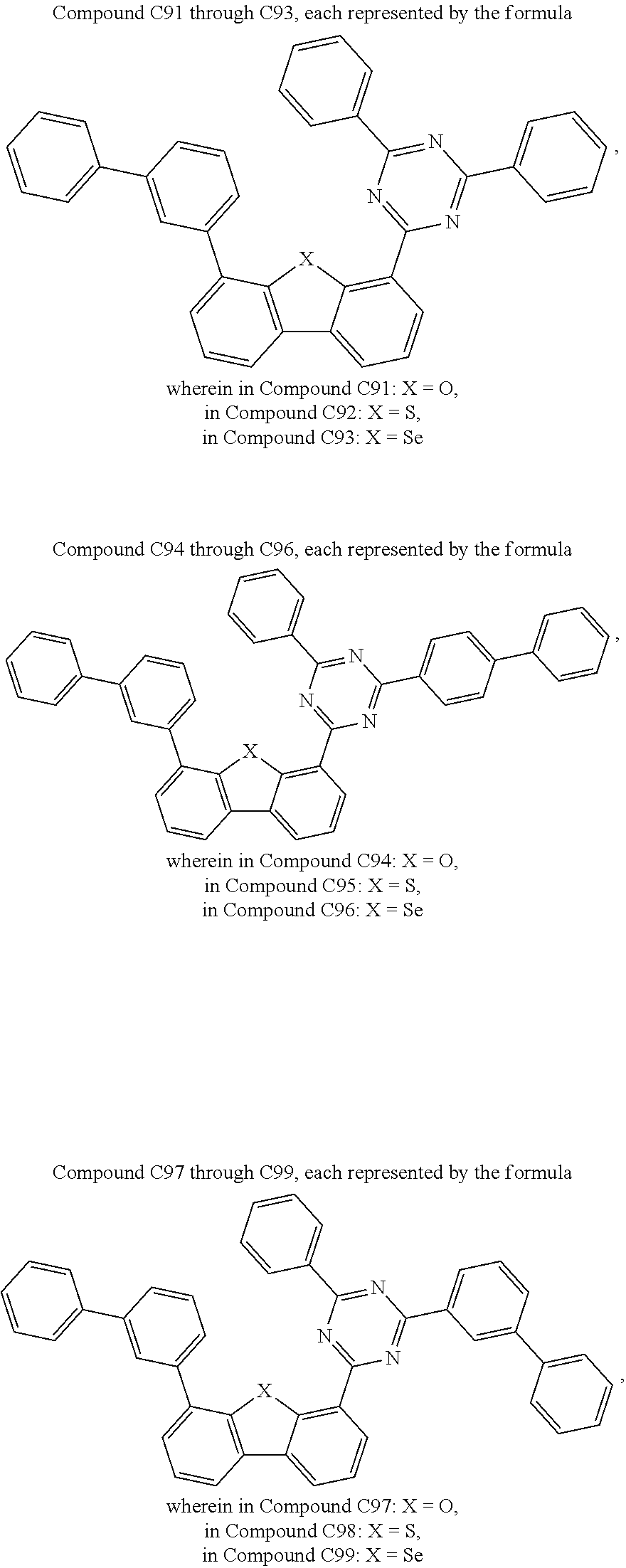
C00038

C00039

C00040

C00041

C00042

C00043

C00044

C00045
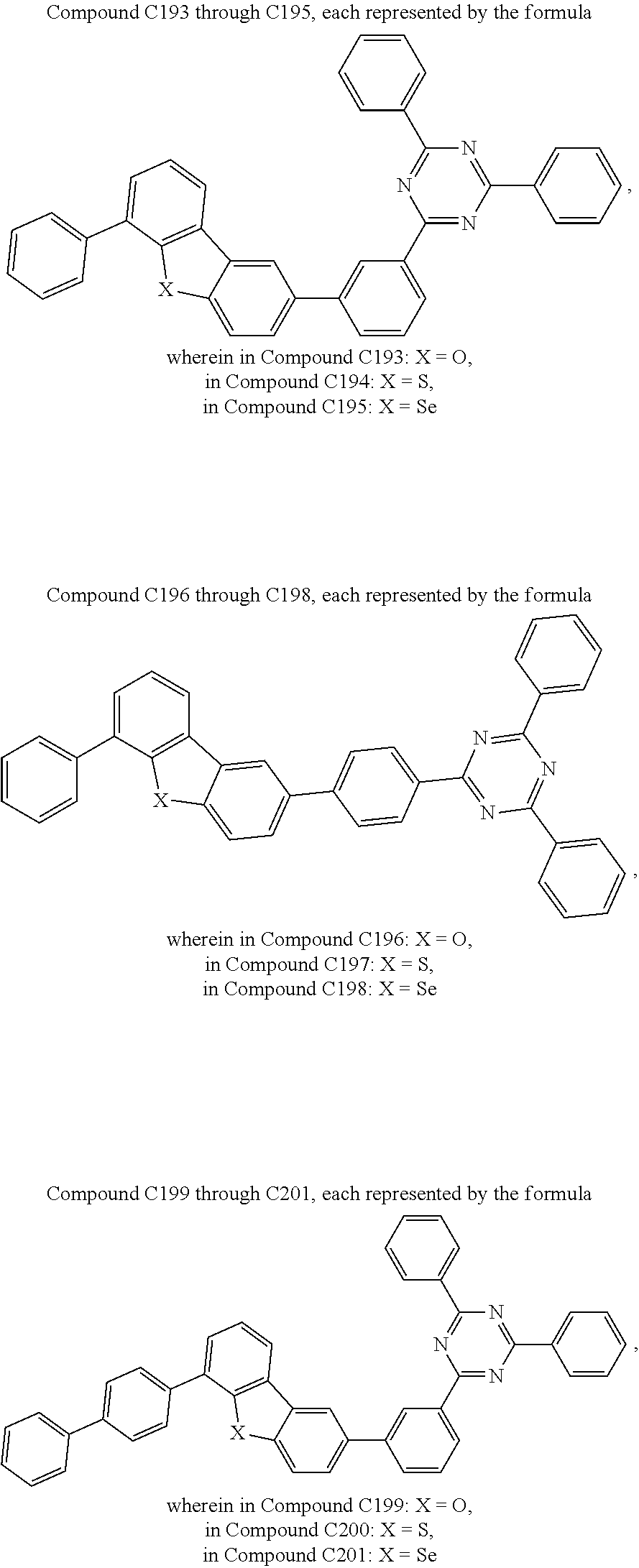
C00046

C00047

C00048

C00049

C00050

C00051

C00052

C00053

C00054
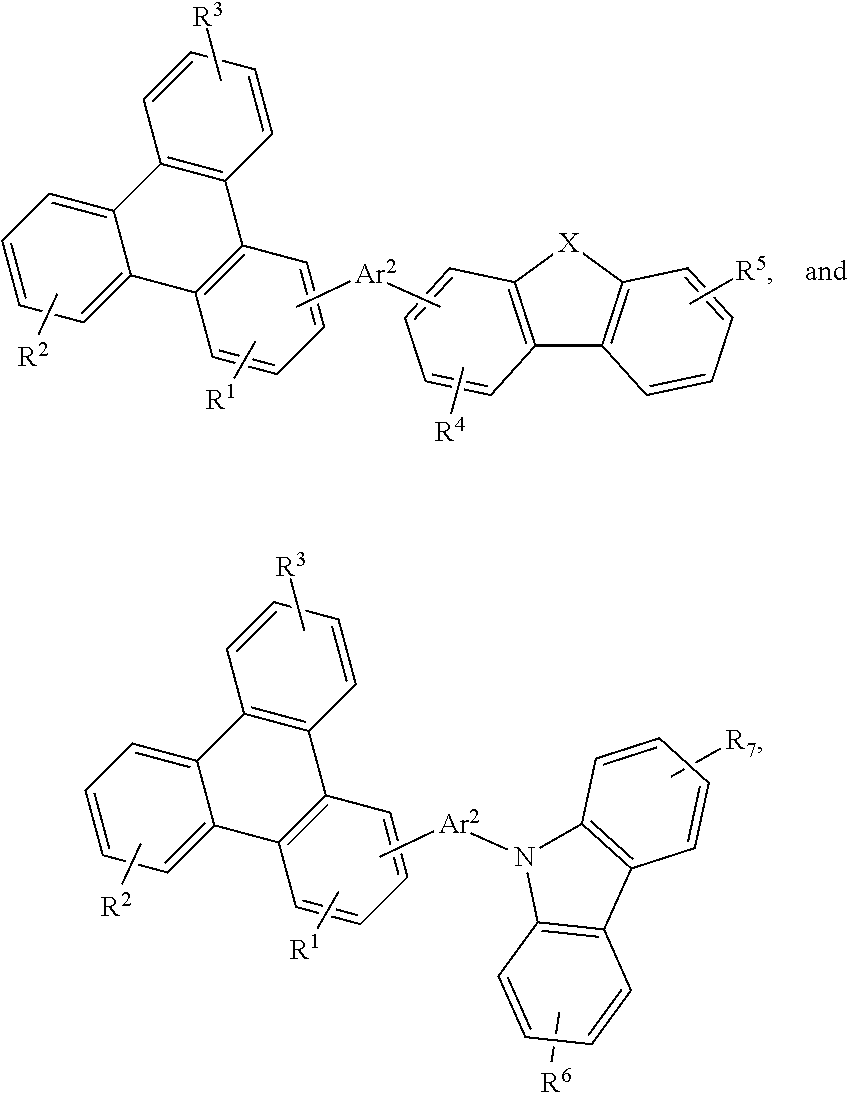
C00055
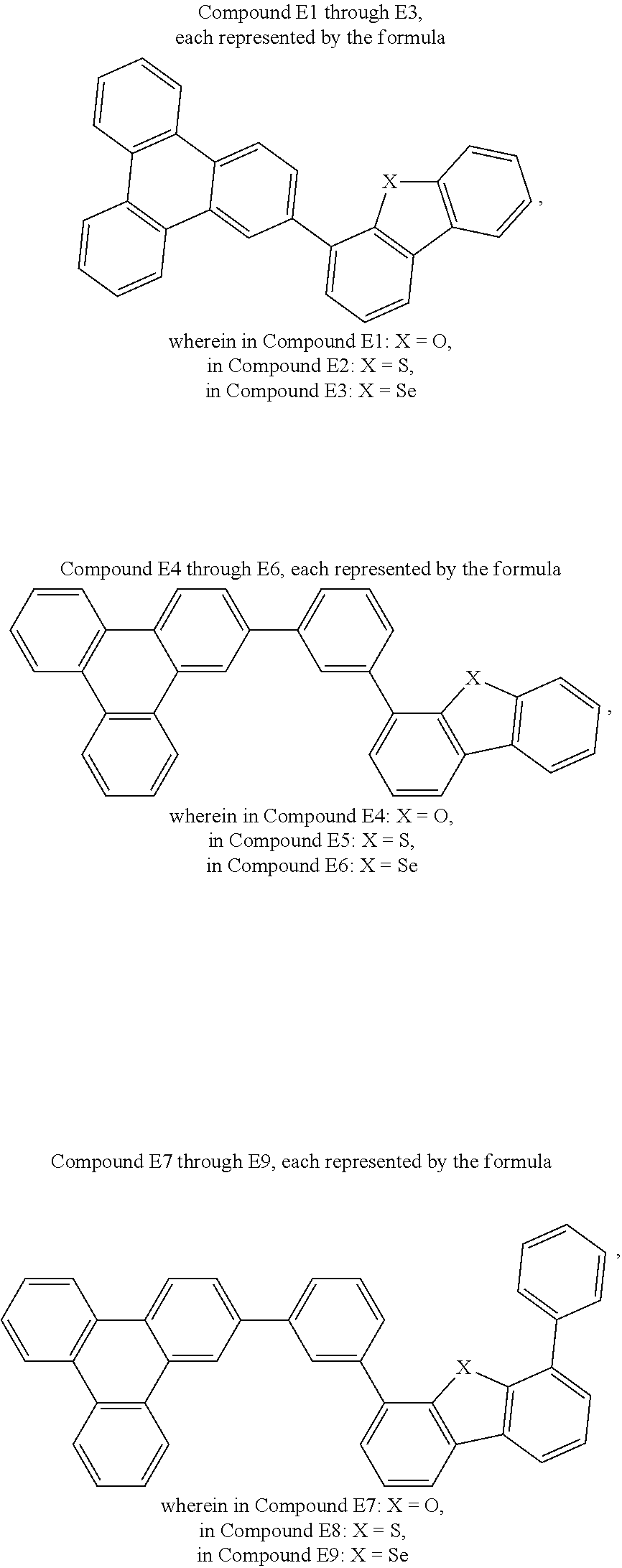
C00056

C00057

C00058

C00059

C00060

C00061
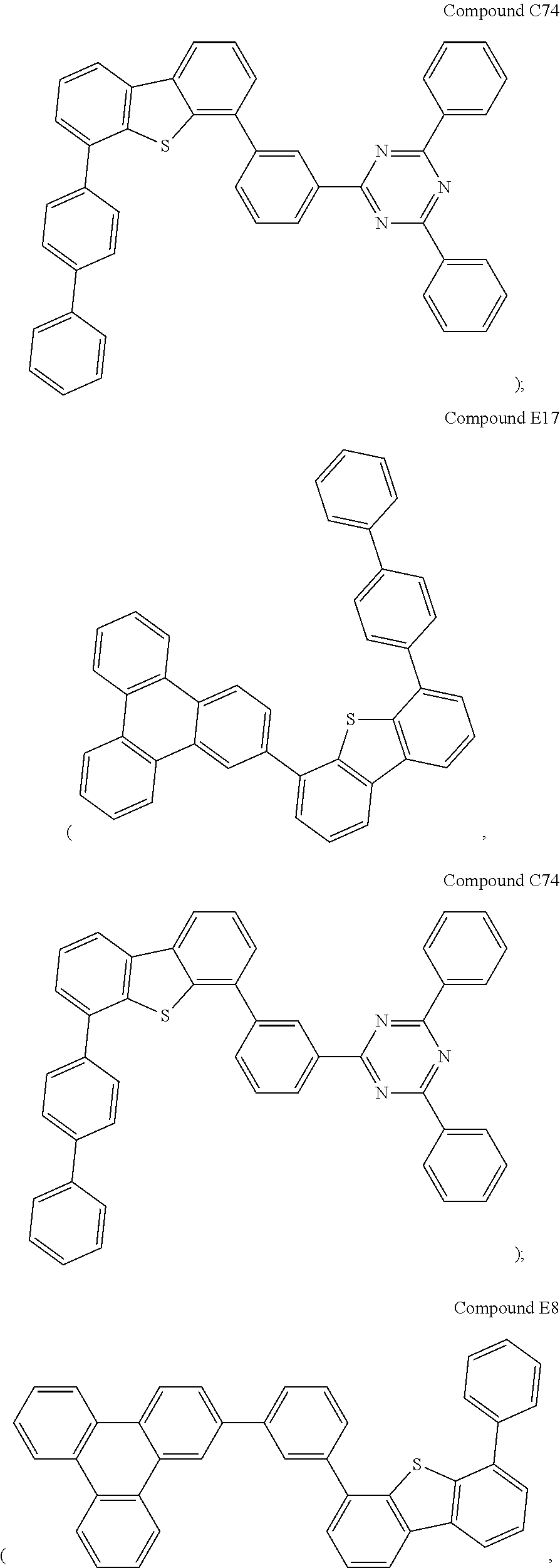
C00062

C00063

C00064

C00065

C00066

C00067
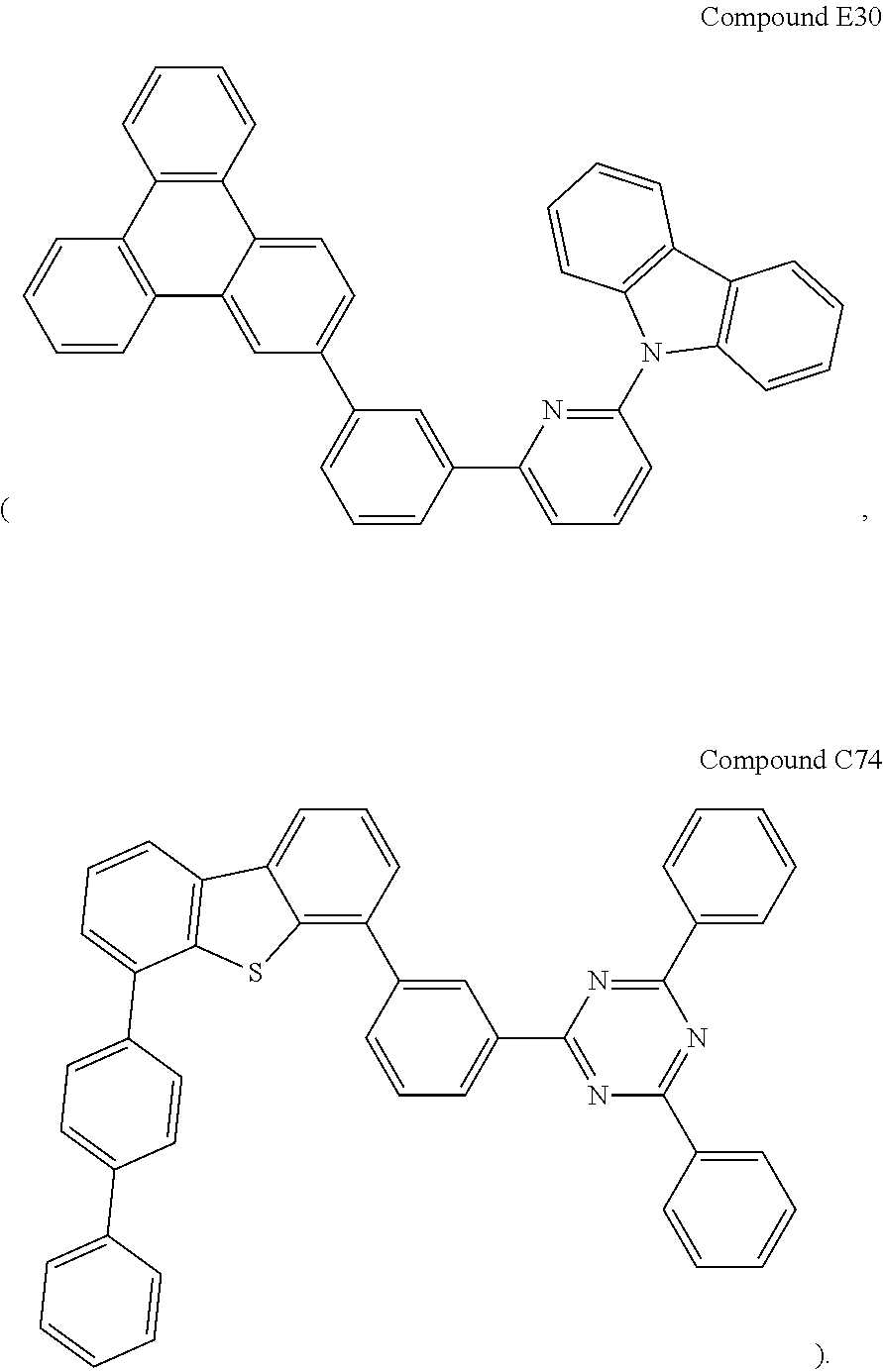
C00068

C00069

C00070

C00071

C00072
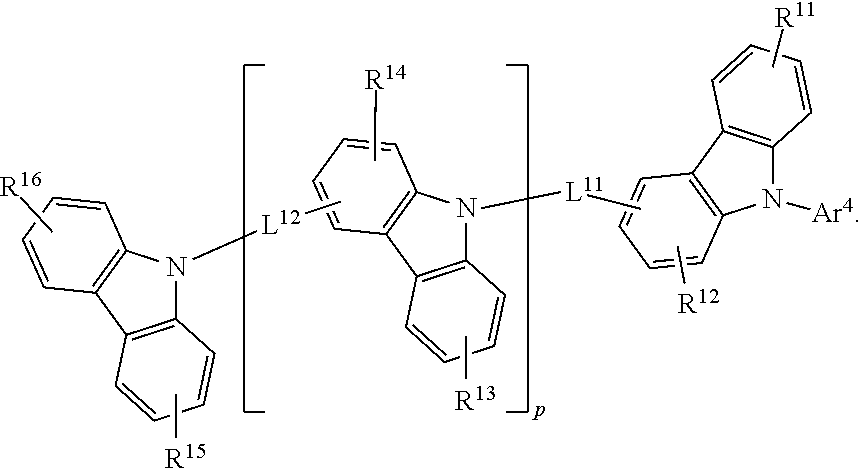
C00073
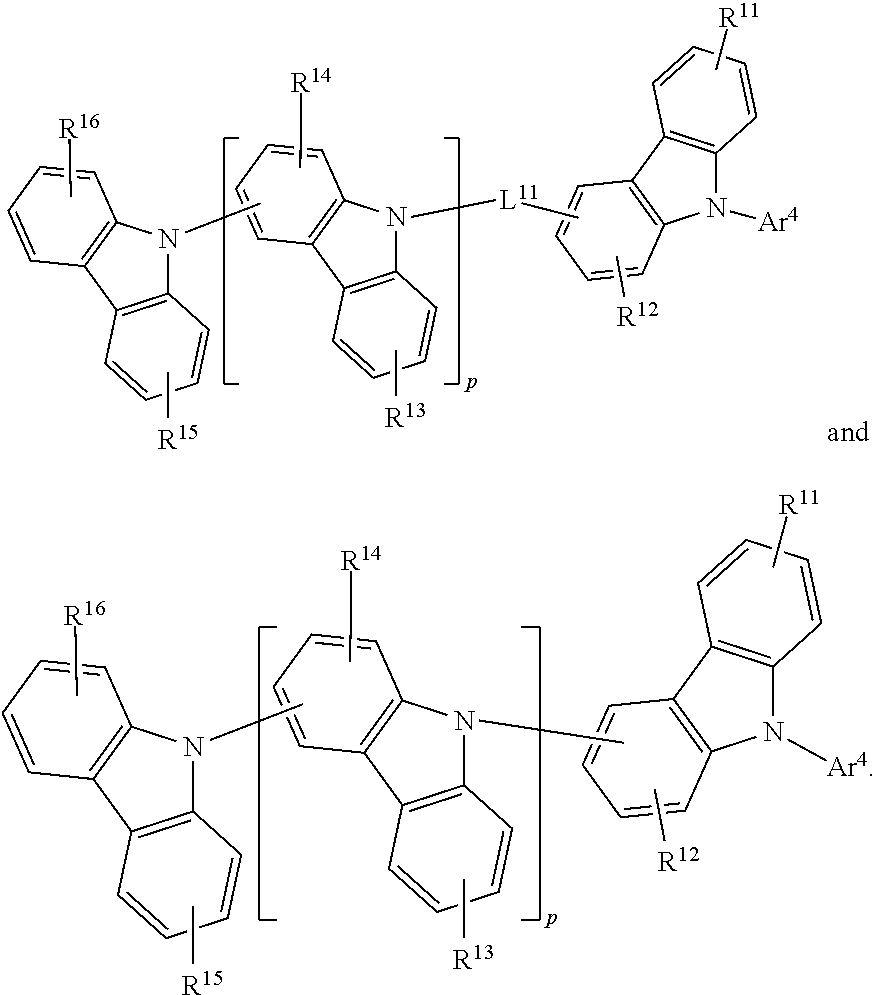
C00074

C00075

C00076

C00077

C00078

C00079

C00080

C00081

C00082
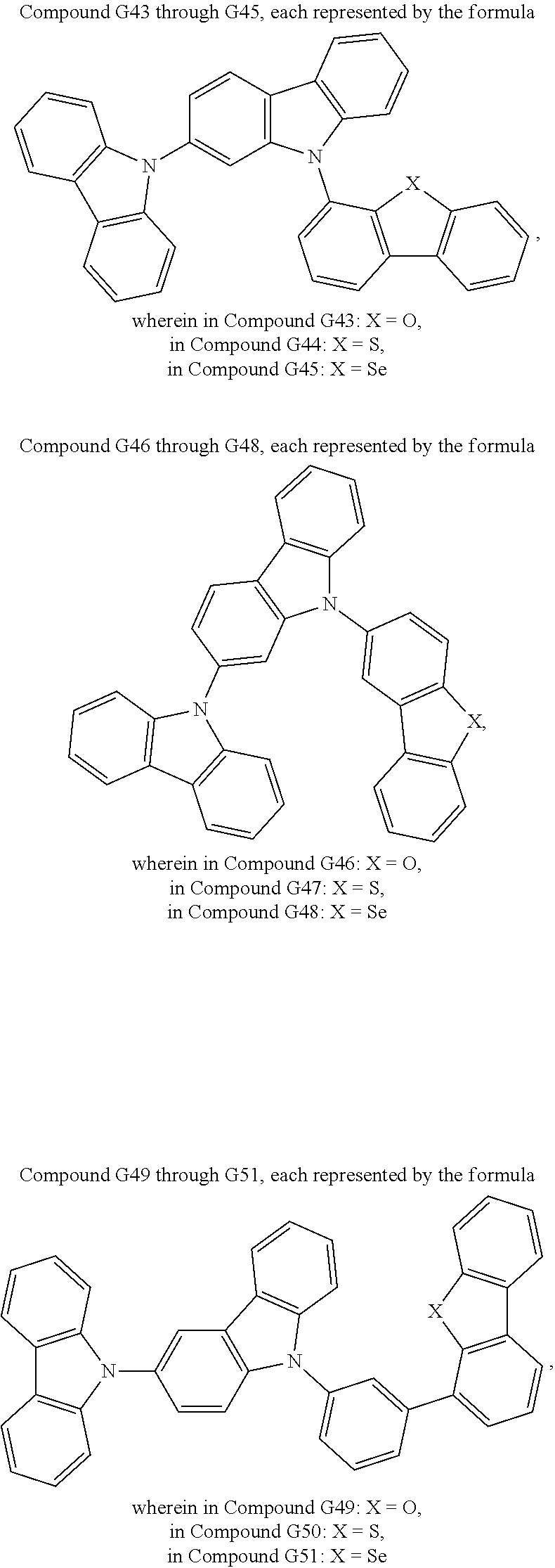
C00083

C00084

C00085
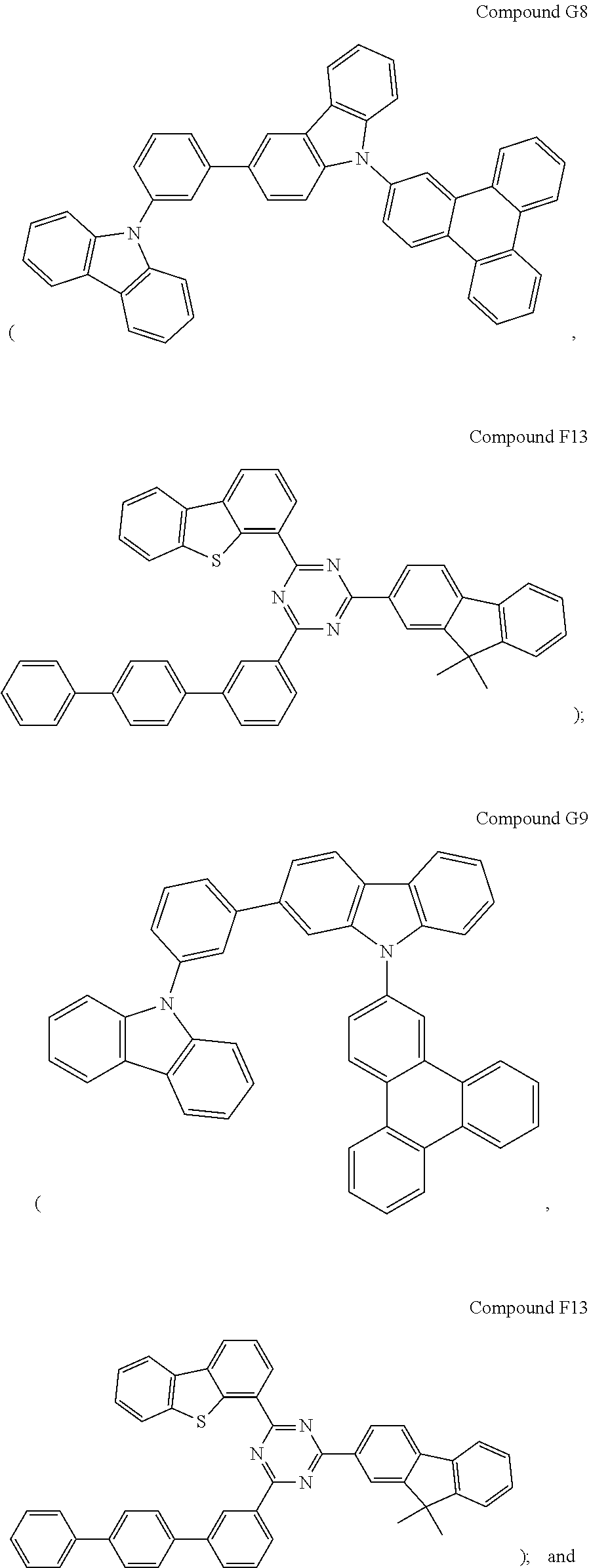
C00086

C00087

C00088

C00089

C00090

C00091

C00092

C00093

C00094

C00095

C00096

C00097

C00098

C00099
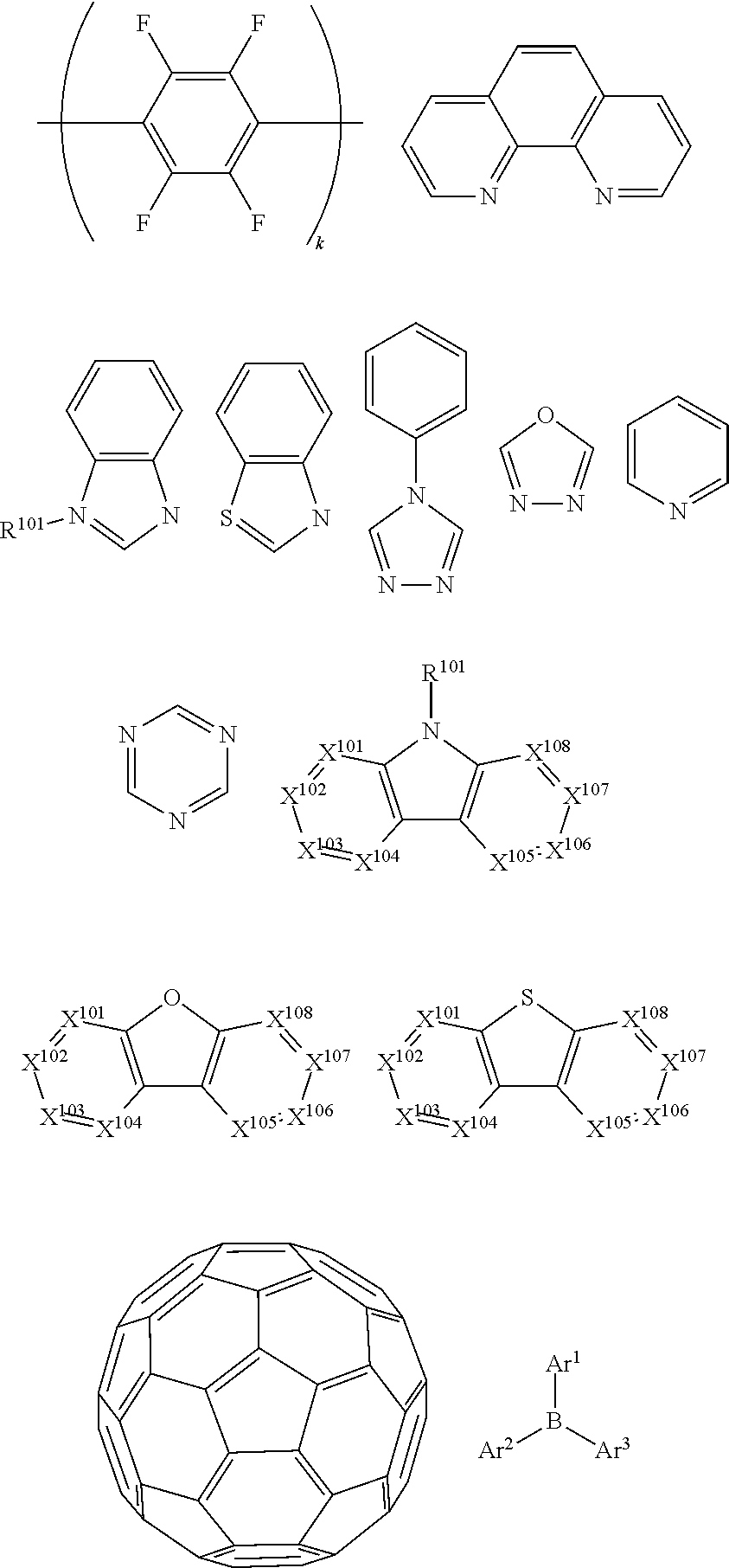
C00100
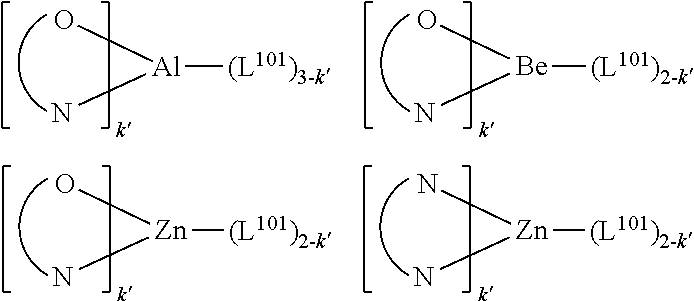
C00101

C00102

C00103

C00104
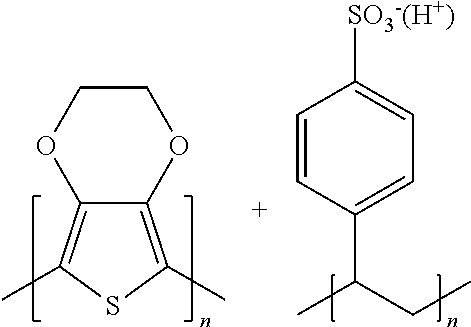
C00105

C00106

C00107
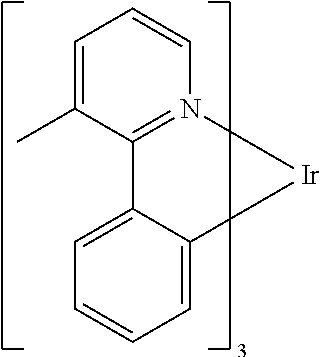
C00108

C00109

C00110

C00111

C00112
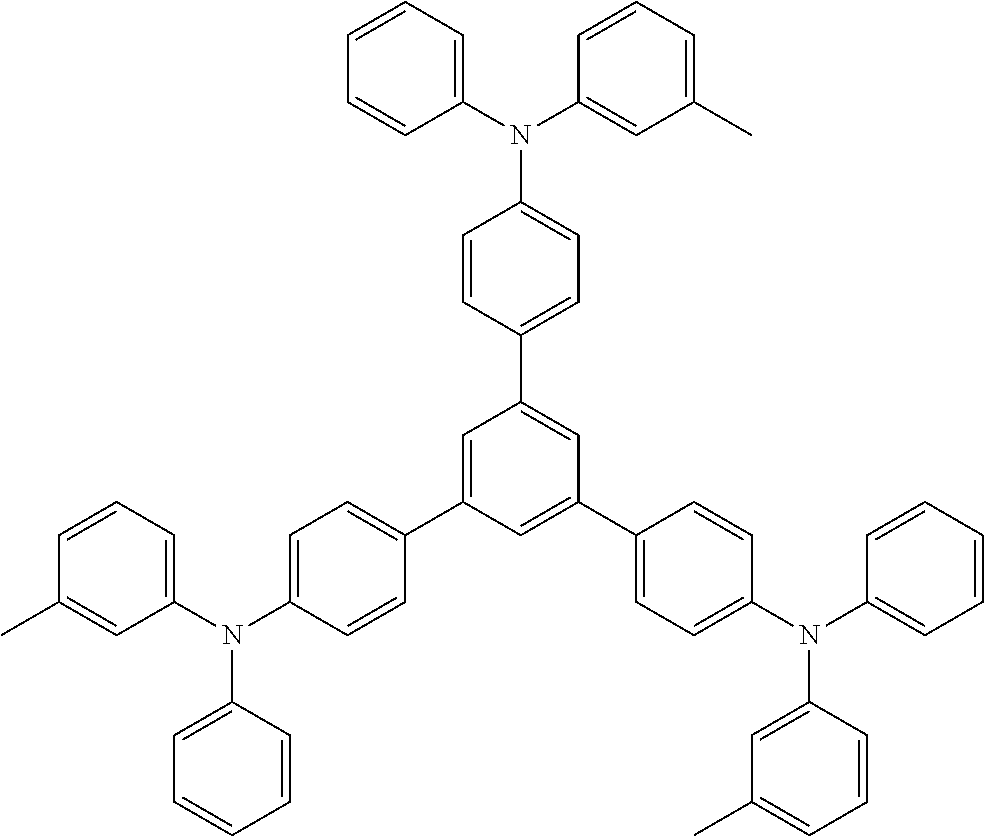
C00113

C00114
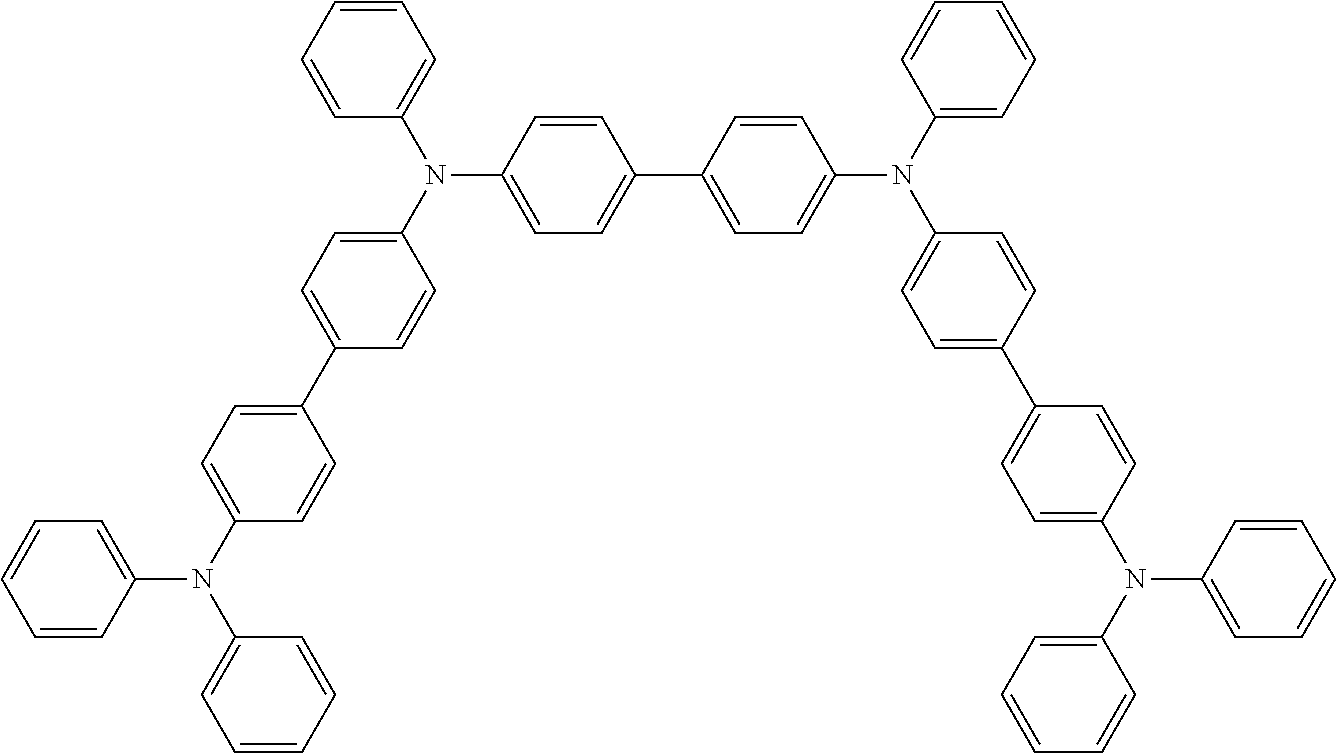
C00115

C00116
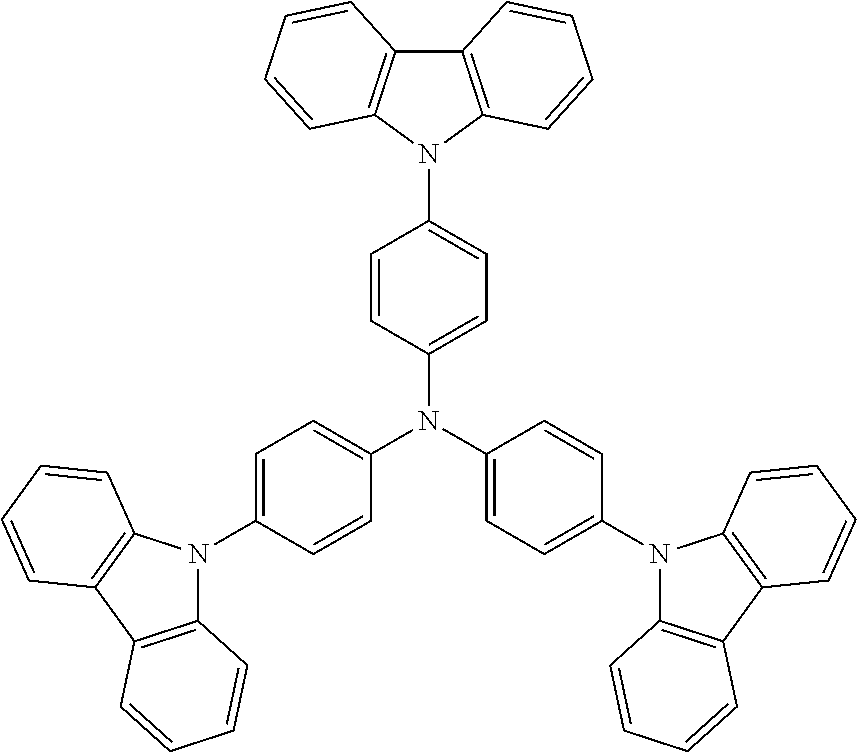
C00117

C00118
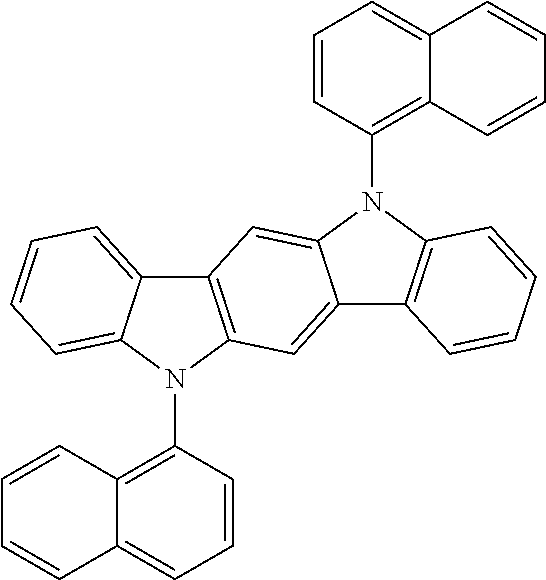
C00119

C00120

C00121

C00122

C00123

C00124

C00125

C00126

C00127

C00128

C00129

C00130

C00131

C00132

C00133

C00134

C00135

C00136
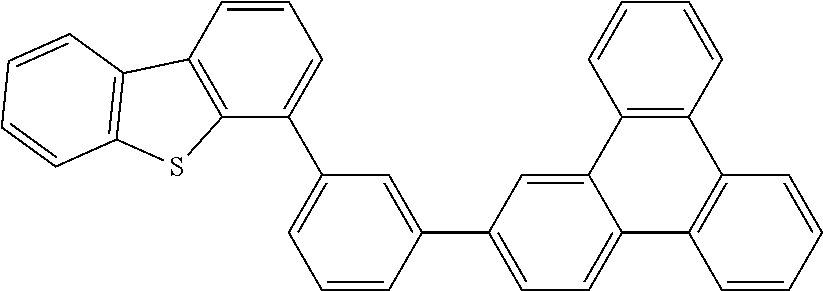
C00137

C00138

C00139
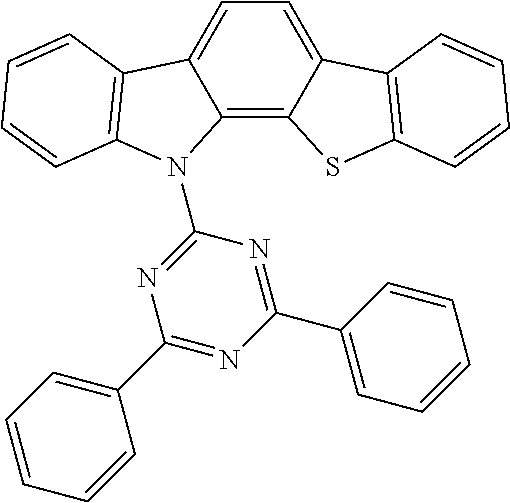
C00140

C00141
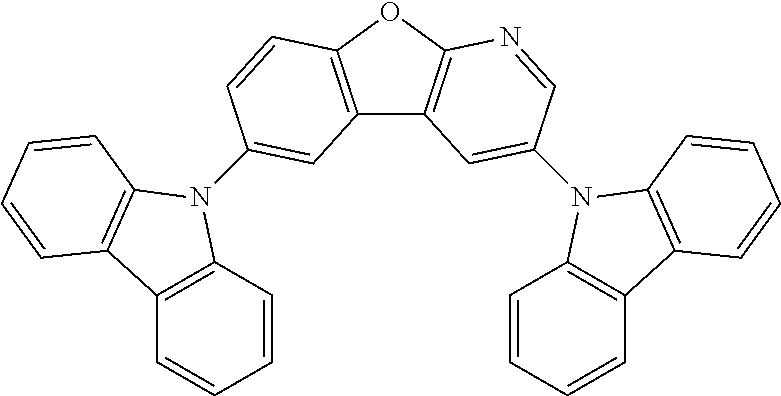
C00142

C00143

C00144
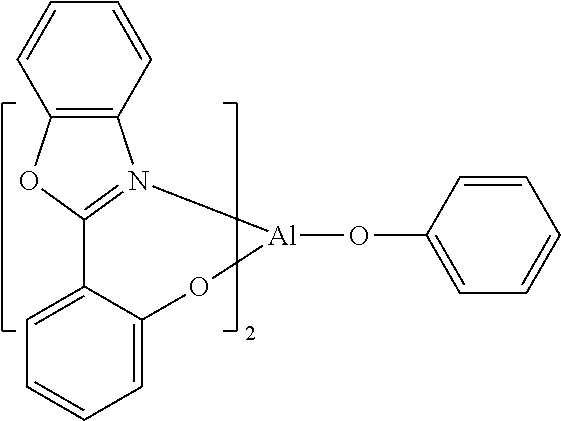
C00145

C00146
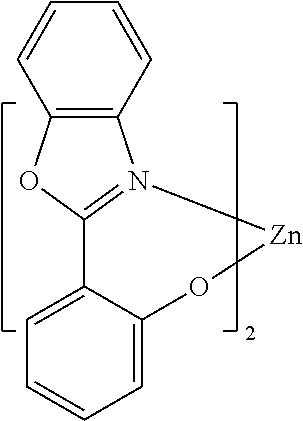
C00147

C00148

C00149

C00150

C00151

C00152

C00153

C00154

C00155
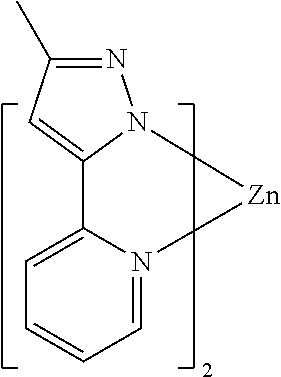
C00156
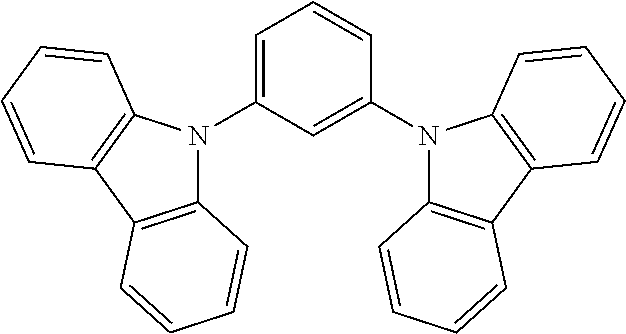
C00157

C00158

C00159
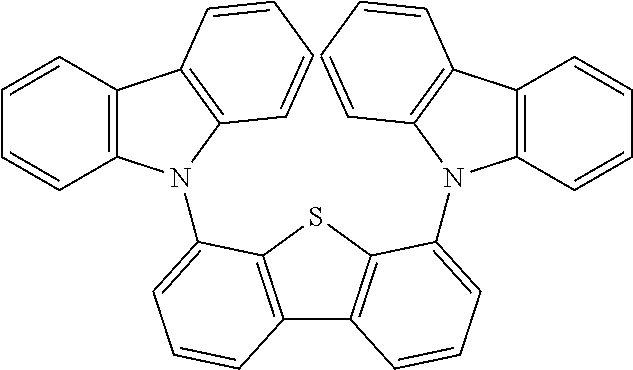
C00160

C00161

C00162

C00163

C00164
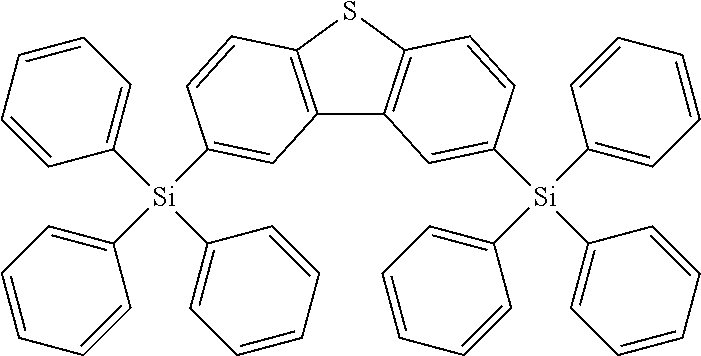
C00165
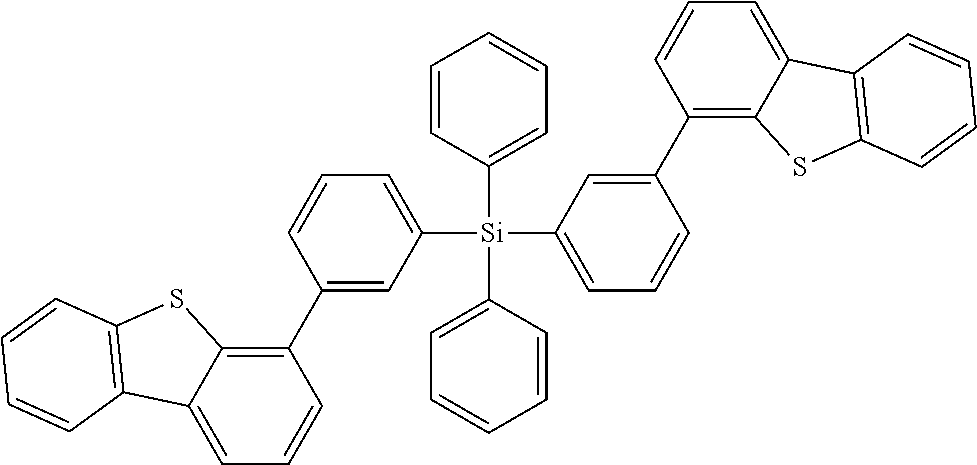
C00166

C00167

C00168

C00169

C00170

C00171

C00172

C00173

C00174

C00175
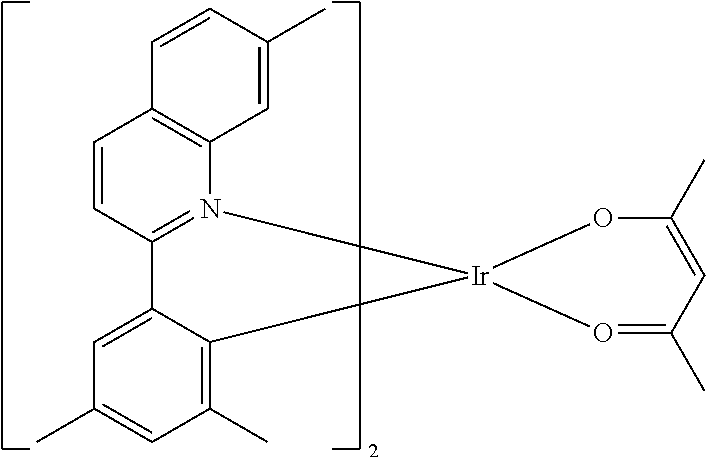
C00176
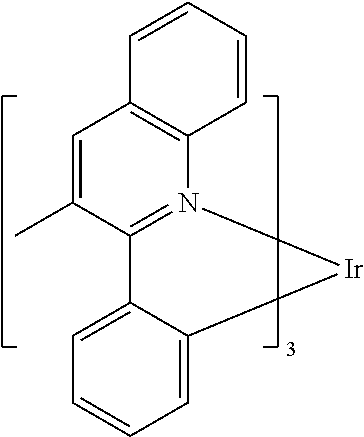
C00177
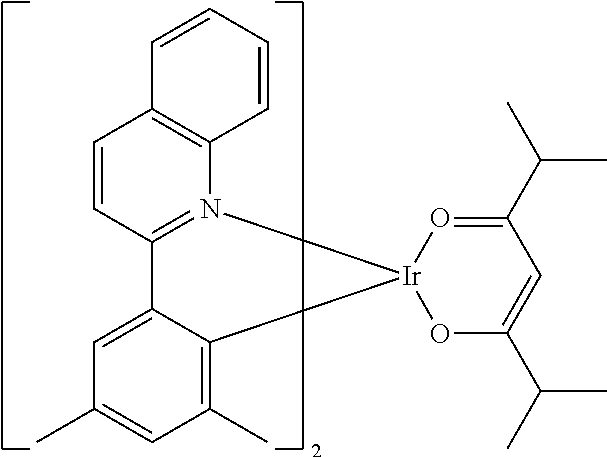
C00178

C00179

C00180
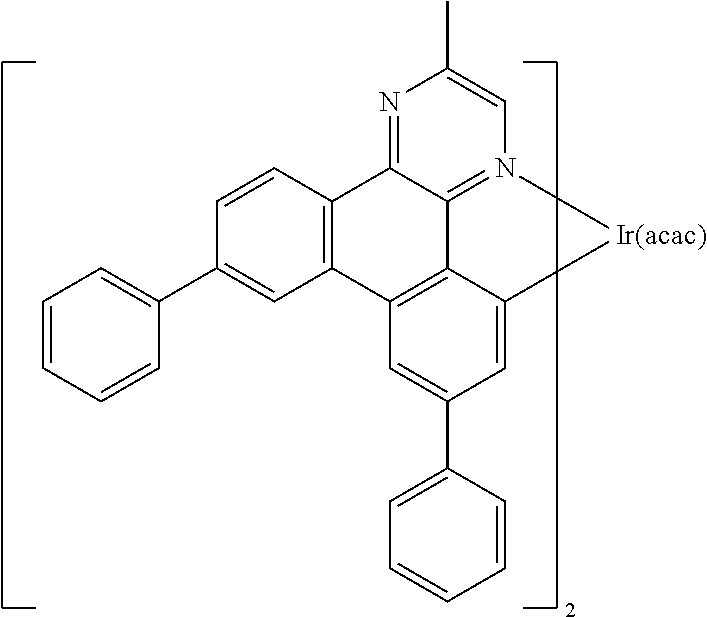
C00181

C00182

C00183
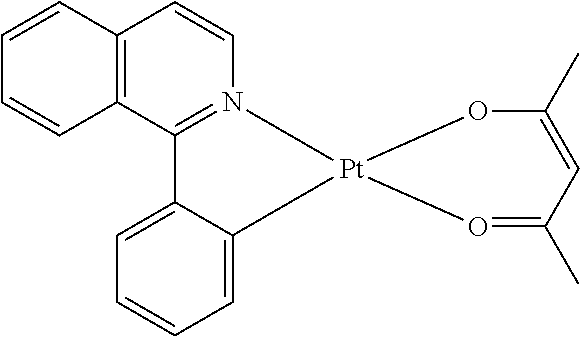
C00184

C00185

C00186
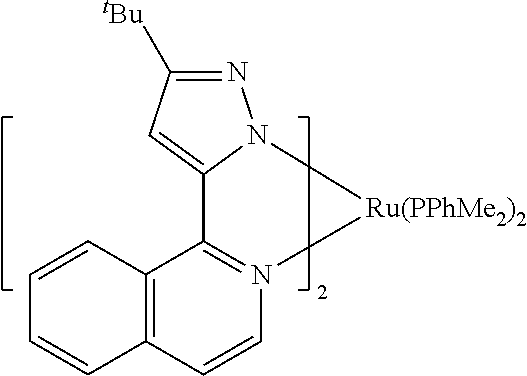
C00187
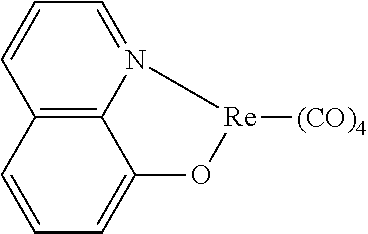
C00188

C00189

C00190

C00191
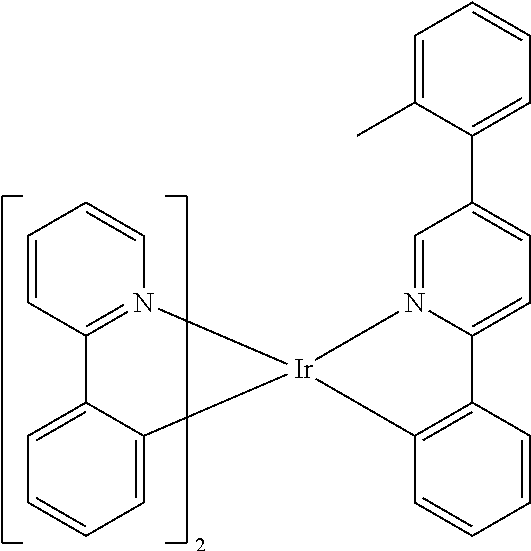
C00192

C00193

C00194

C00195

C00196

C00197

C00198
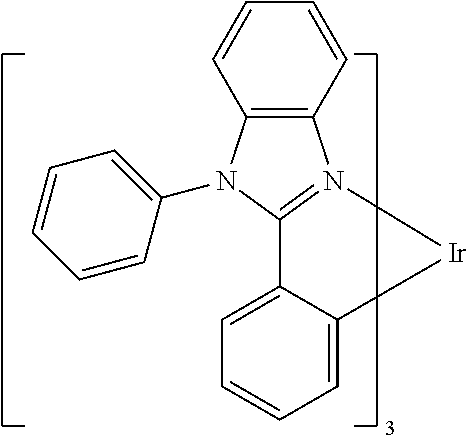
C00199

C00200

C00201

C00202

C00203

C00204

C00205
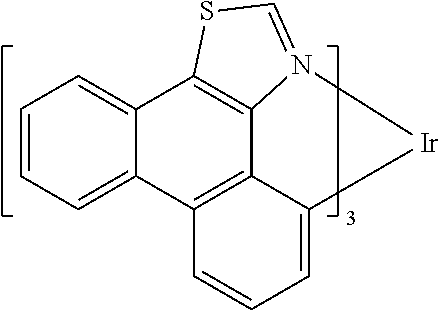
C00206
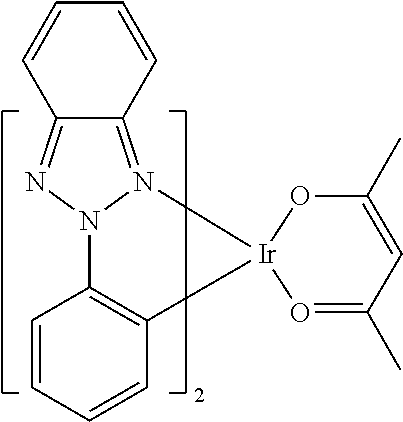
C00207

C00208

C00209

C00210

C00211

C00212

C00213

C00214

C00215

C00216

C00217

C00218

C00219

C00220

C00221
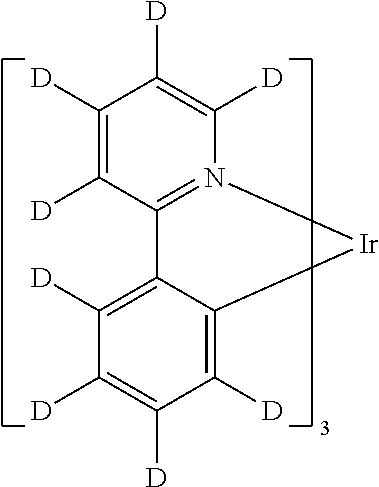
C00222

C00223

C00224

C00225

C00226
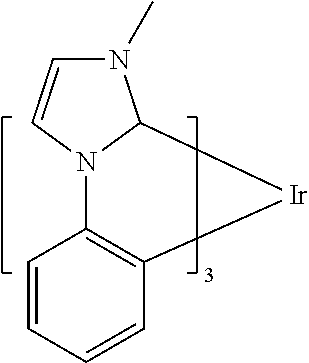
C00227
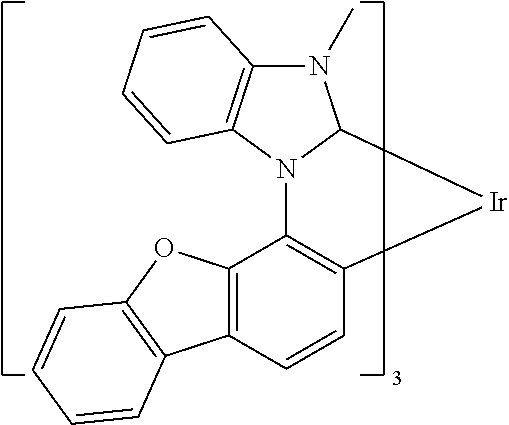
C00228

C00229
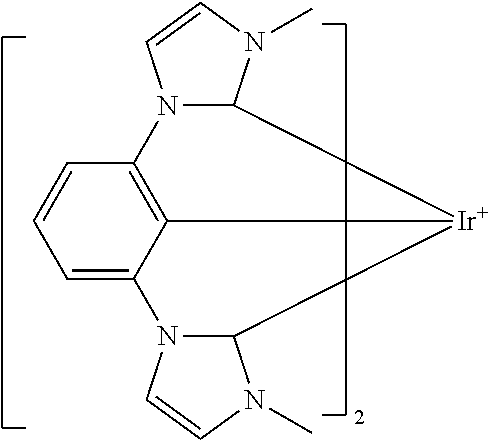
C00230

C00231

C00232
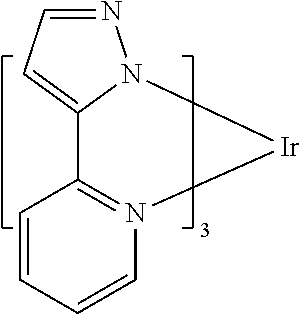
C00233
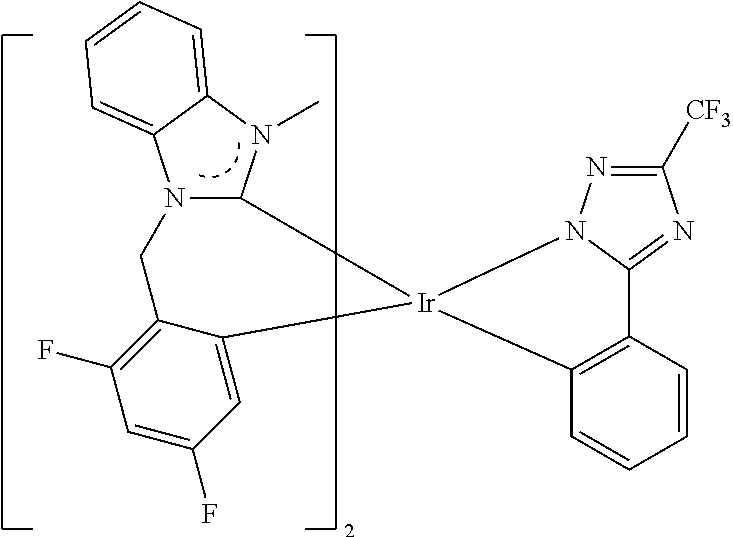
C00234

C00235

C00236
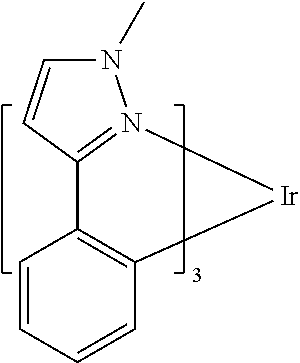
C00237

C00238

C00239

C00240
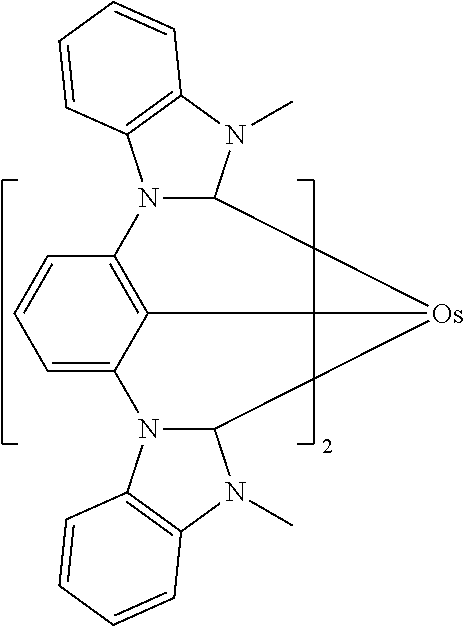
C00241

C00242

C00243
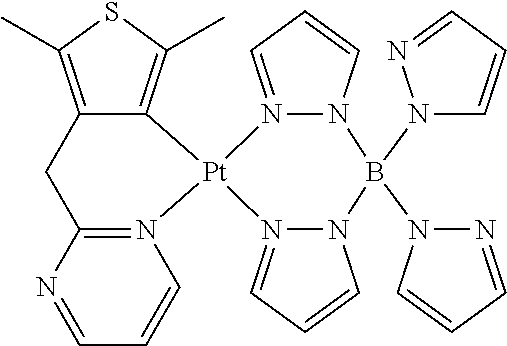
C00244

C00245

C00246
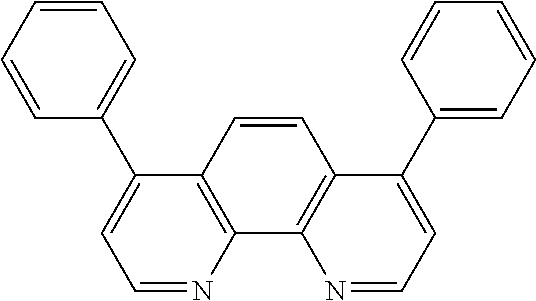
C00247
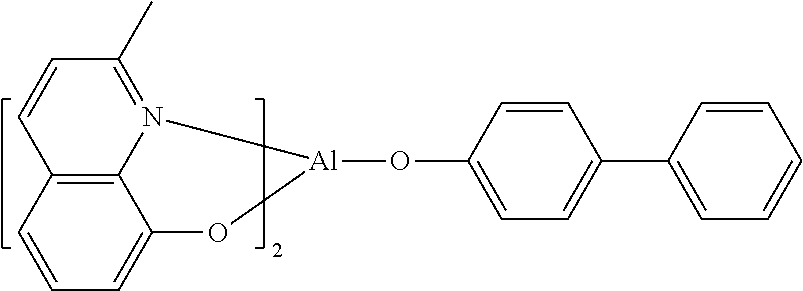
C00248

C00249

C00250

C00251

C00252

C00253

C00254
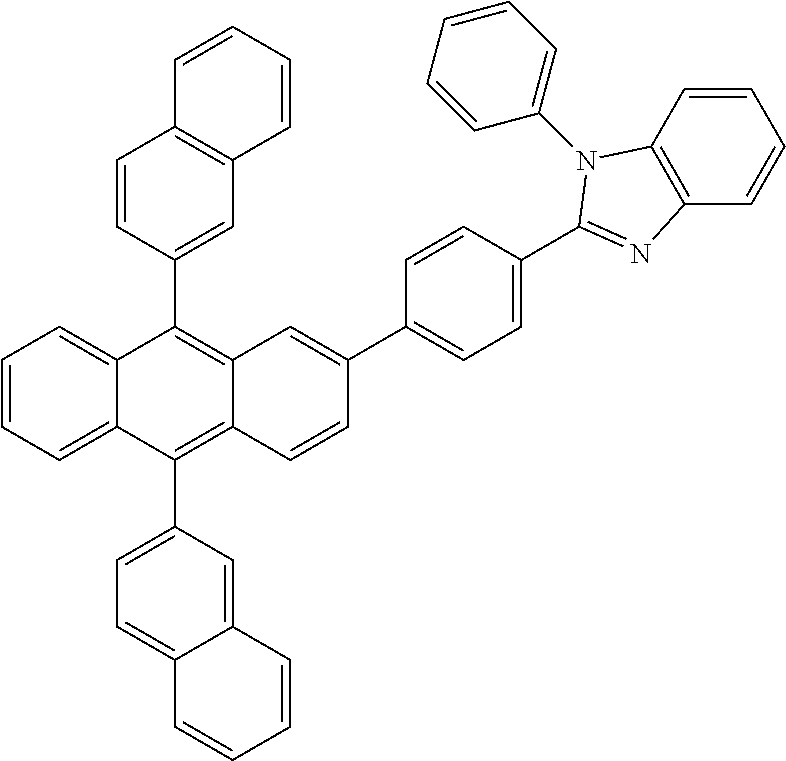
C00255

C00256

C00257

C00258
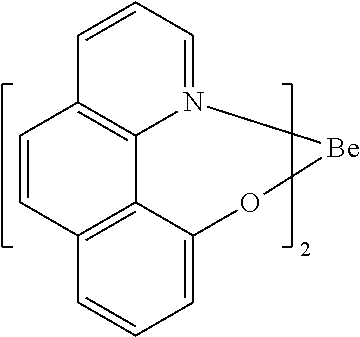
C00259

C00260
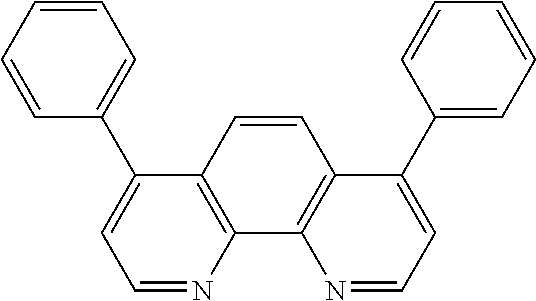
C00261

C00262

C00263

C00264

C00265

C00266

C00267

C00268

C00269

C00270

C00271

C00272

C00273

C00274

C00275
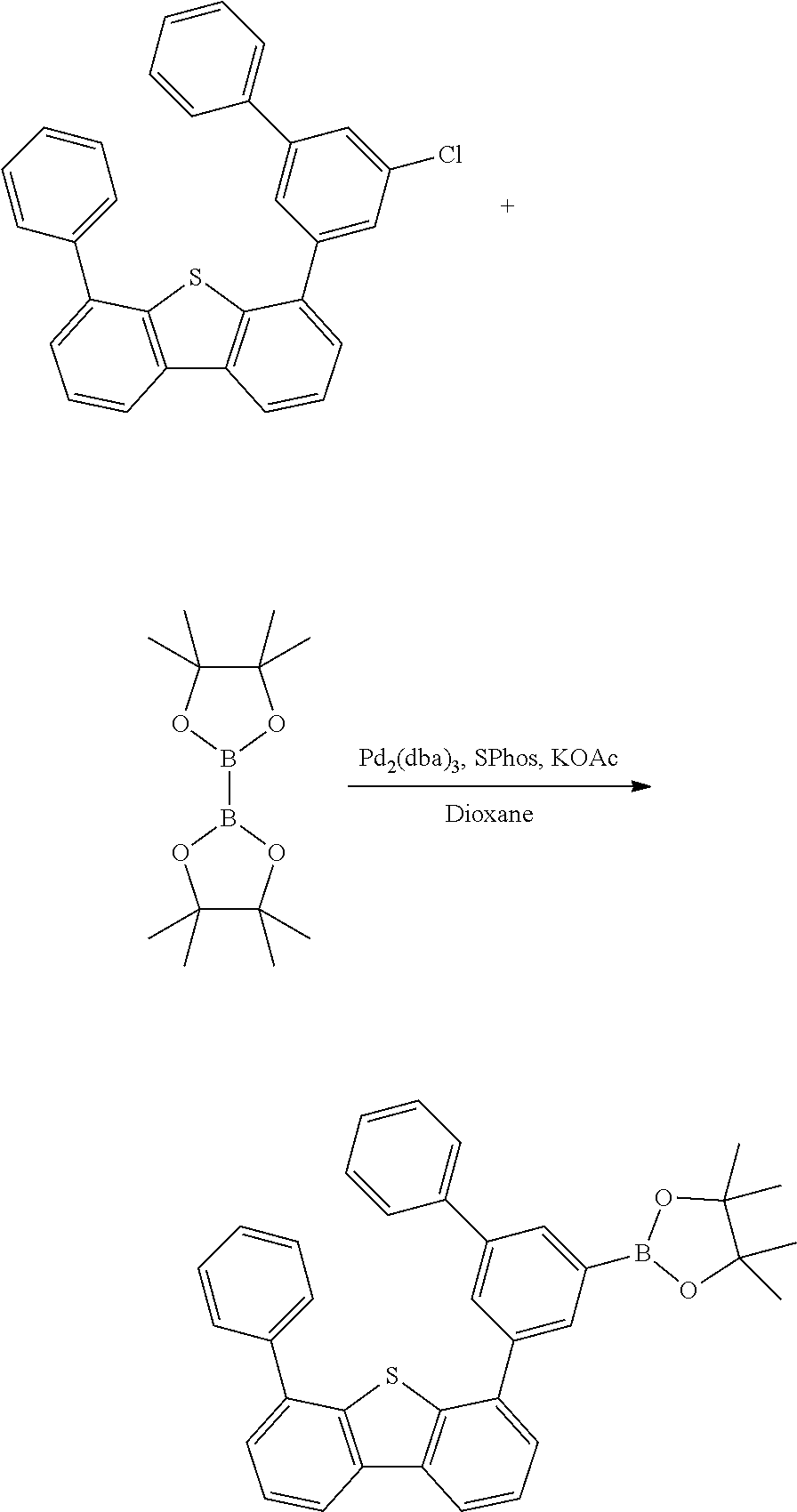
C00276

C00277
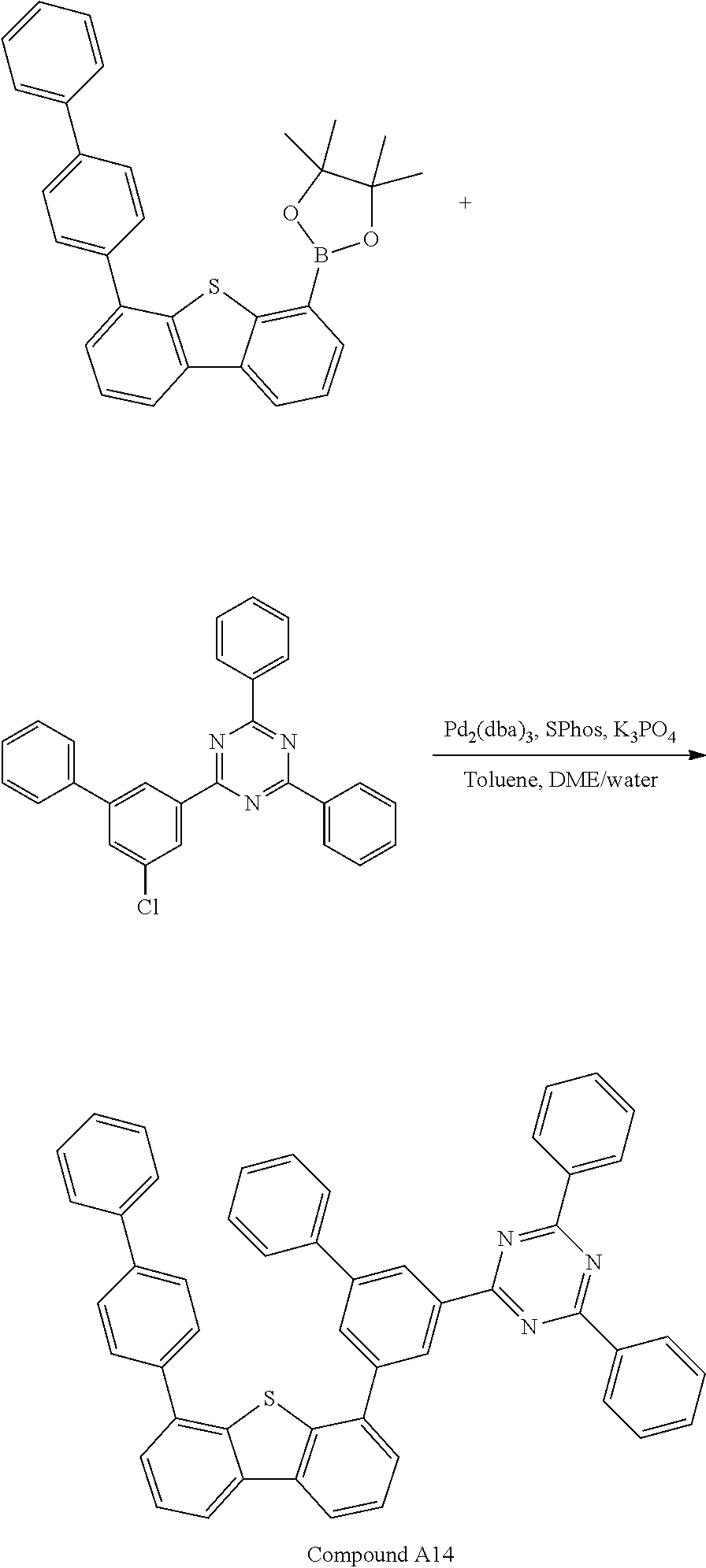
C00278

C00279

C00280

C00281
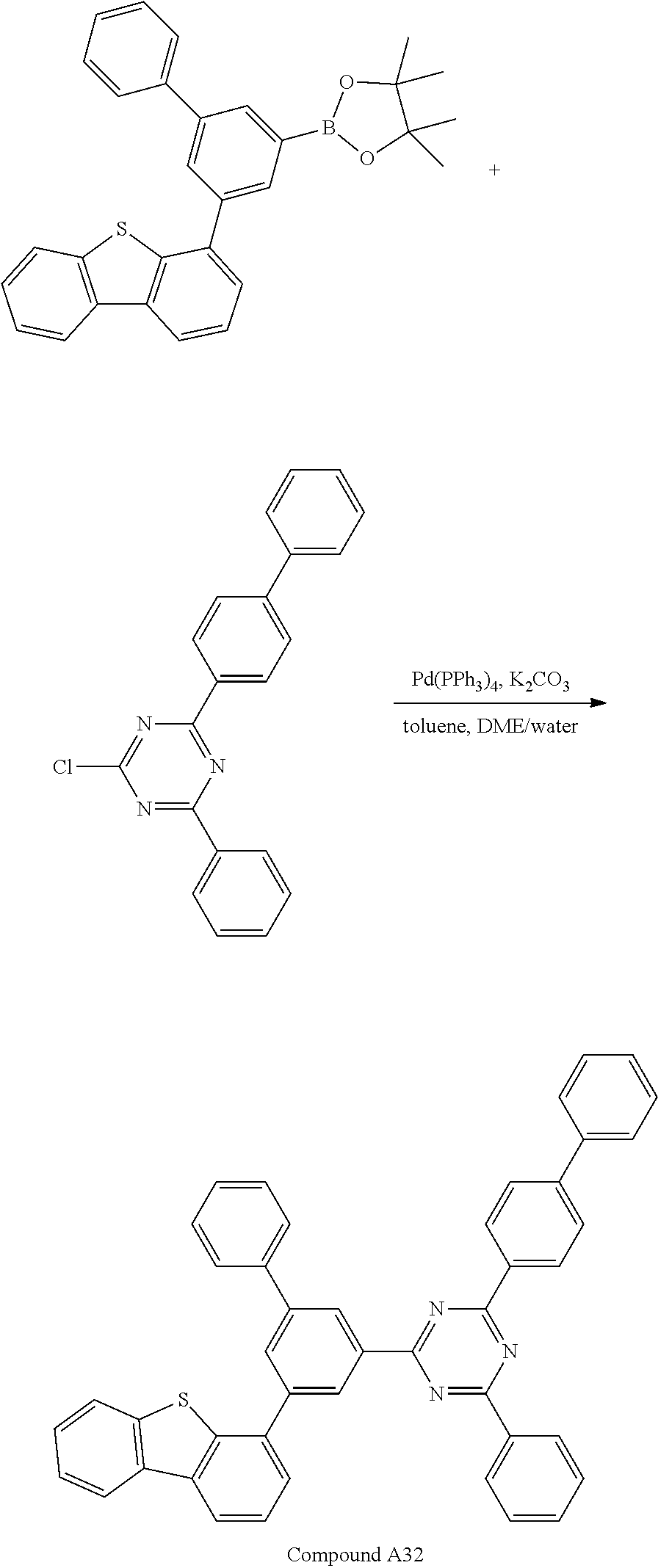
C00282

C00283
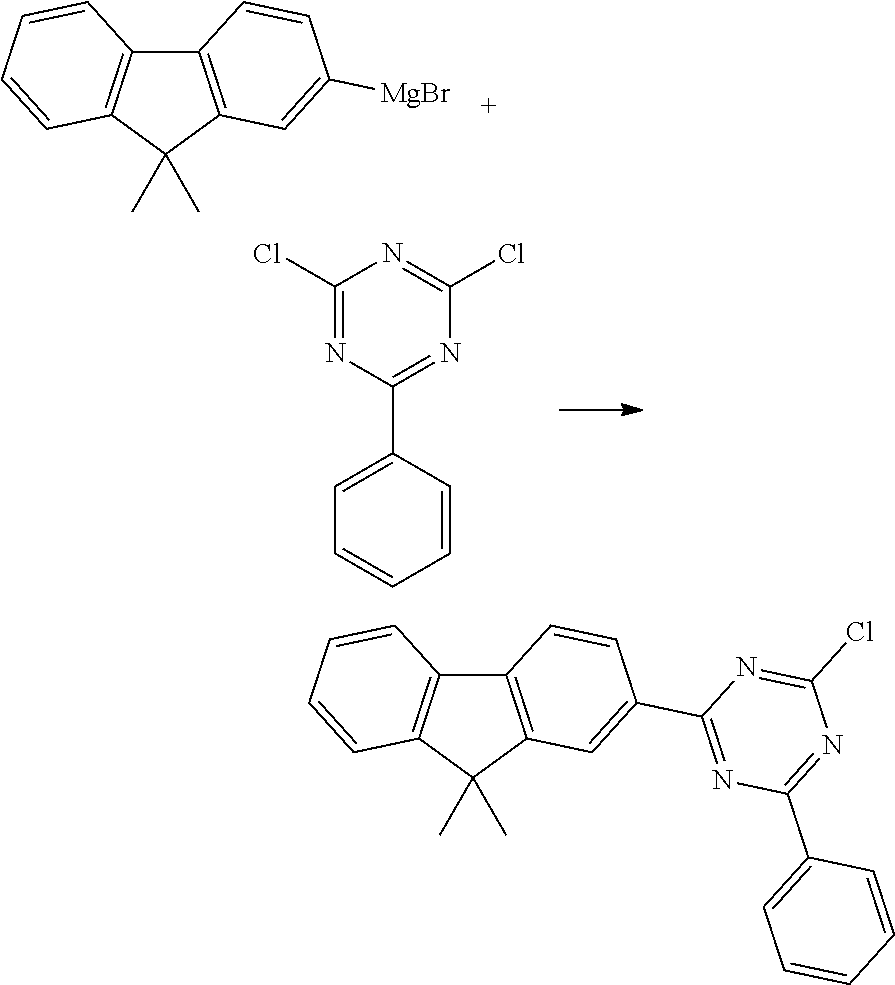
C00284

C00285

C00286
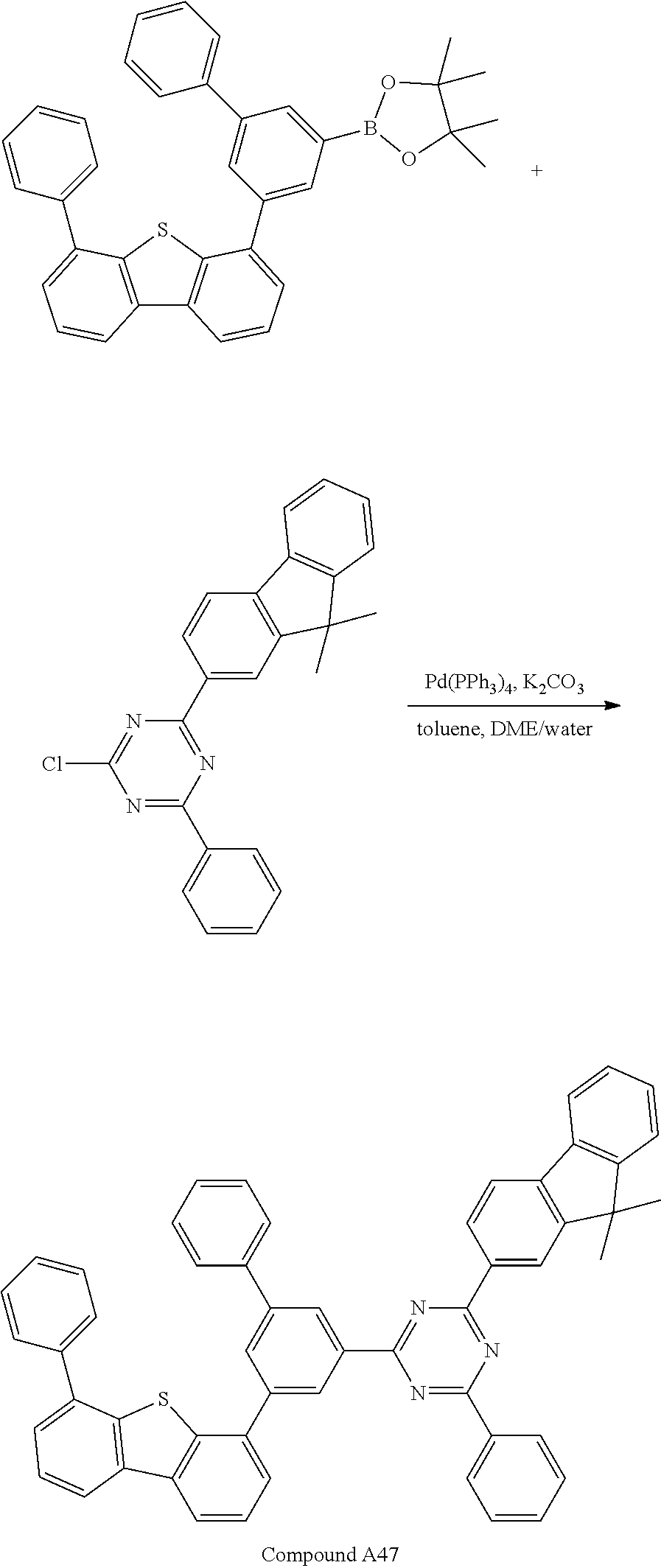
C00287

C00288

C00289

C00290
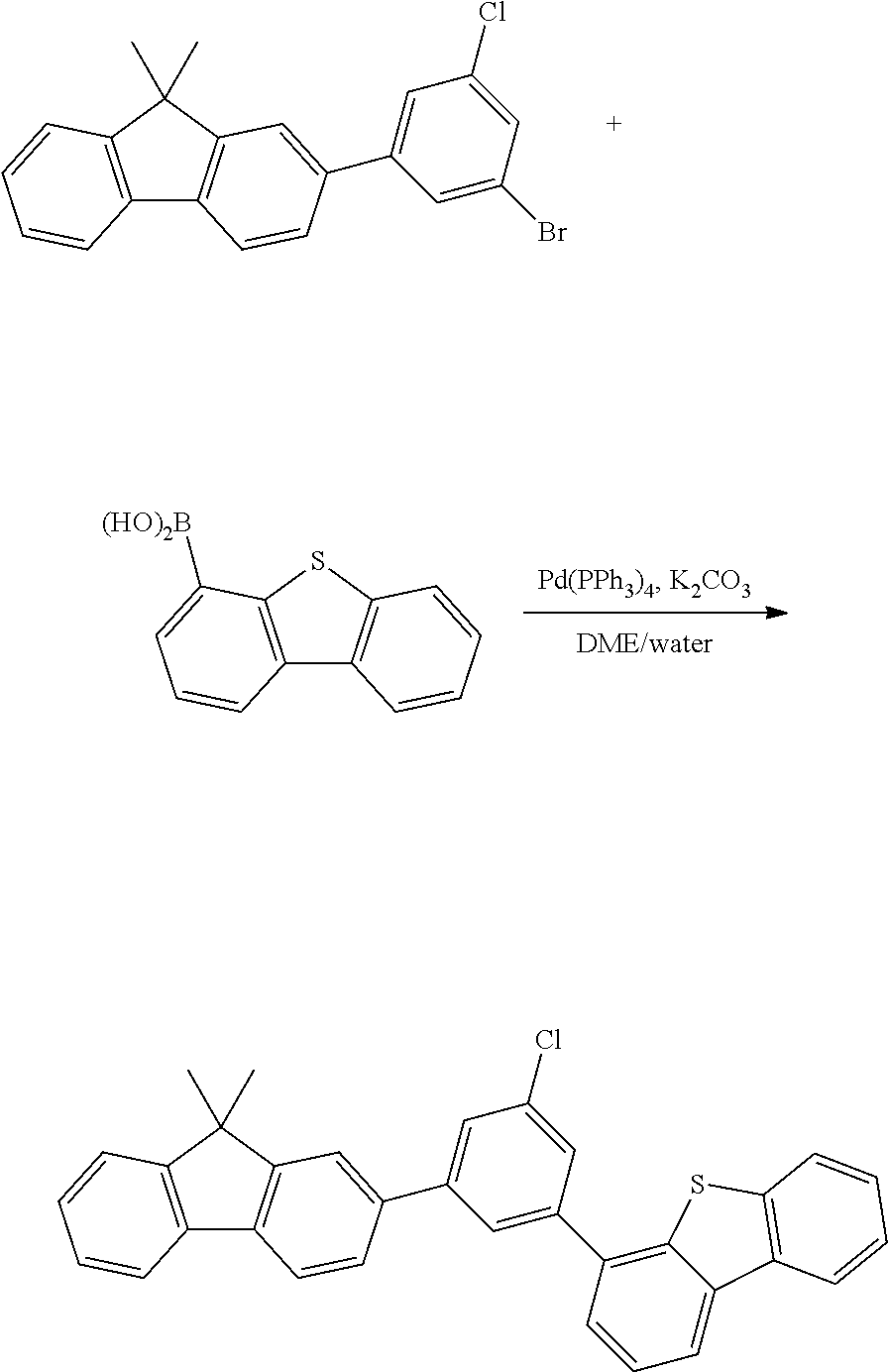
C00291

C00292
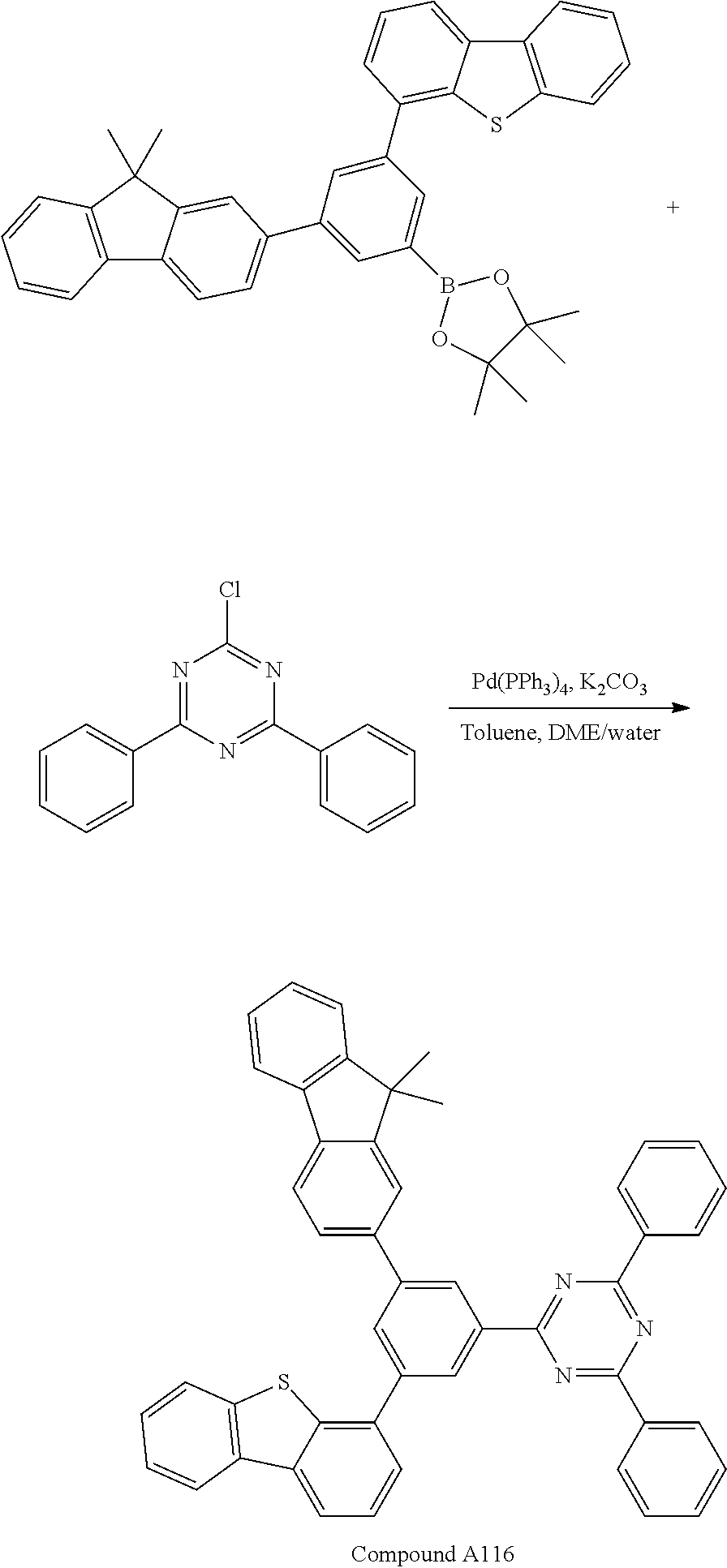
C00293

C00294

C00295

C00296

C00297

C00298
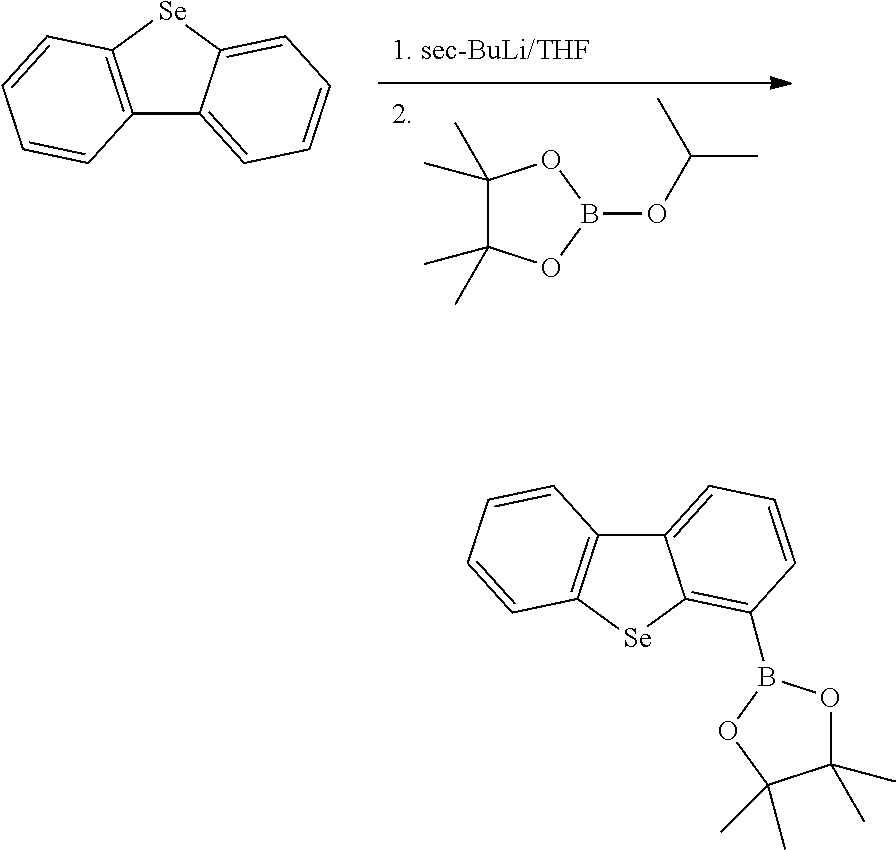
C00299

C00300

C00301

C00302

C00303

C00304

C00305

C00306
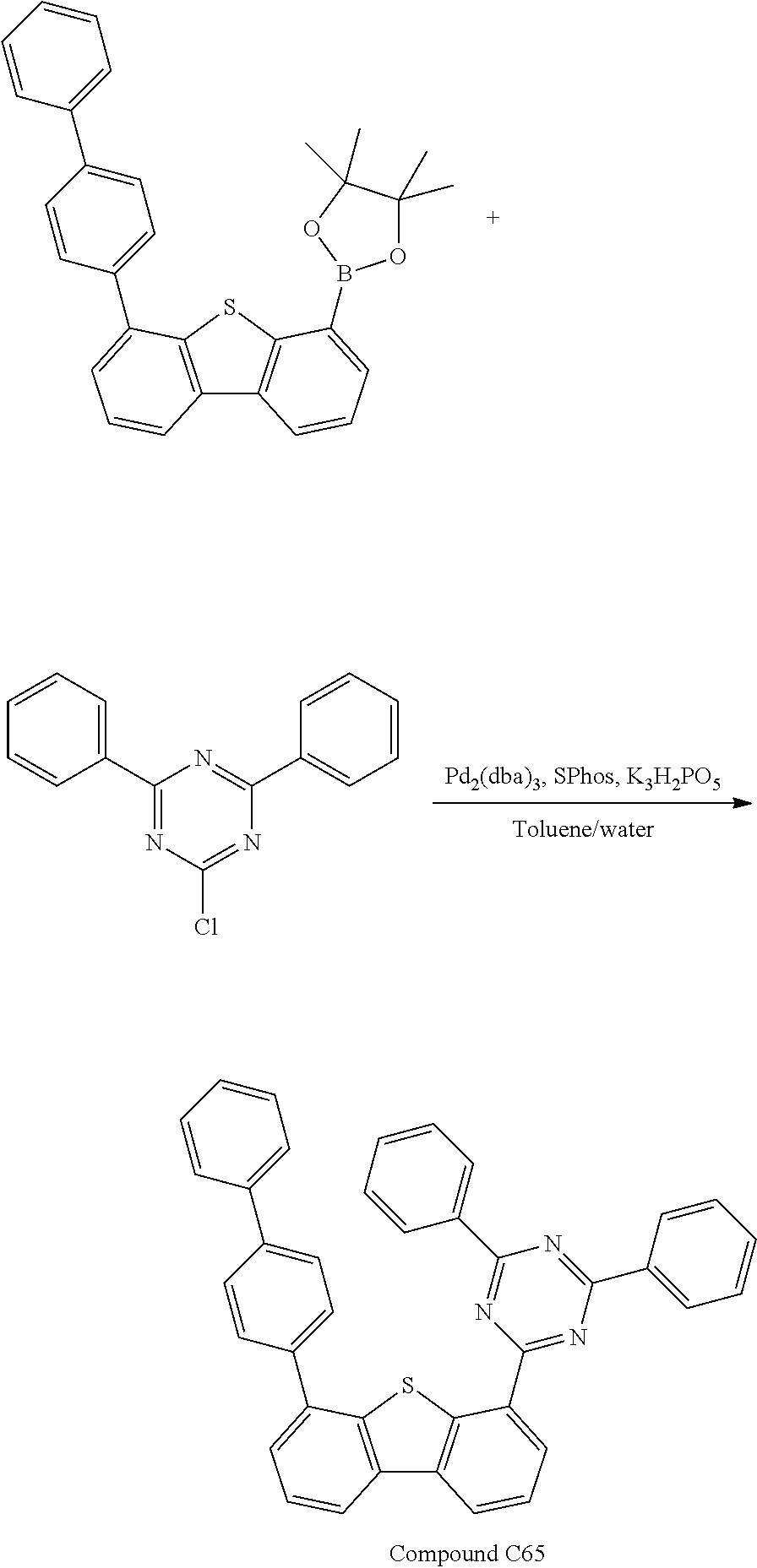
C00307

C00308

C00309

C00310

C00311

C00312

C00313
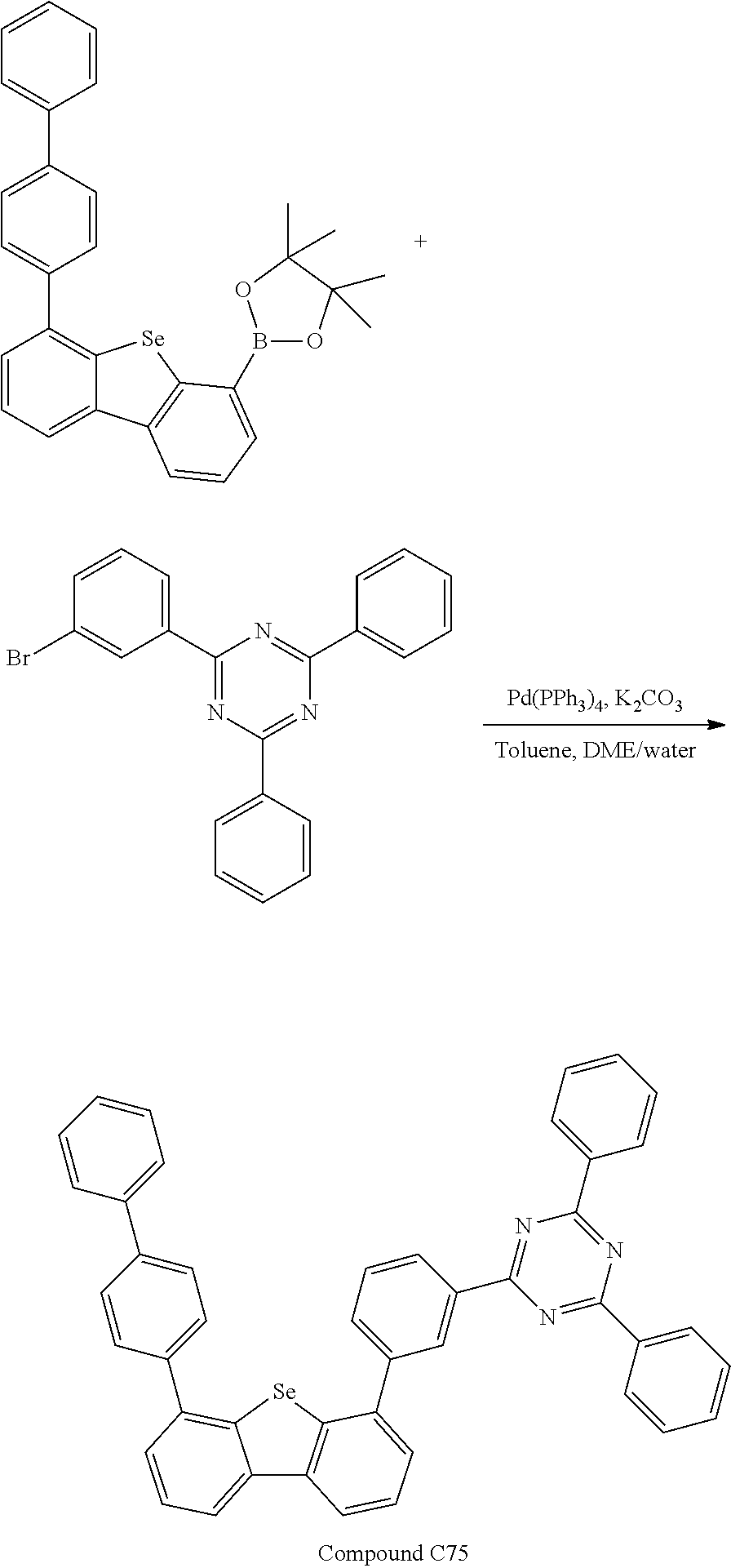
C00314
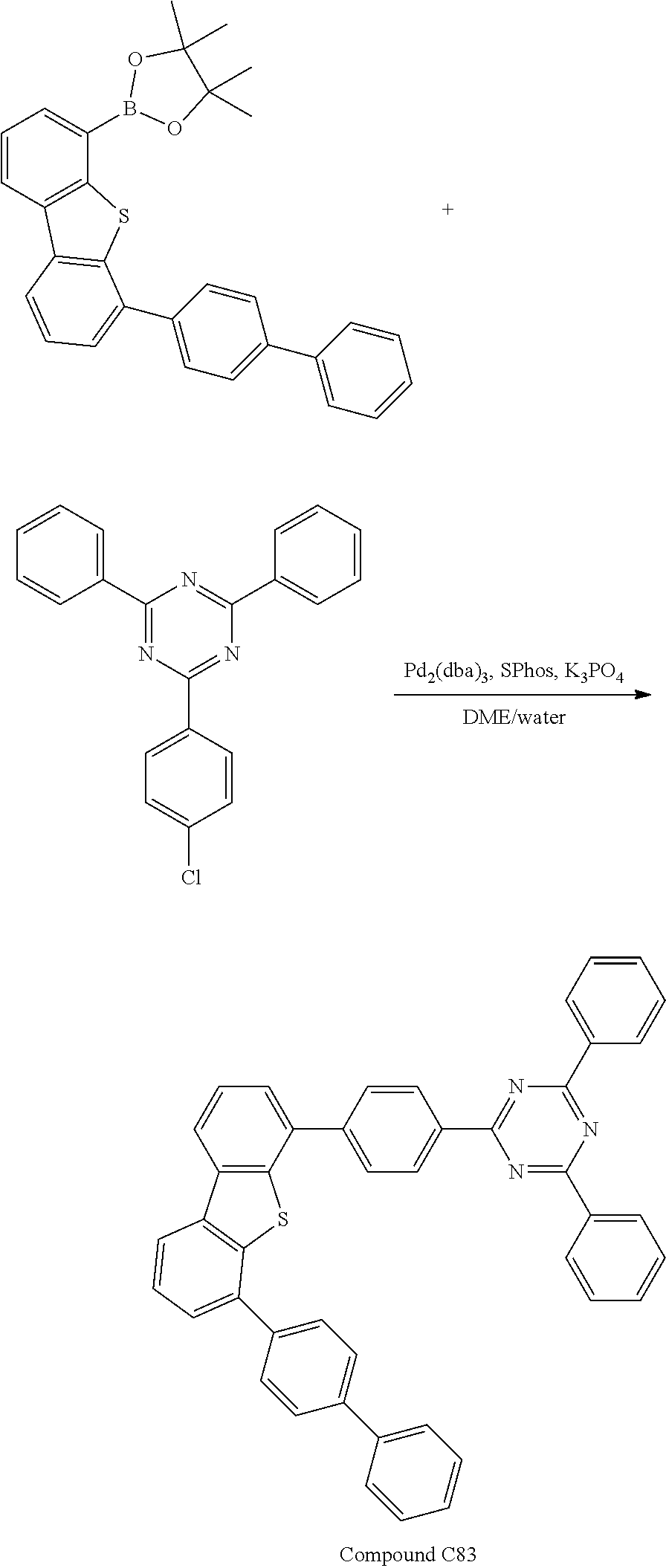
C00315

C00316
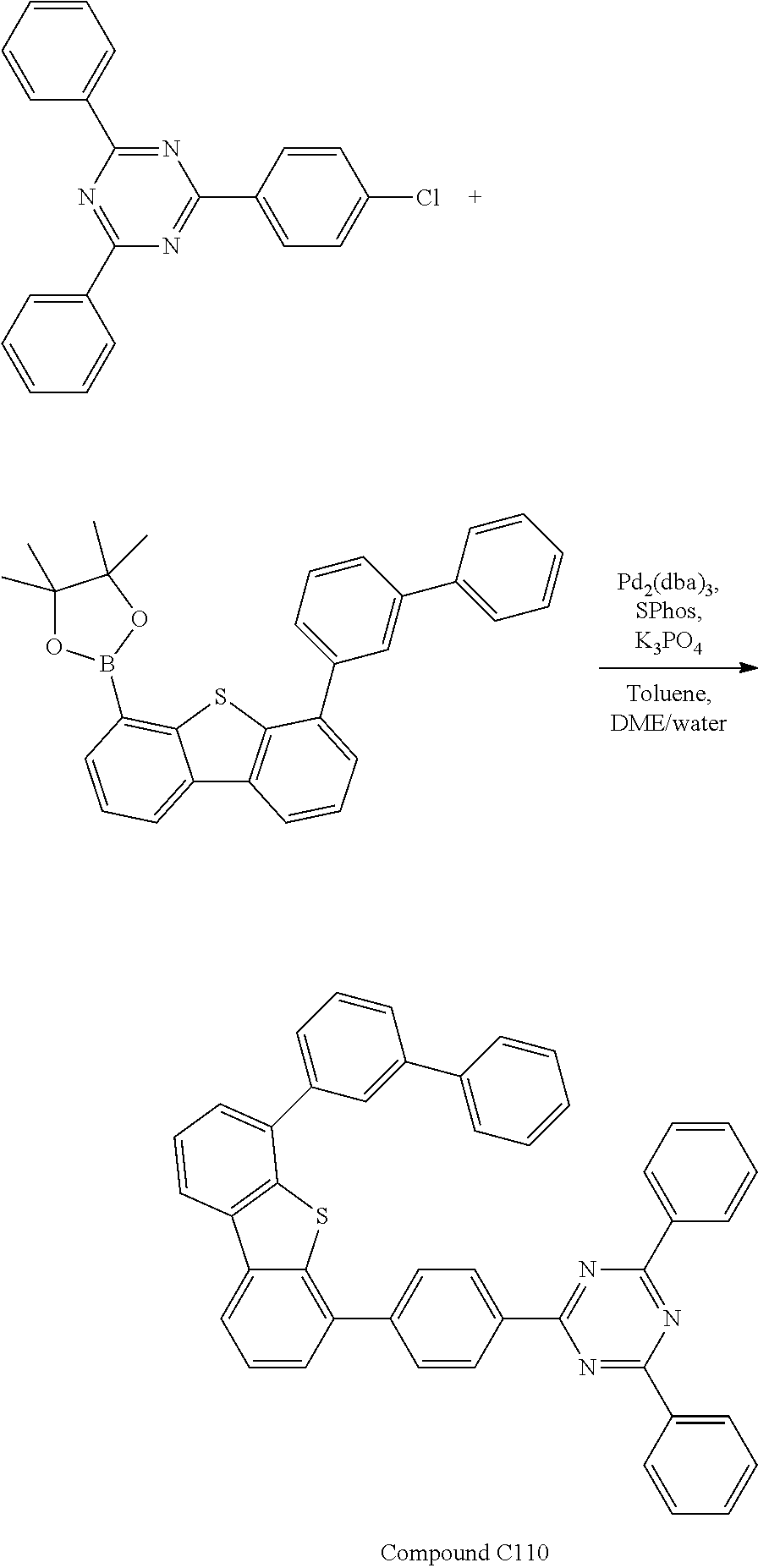
C00317

C00318

C00319

C00320

C00321
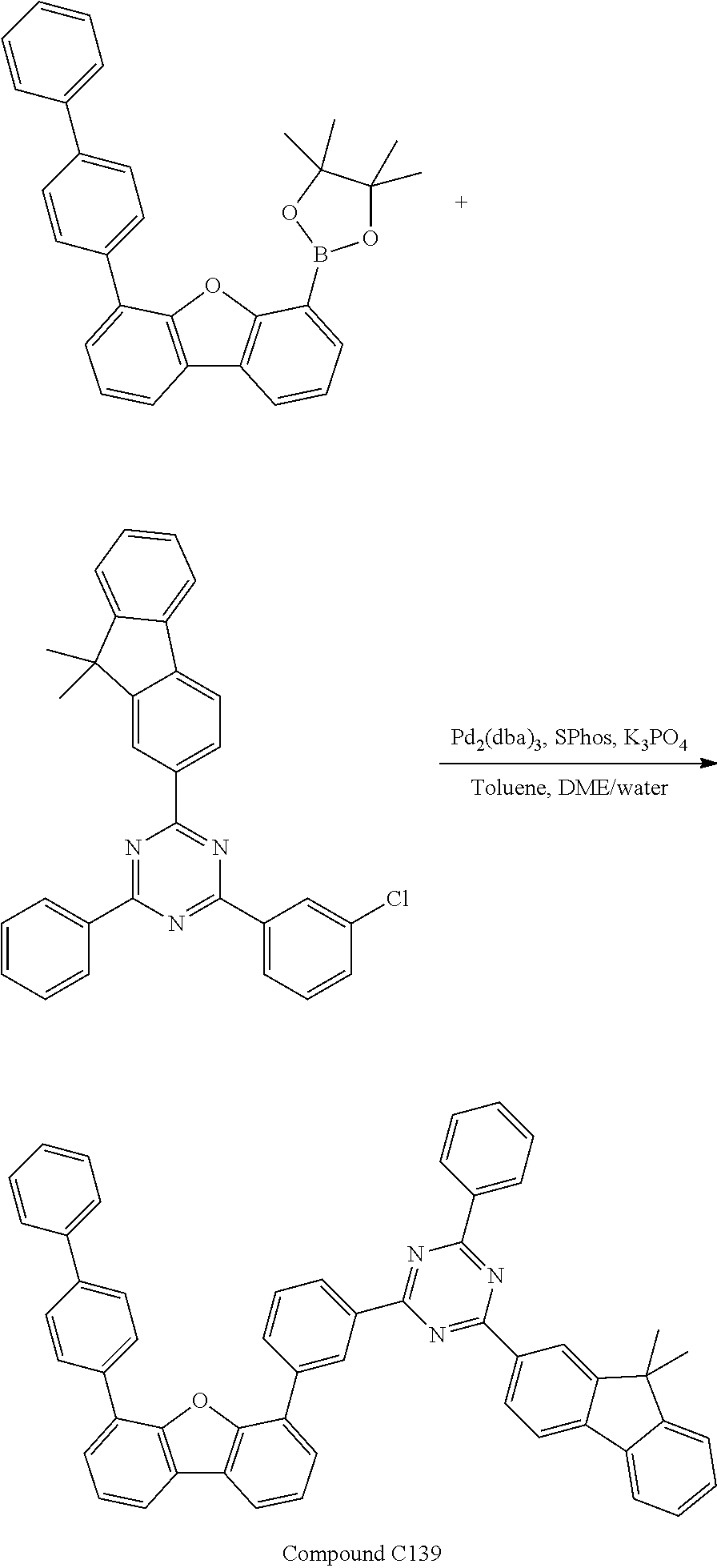
C00322

C00323

C00324

C00325

C00326

C00327

C00328
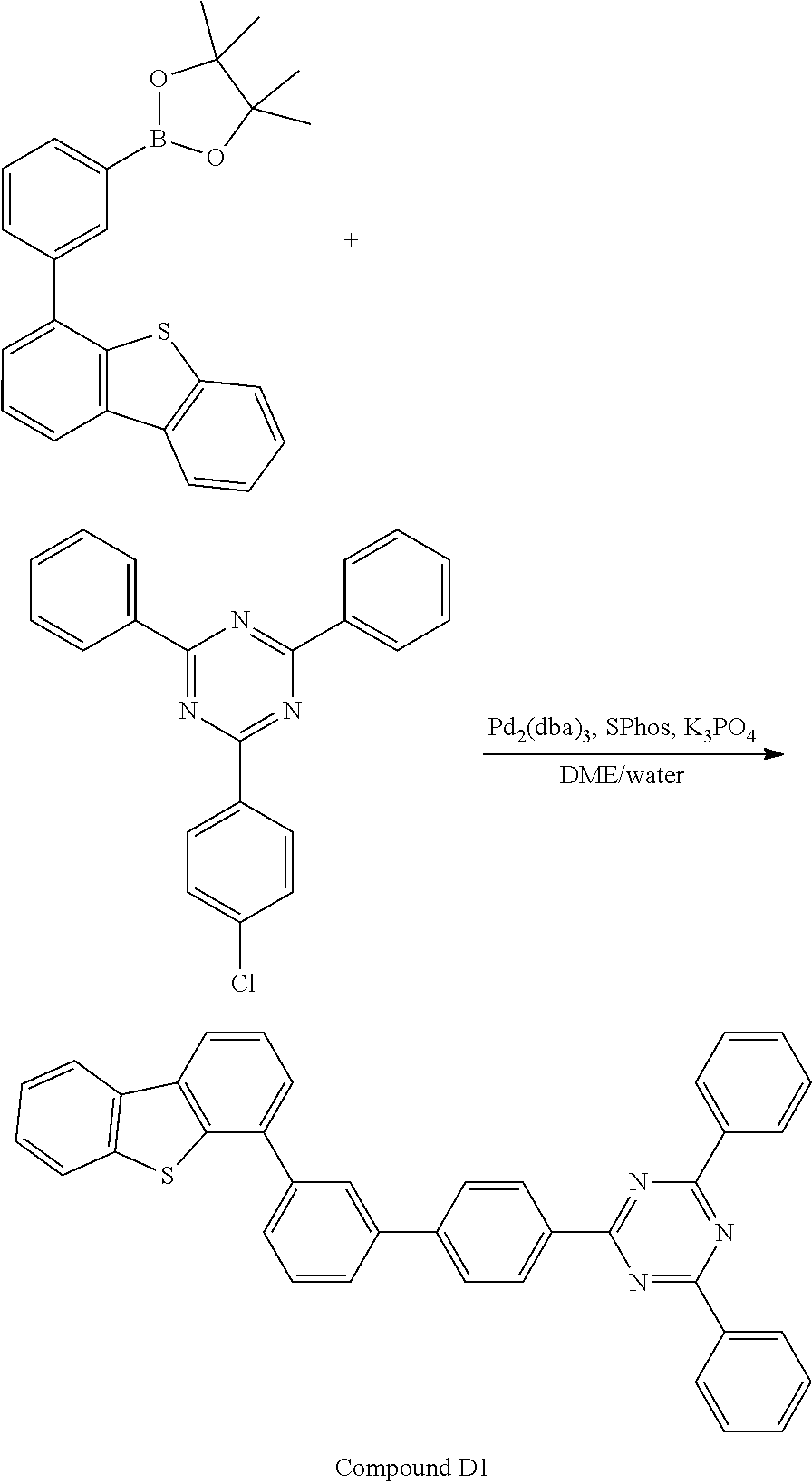
C00329

C00330
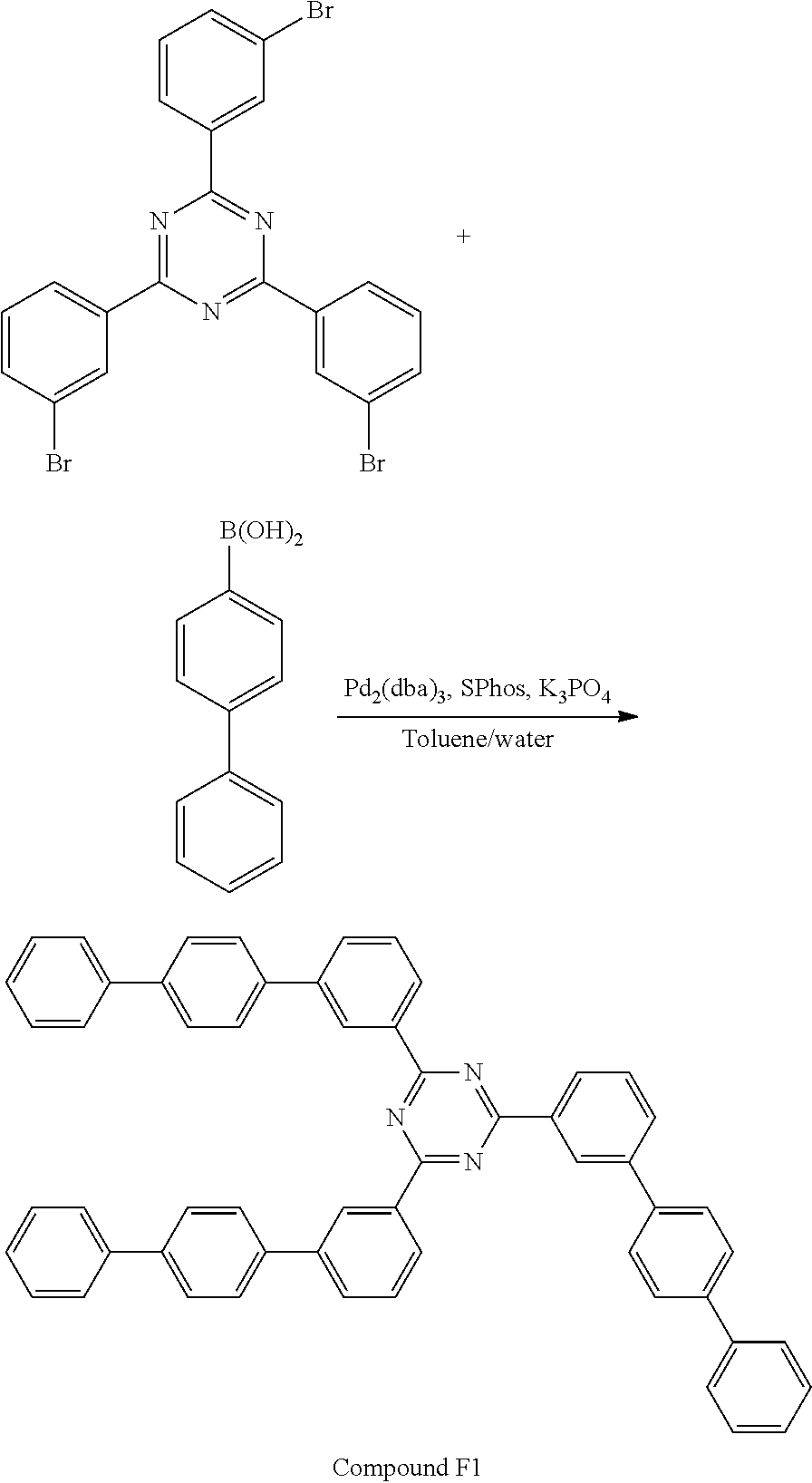
C00331

C00332

C00333

C00334
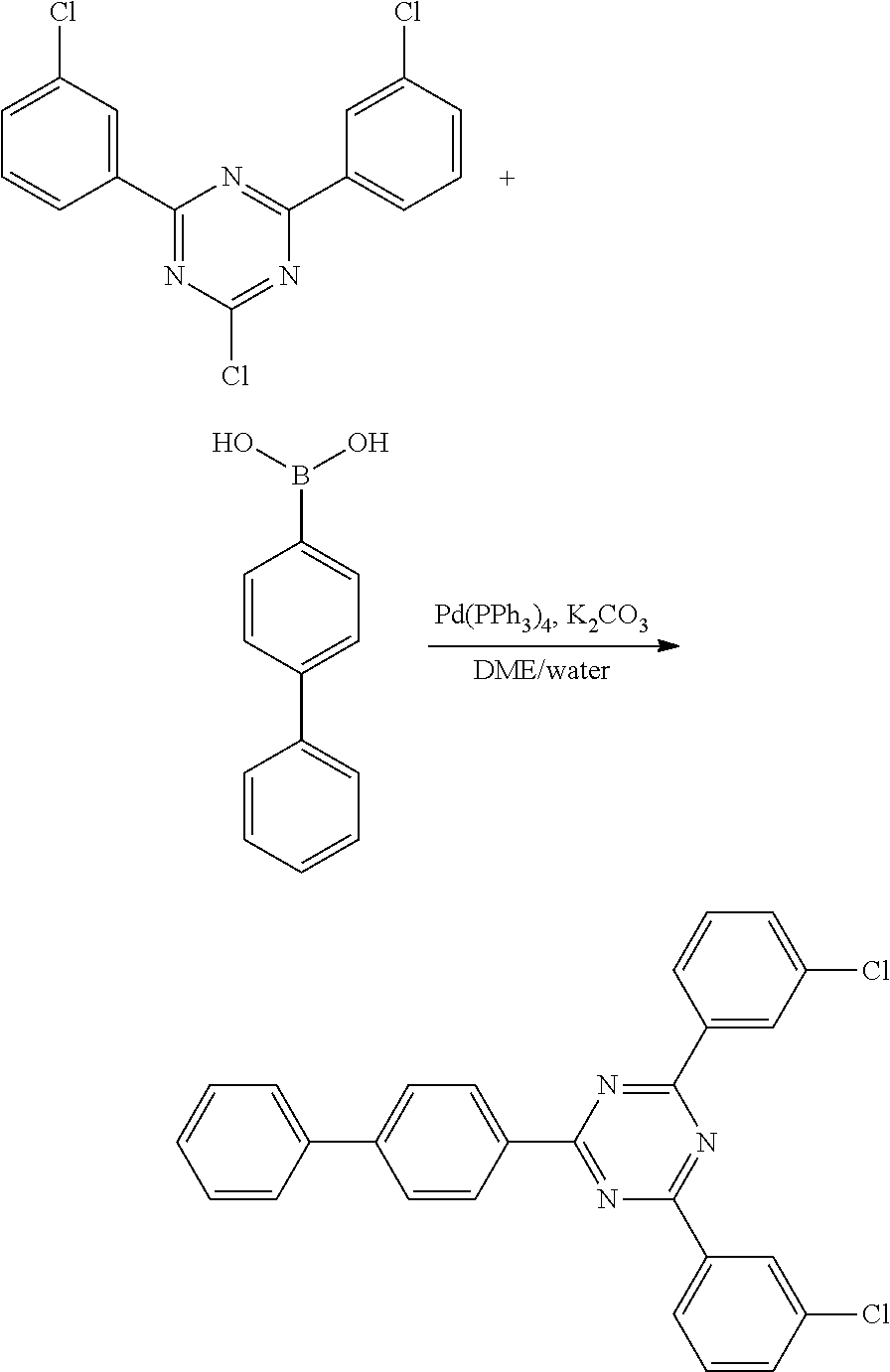
C00335

C00336

C00337

C00338
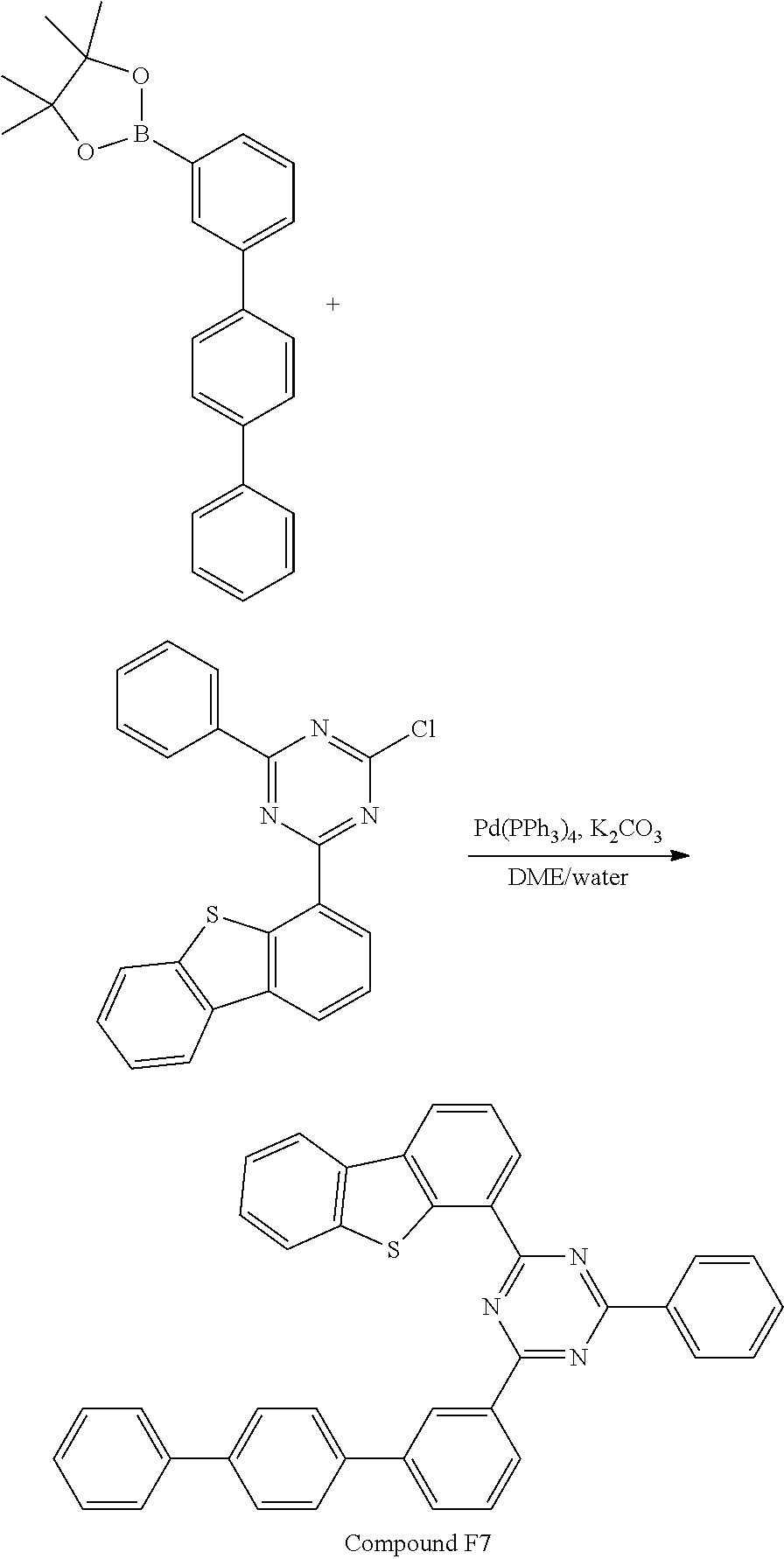
C00339

C00340

C00341
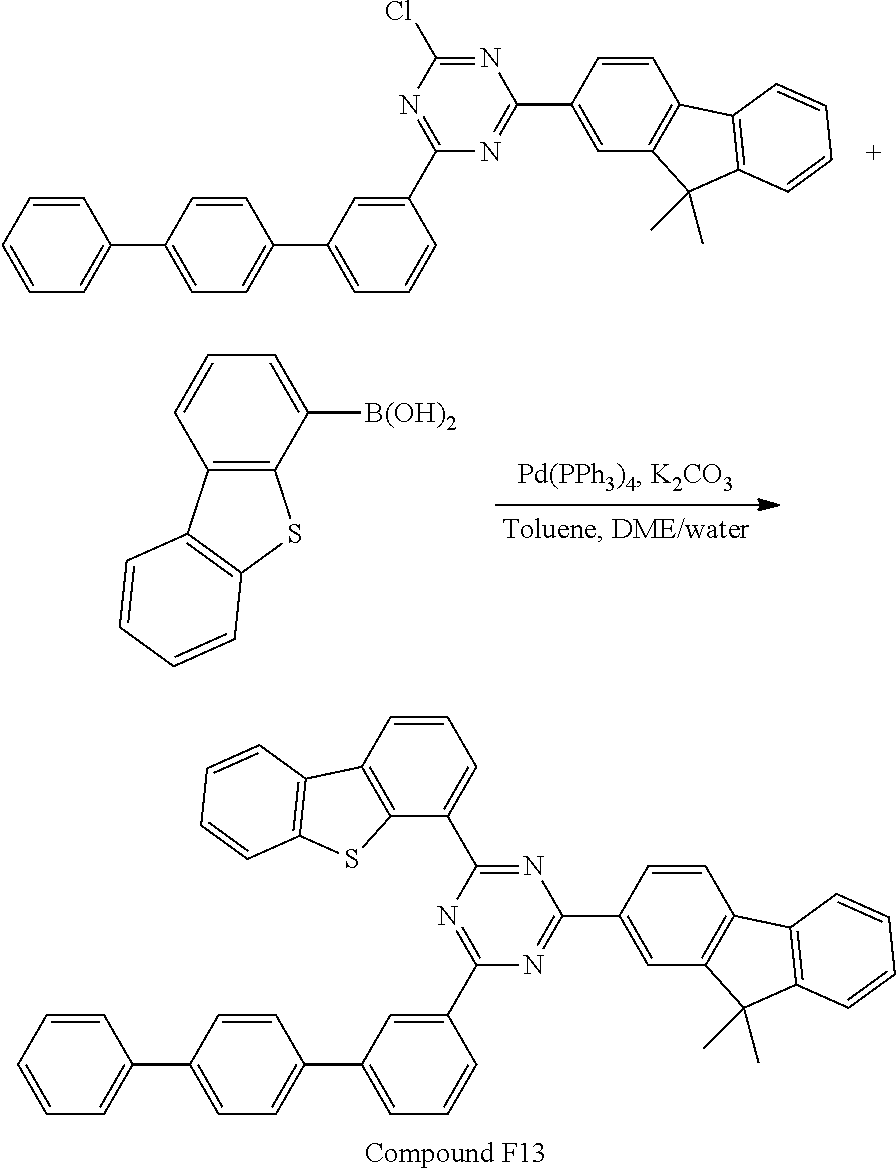
C00342

C00343
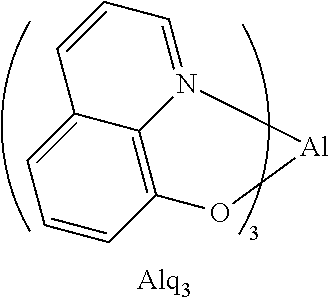
C00344
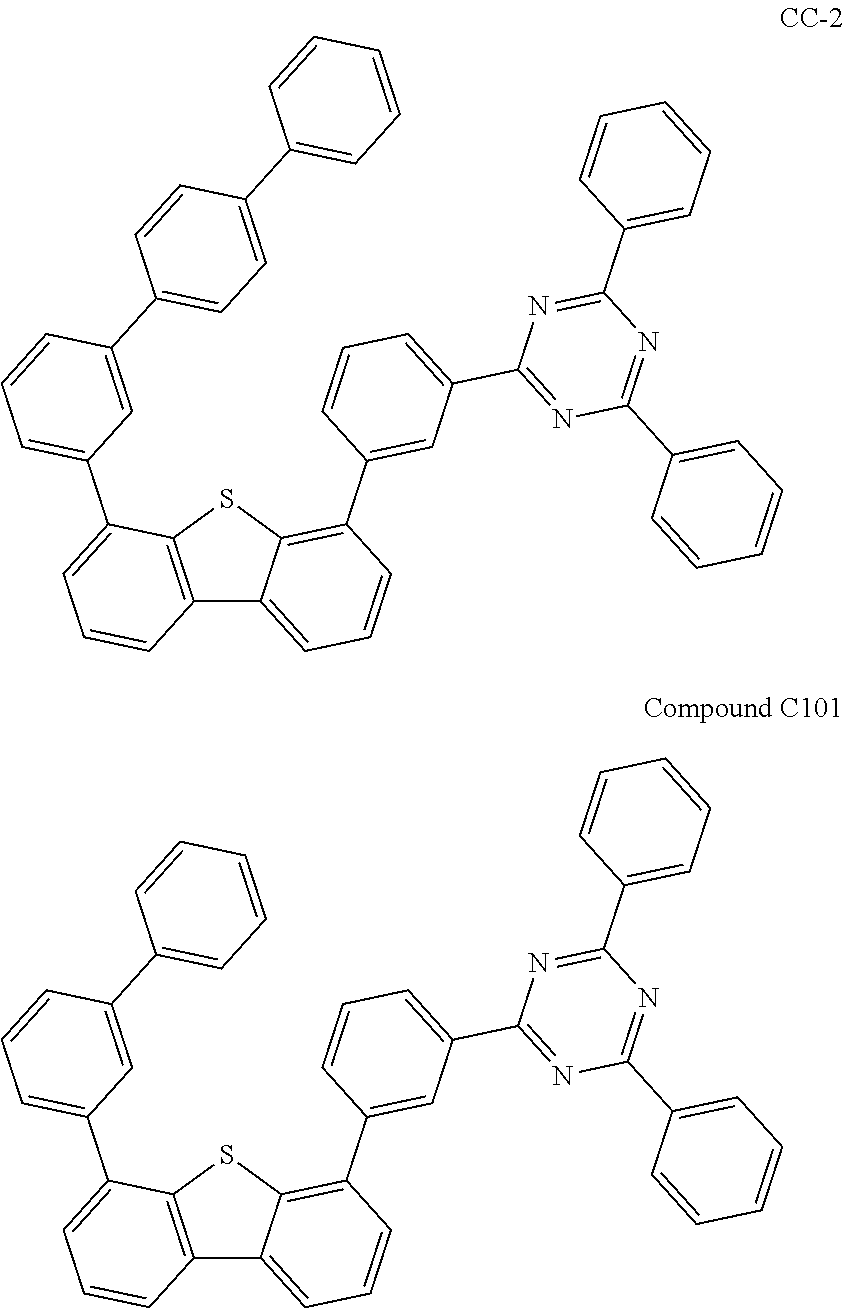
C00345

C00346

C00347

C00348
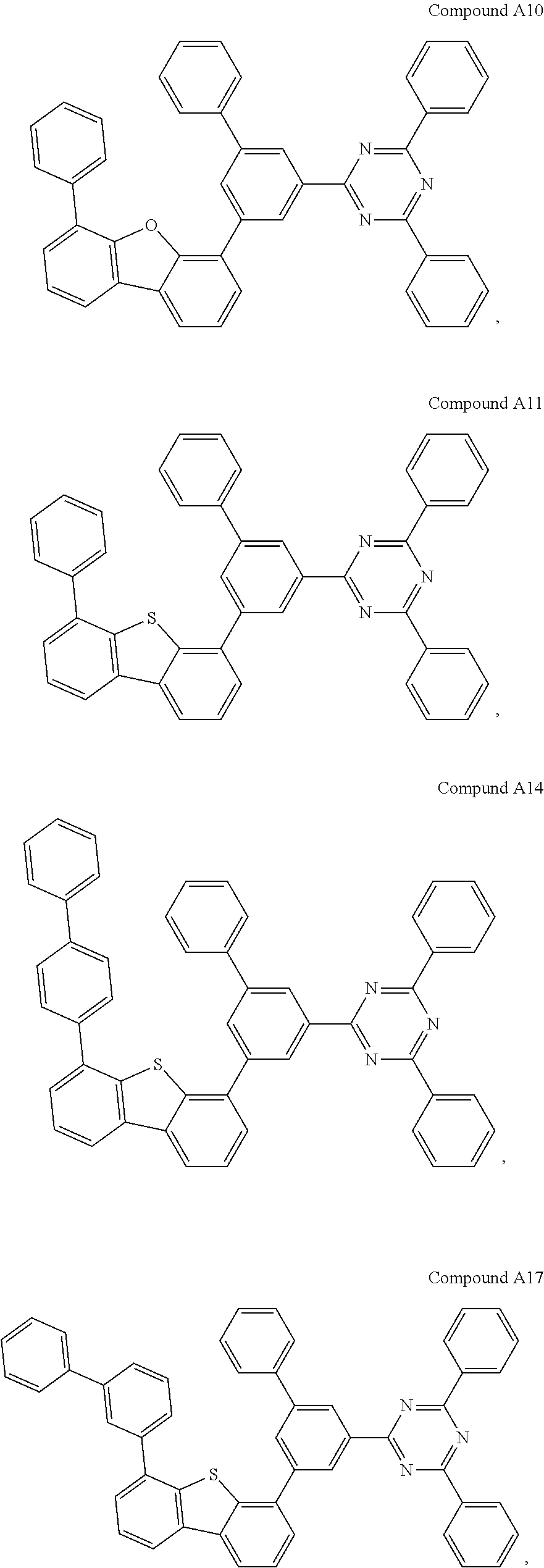
C00349

C00350

C00351

C00352

C00353

C00354
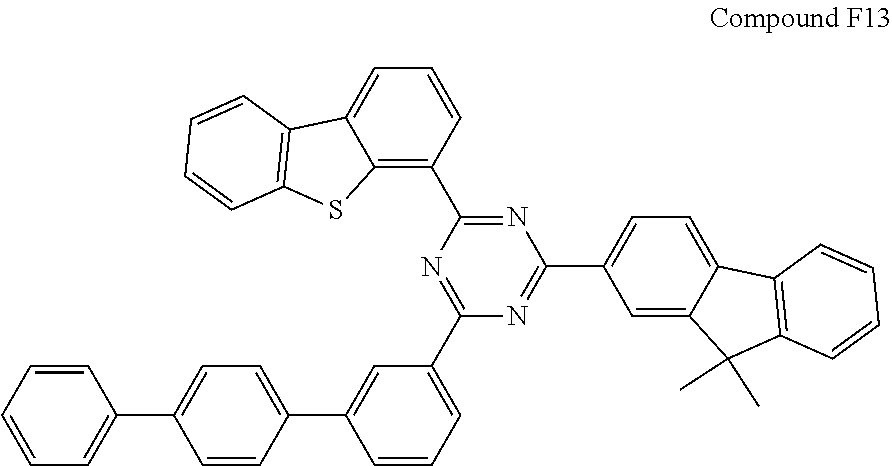
C00355

C00356

C00357

C00358
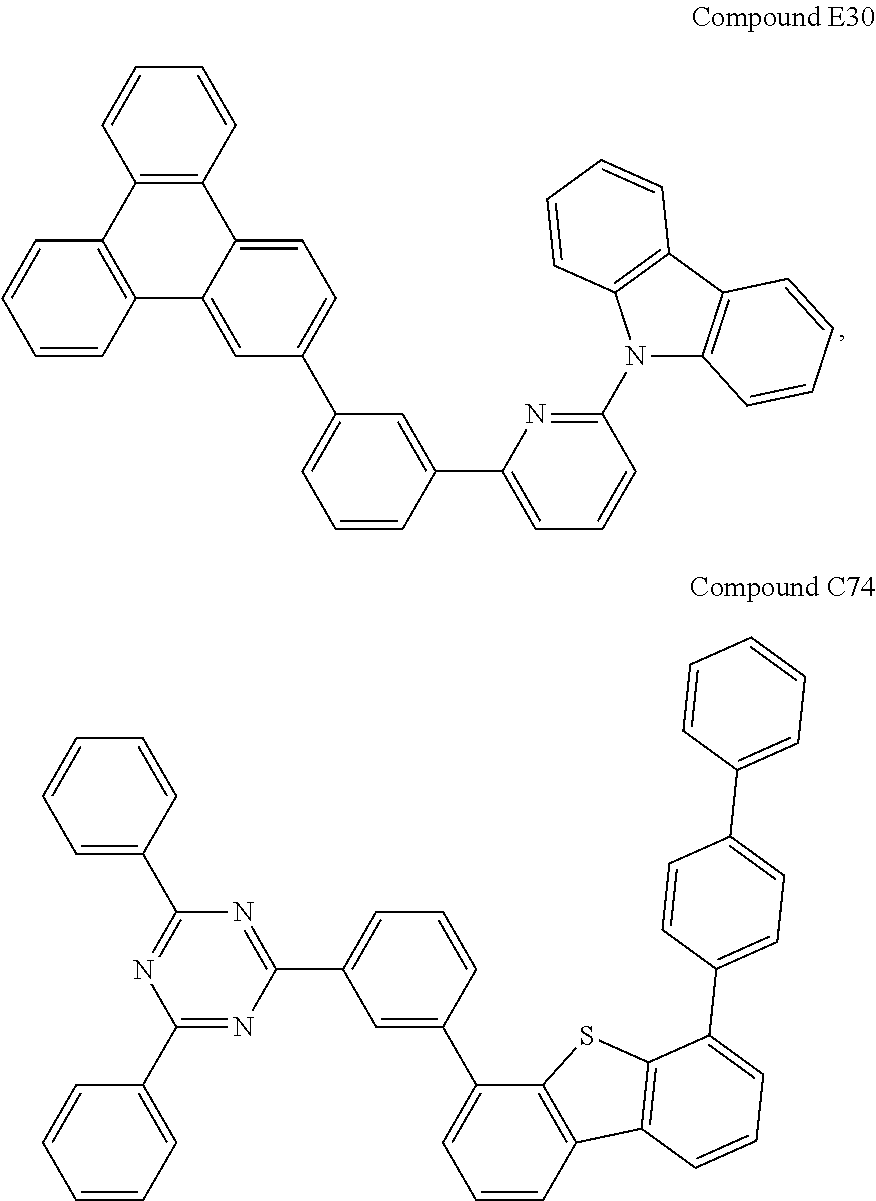
C00359

C00360

C00361

C00362

C00363

C00364

C00365

C00366

C00367
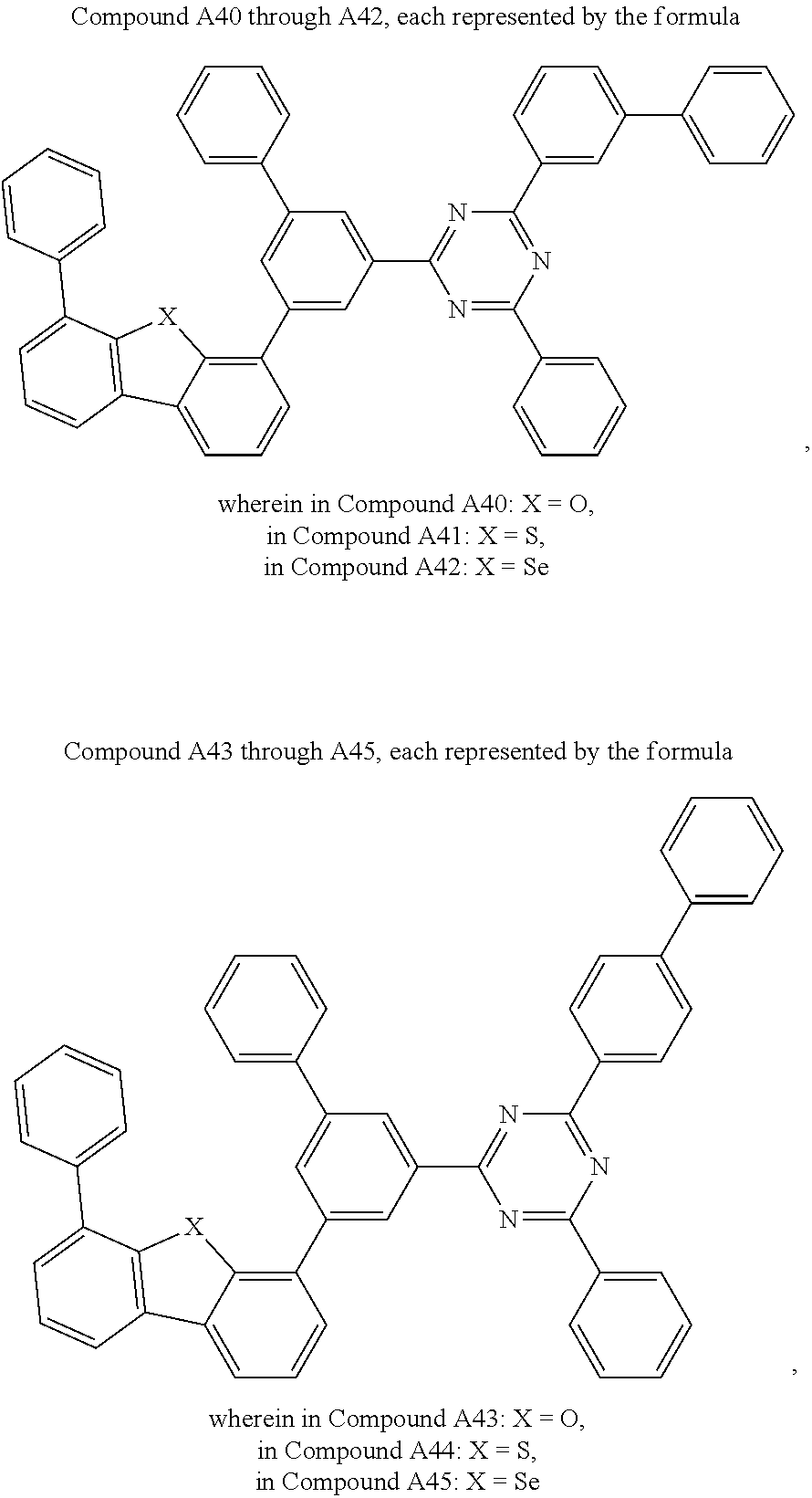
C00368

C00369
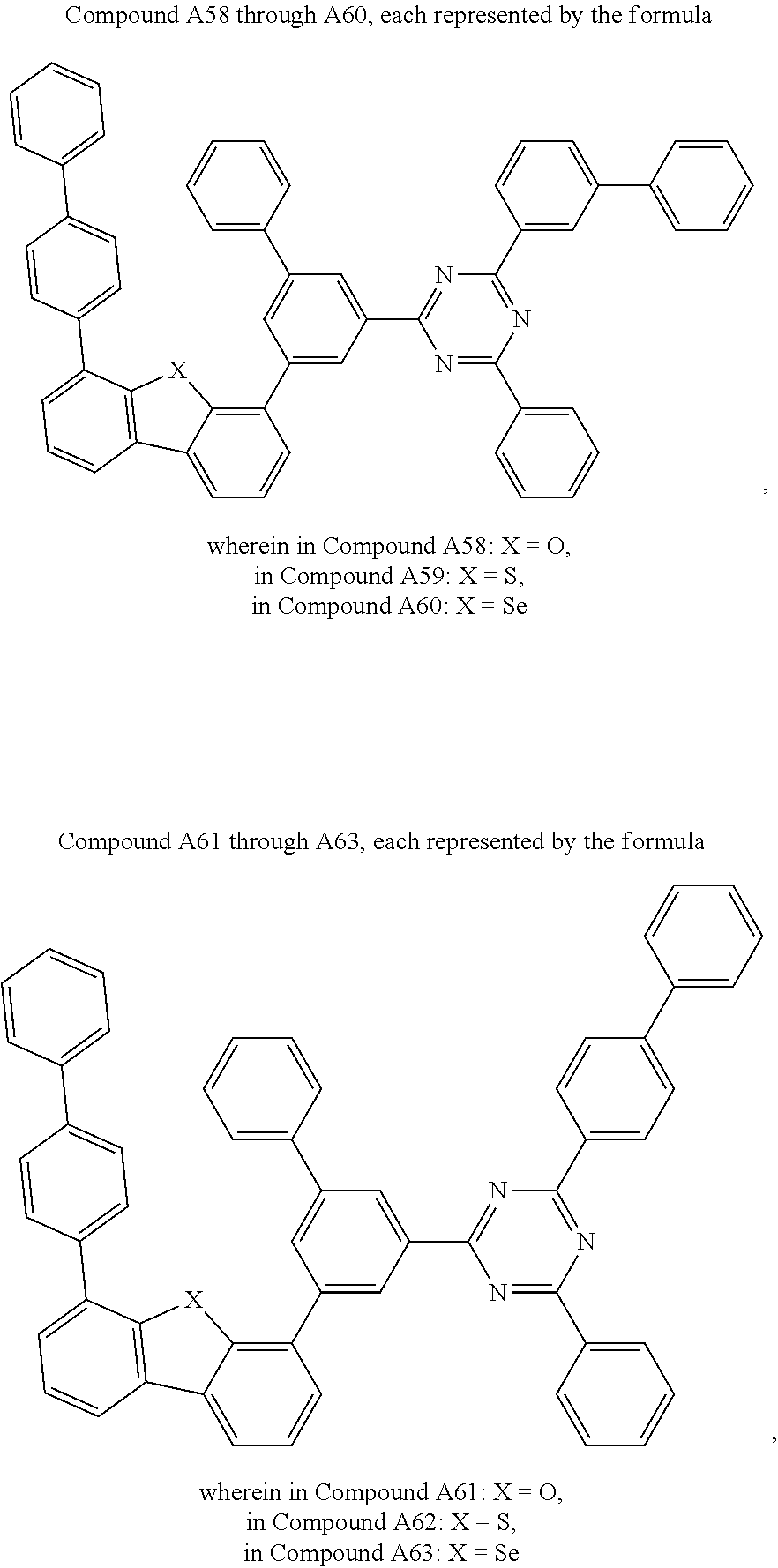
C00370

C00371

C00372

C00373

C00374

C00375

C00376

C00377

C00378

C00379

C00380

C00381

C00382

C00383

D00000
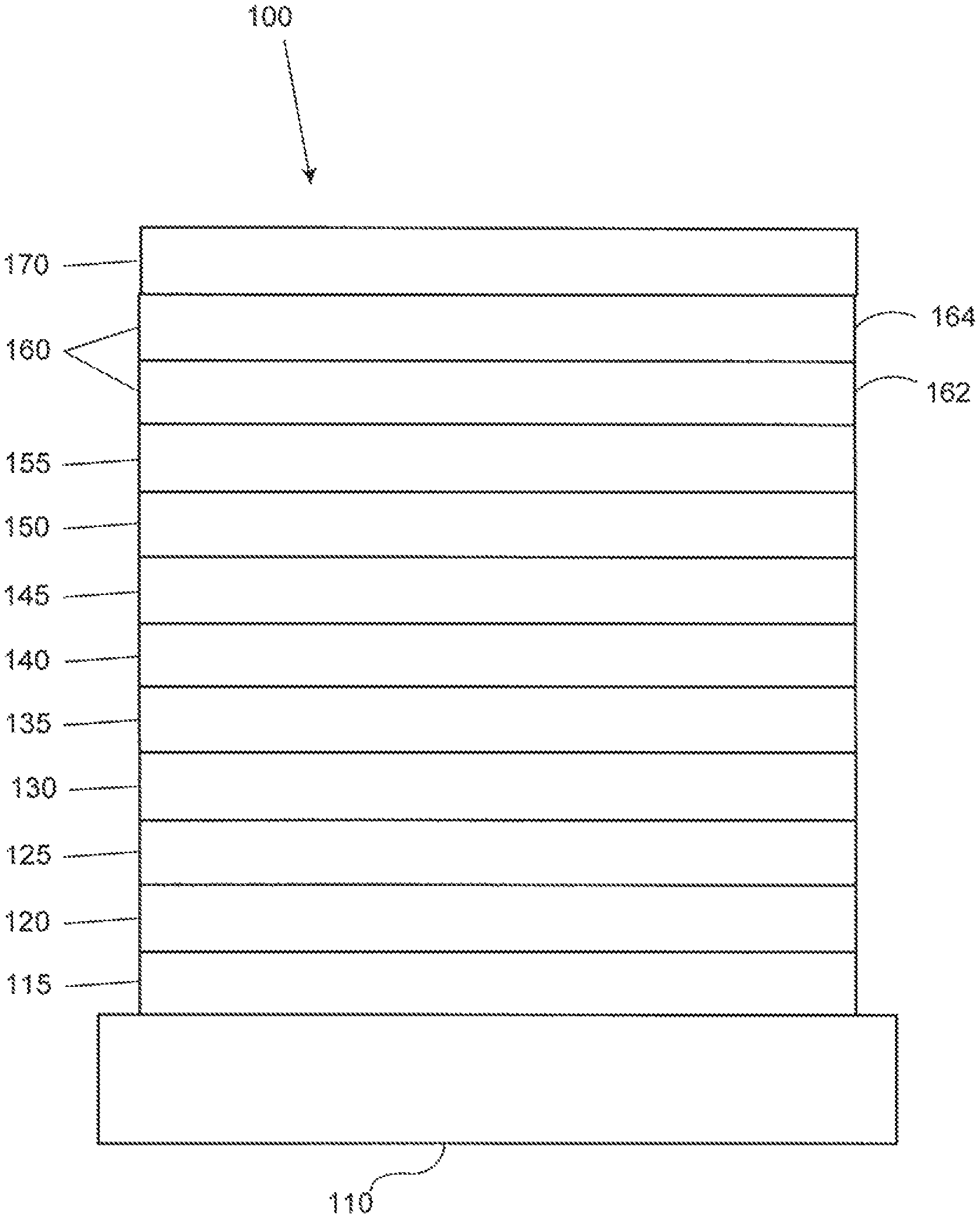
D00001

D00002

D00003
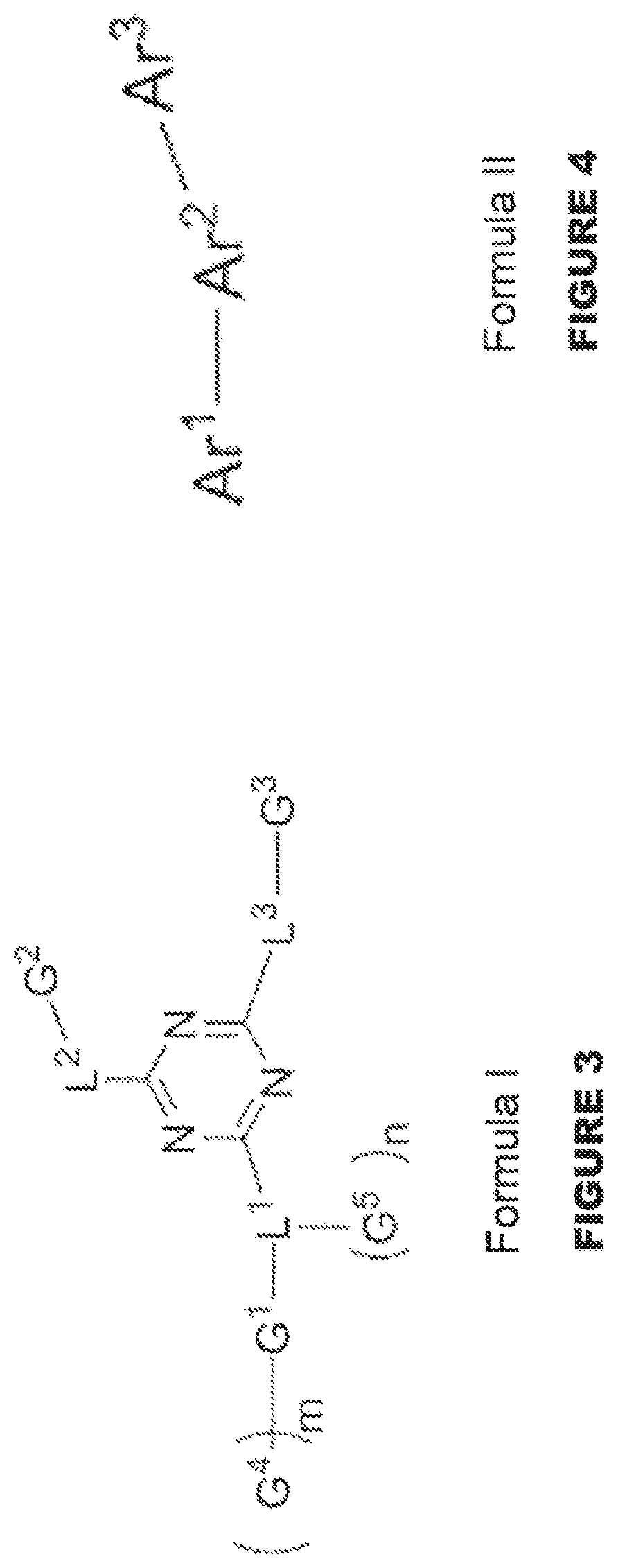
D00004

XML
uspto.report is an independent third-party trademark research tool that is not affiliated, endorsed, or sponsored by the United States Patent and Trademark Office (USPTO) or any other governmental organization. The information provided by uspto.report is based on publicly available data at the time of writing and is intended for informational purposes only.
While we strive to provide accurate and up-to-date information, we do not guarantee the accuracy, completeness, reliability, or suitability of the information displayed on this site. The use of this site is at your own risk. Any reliance you place on such information is therefore strictly at your own risk.
All official trademark data, including owner information, should be verified by visiting the official USPTO website at www.uspto.gov. This site is not intended to replace professional legal advice and should not be used as a substitute for consulting with a legal professional who is knowledgeable about trademark law.